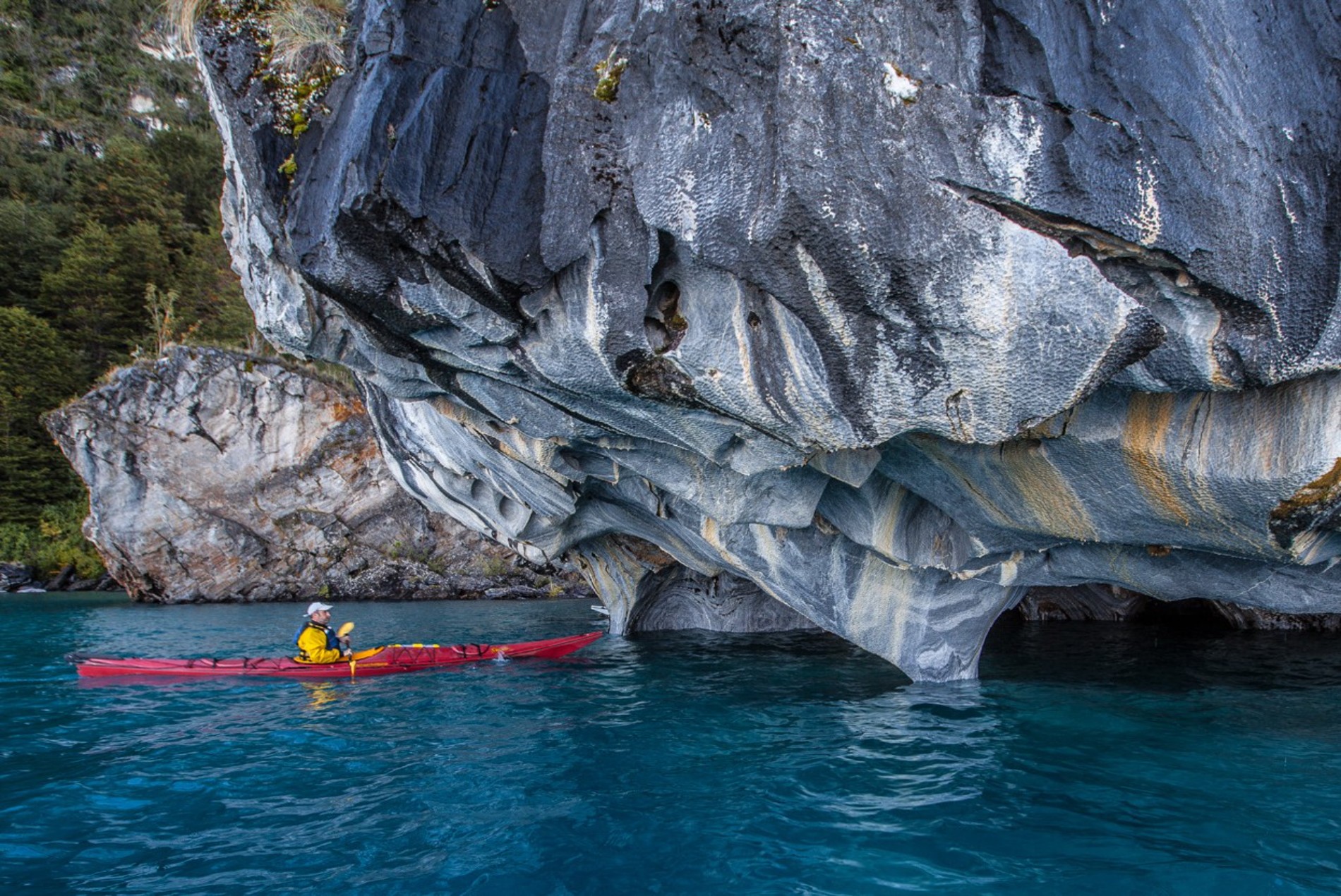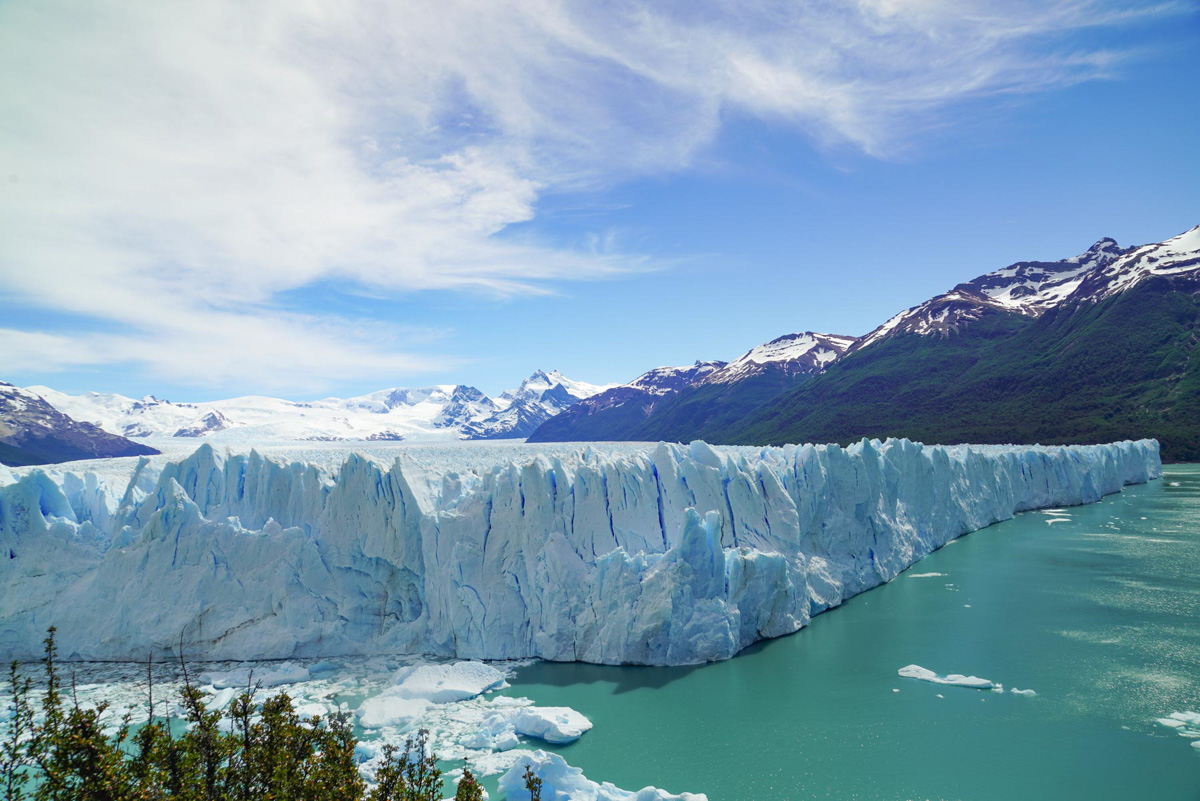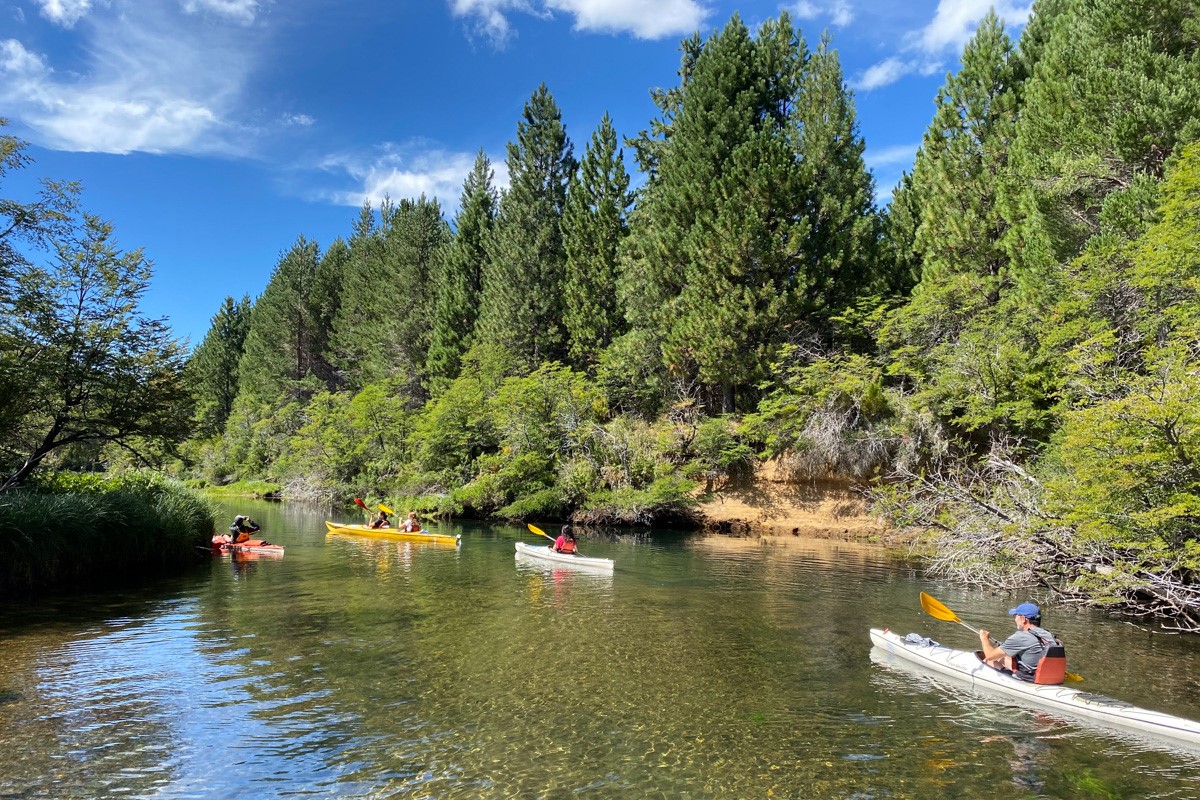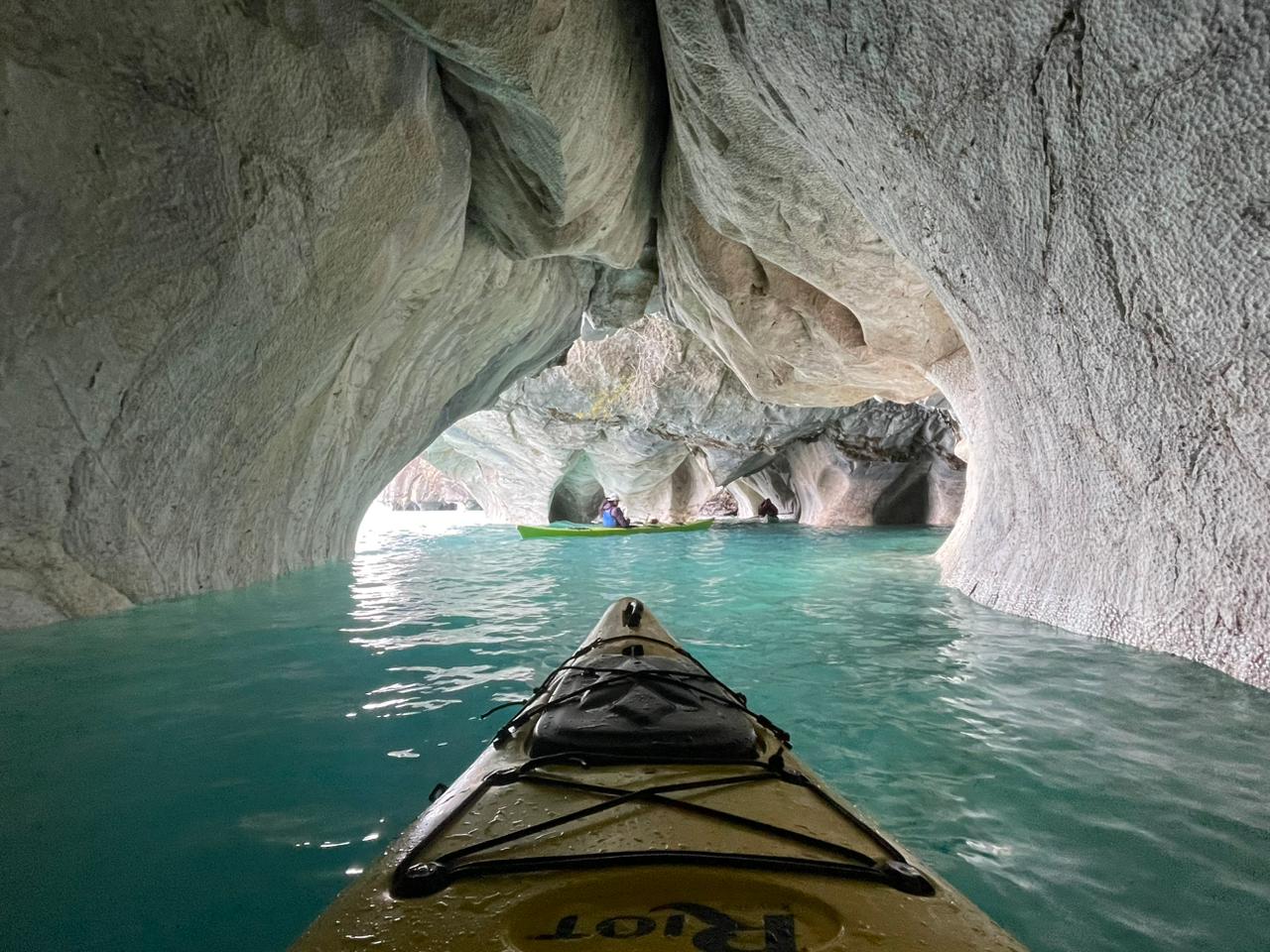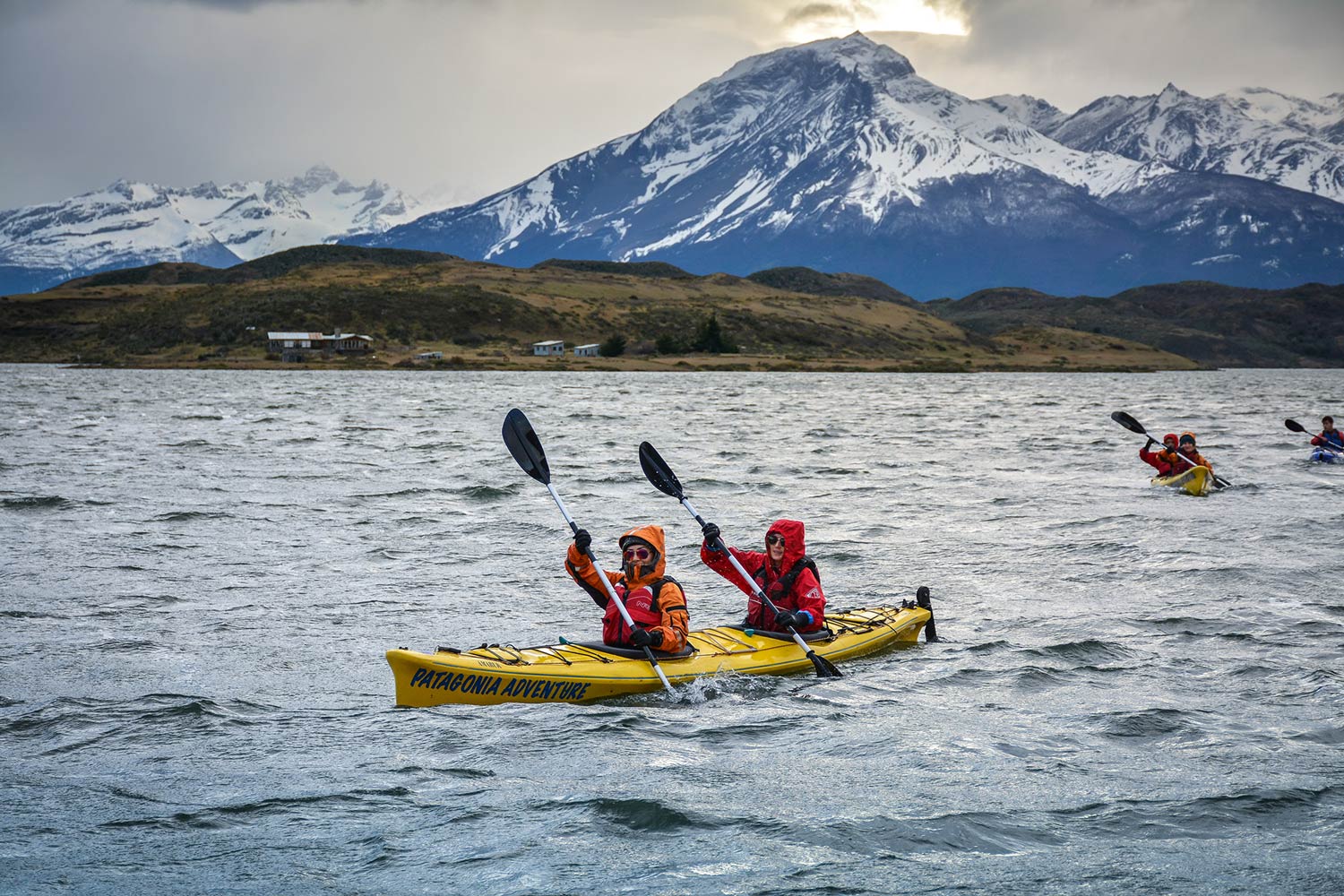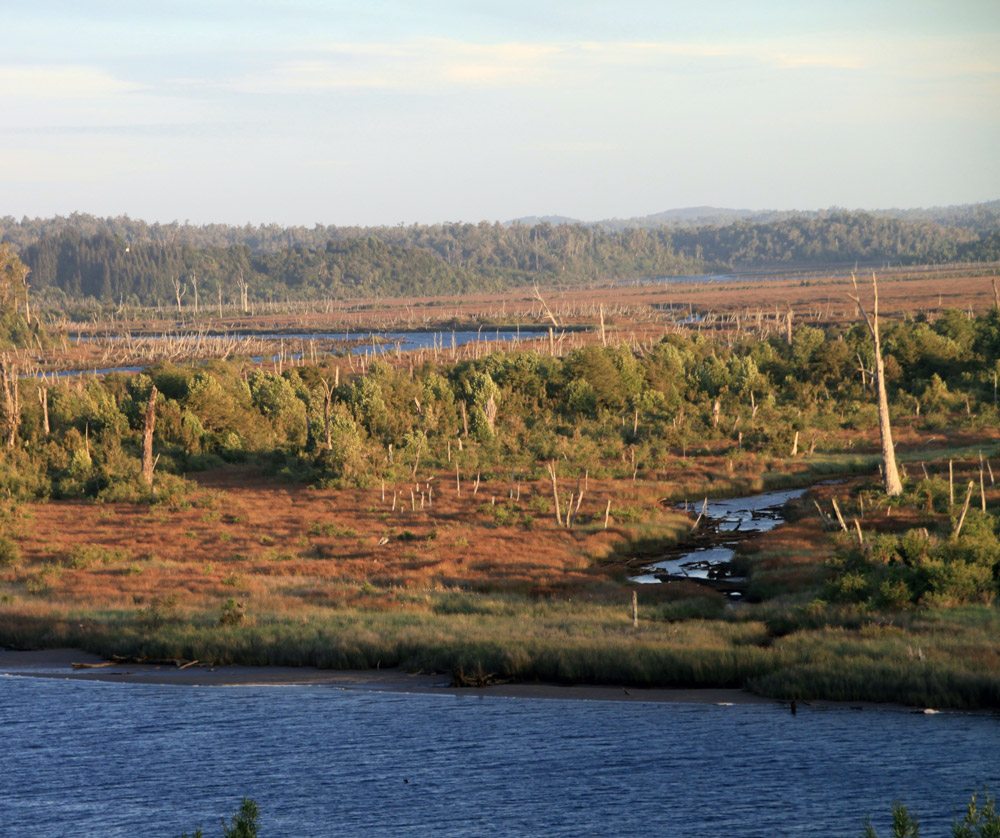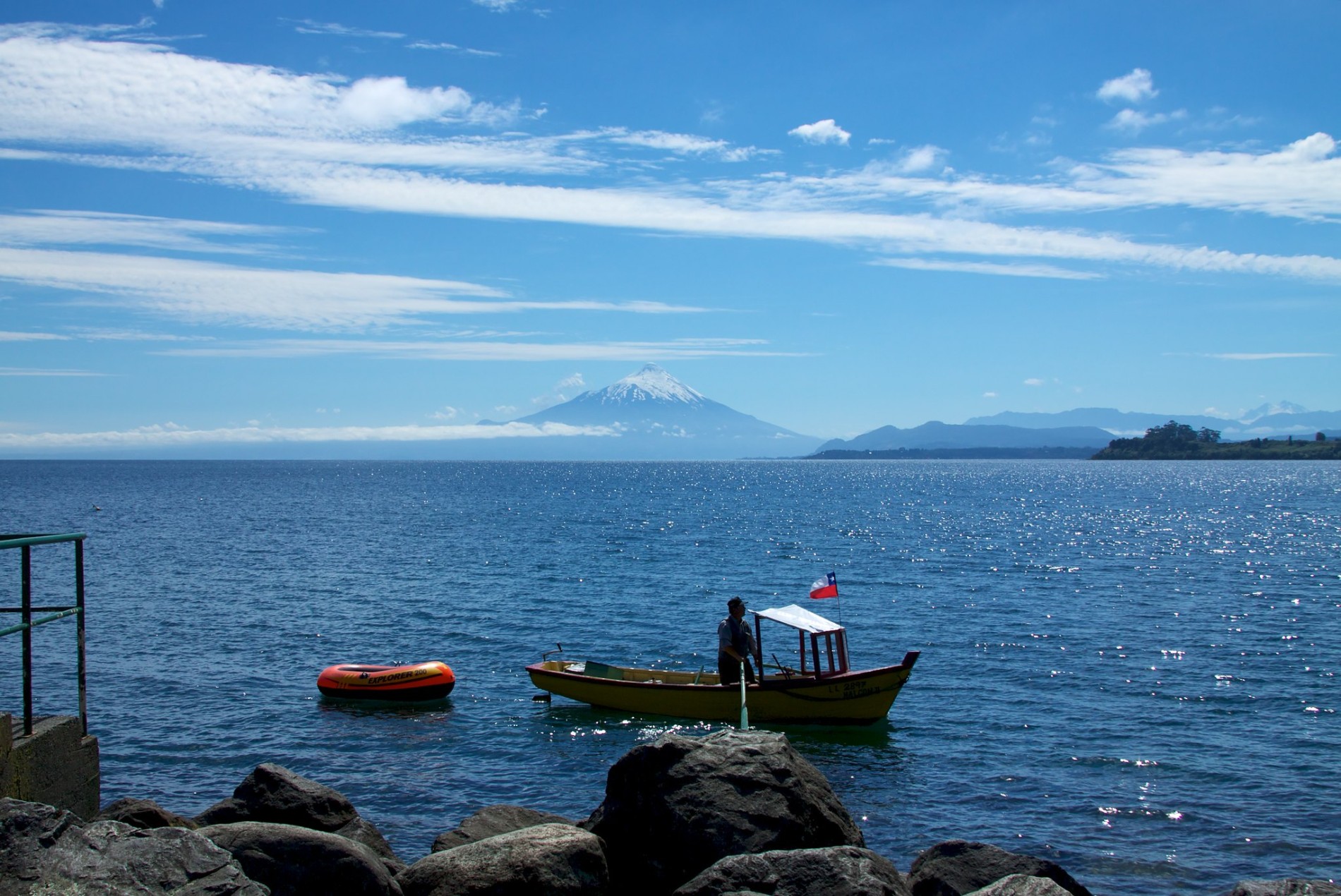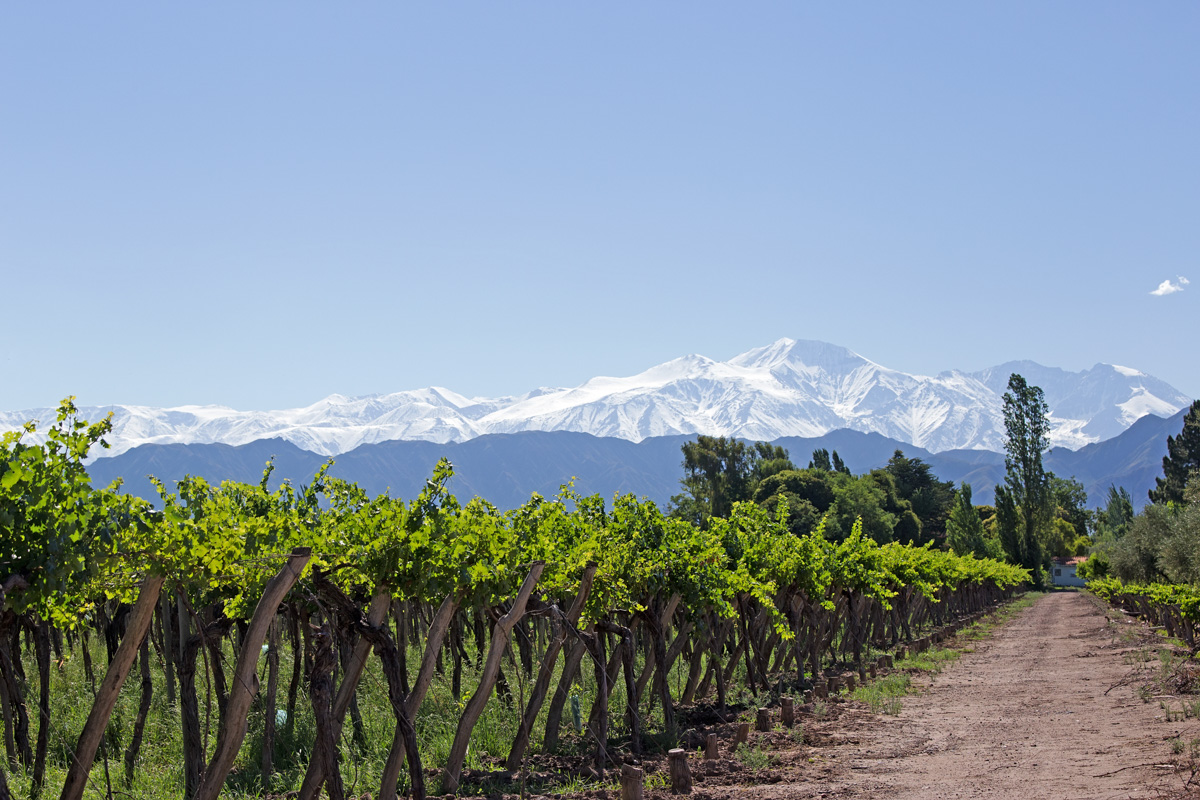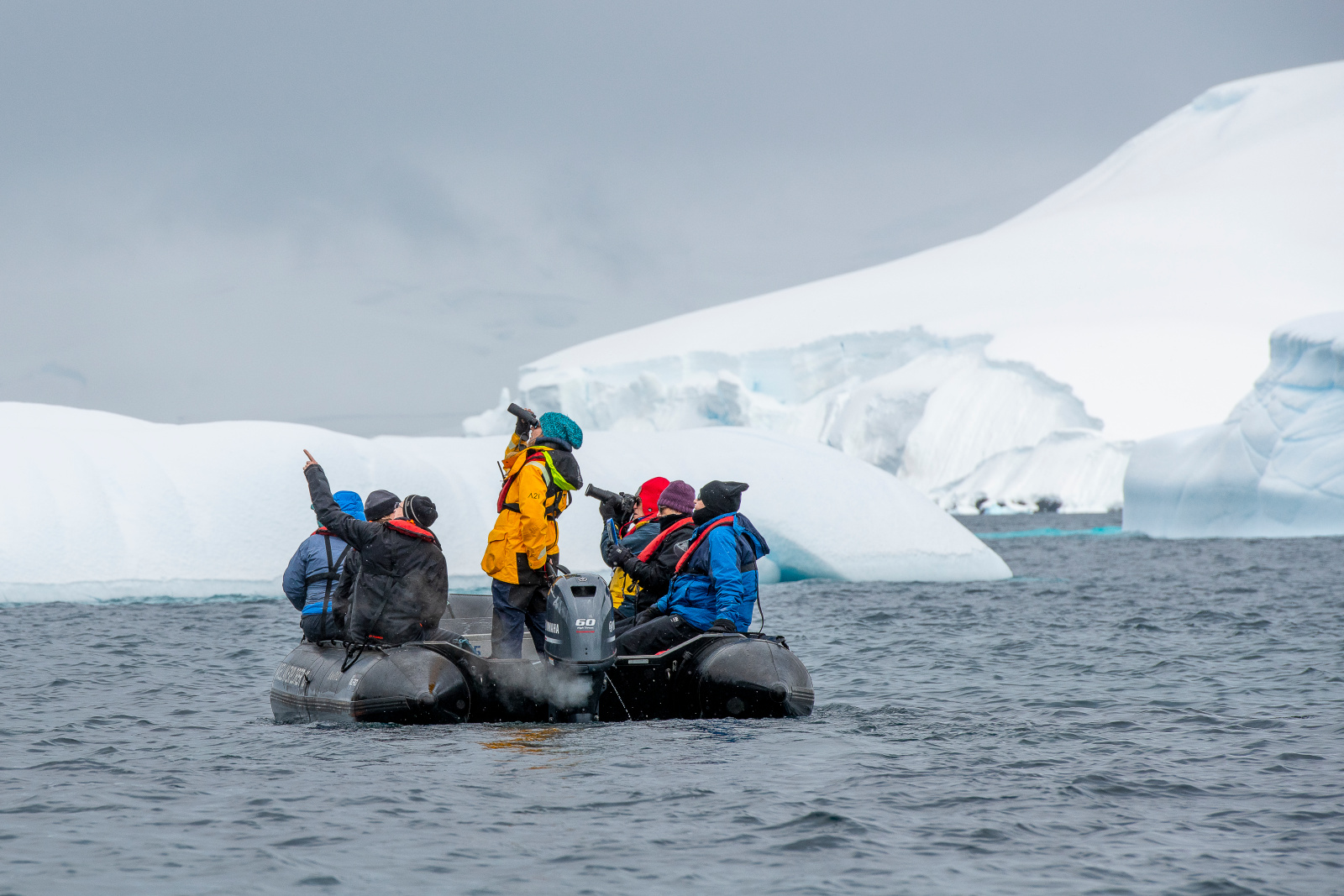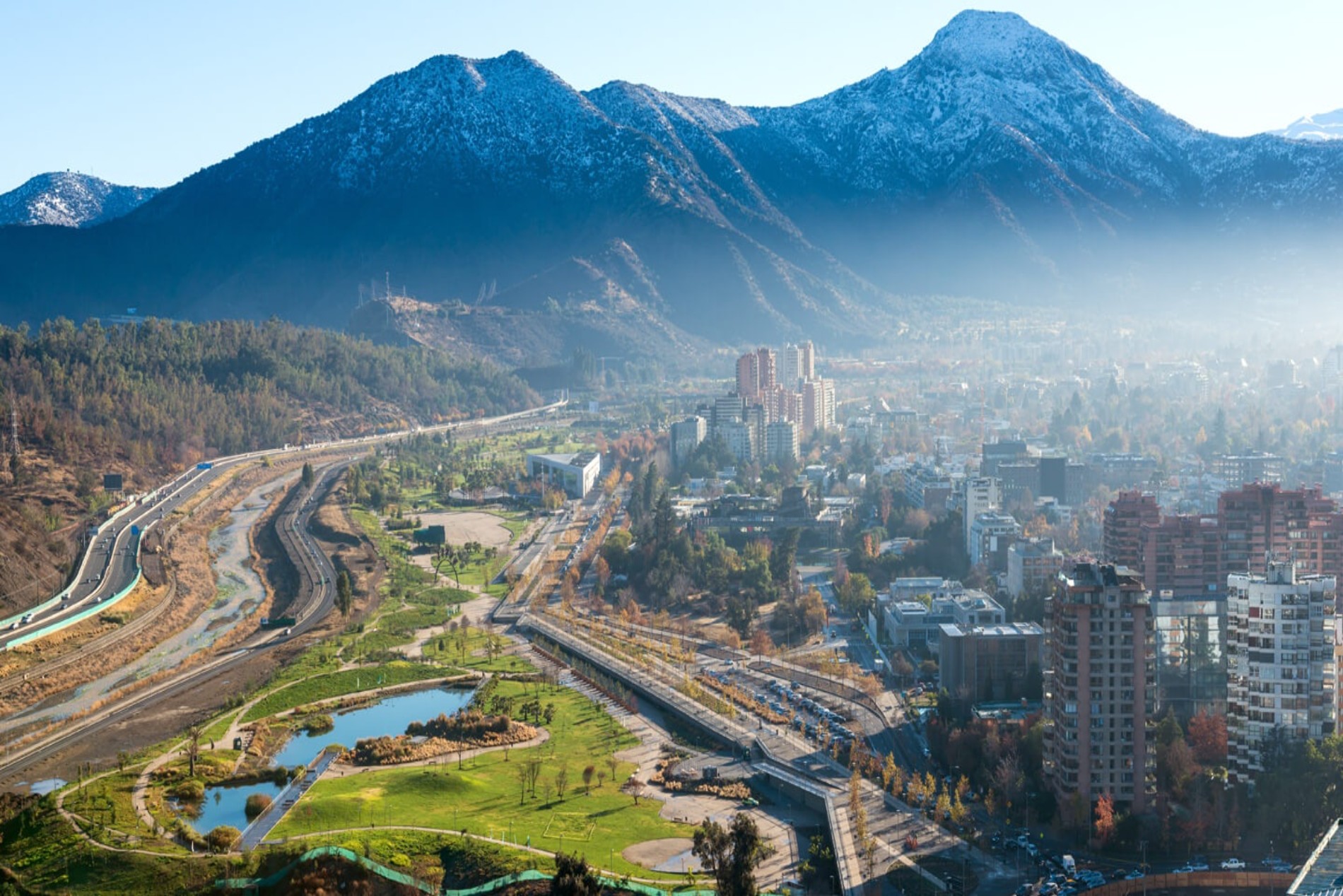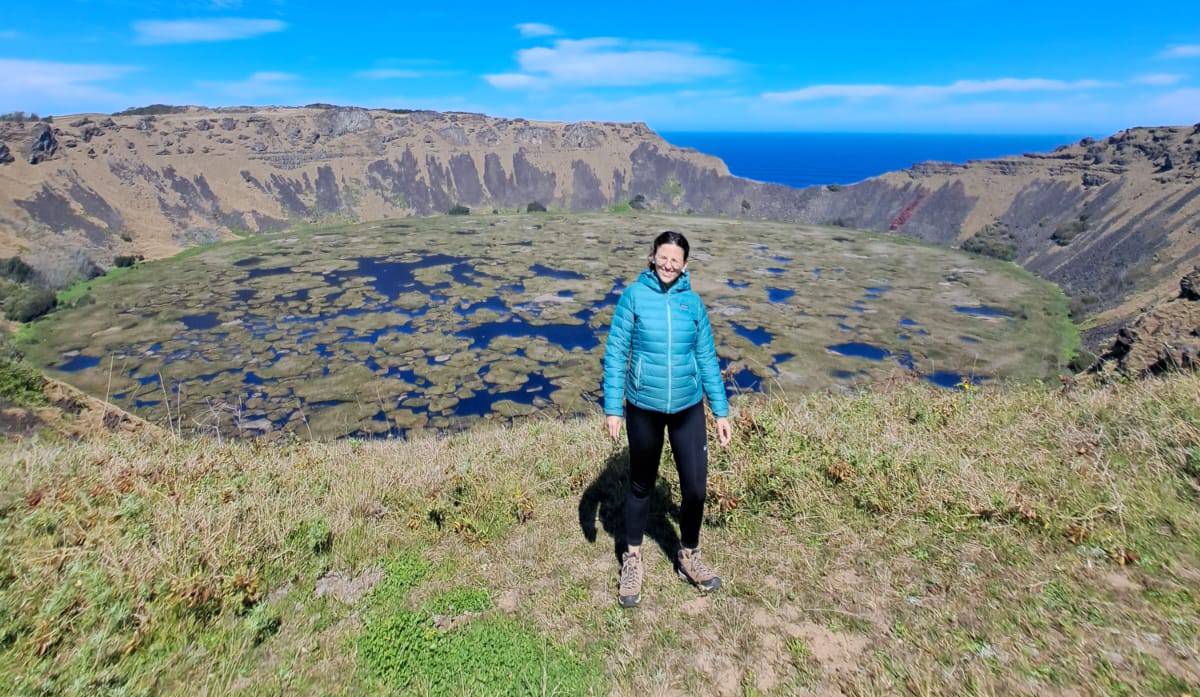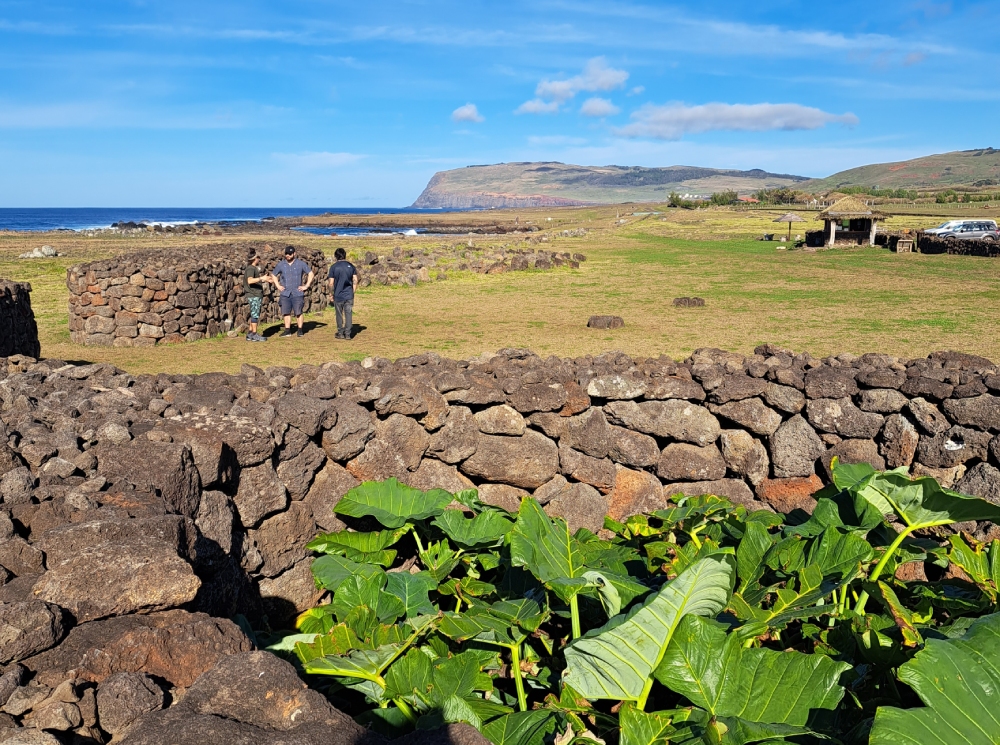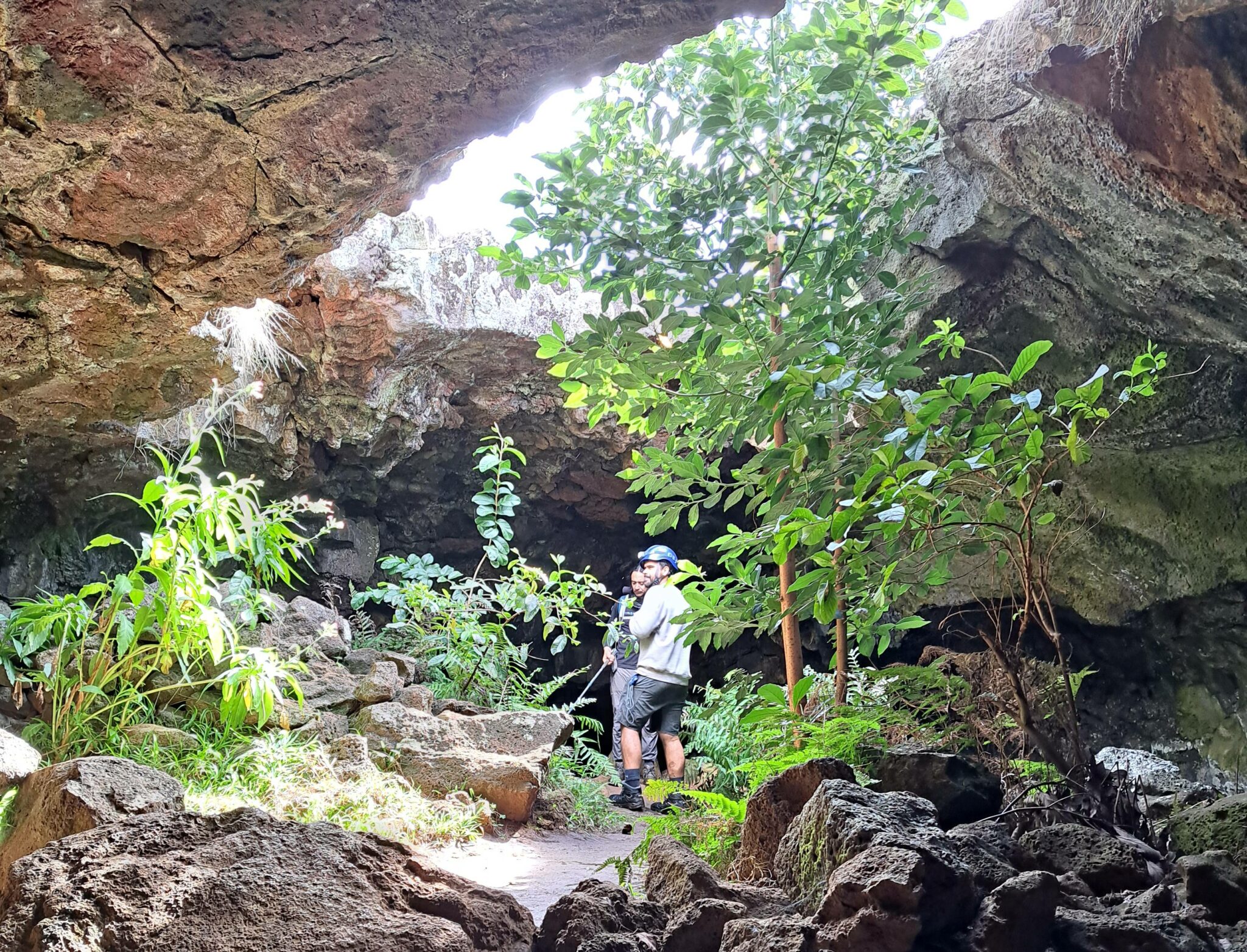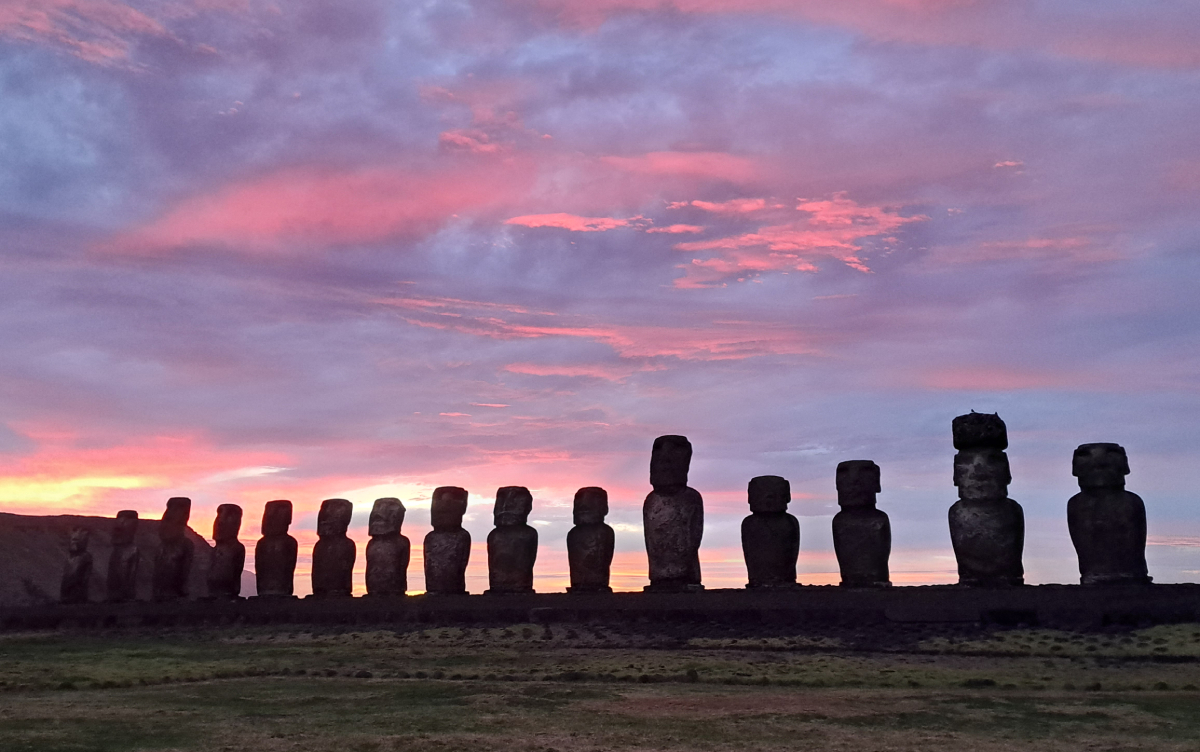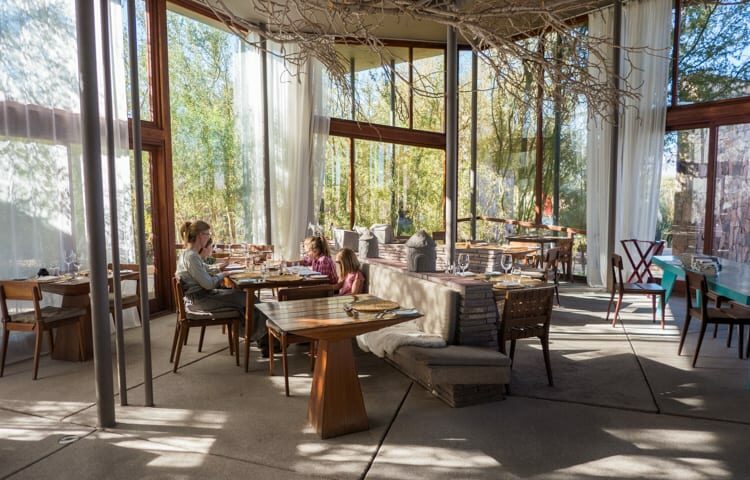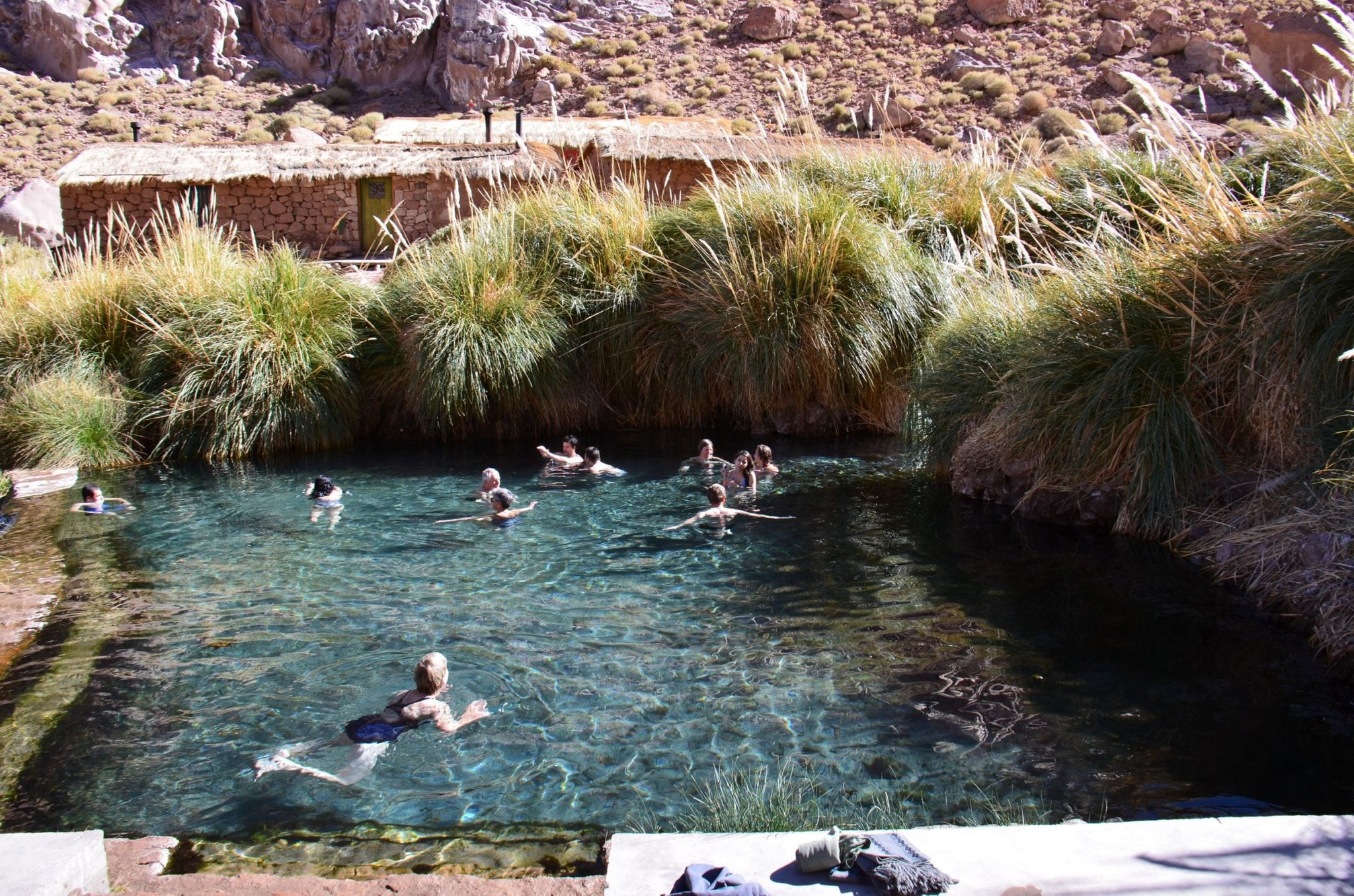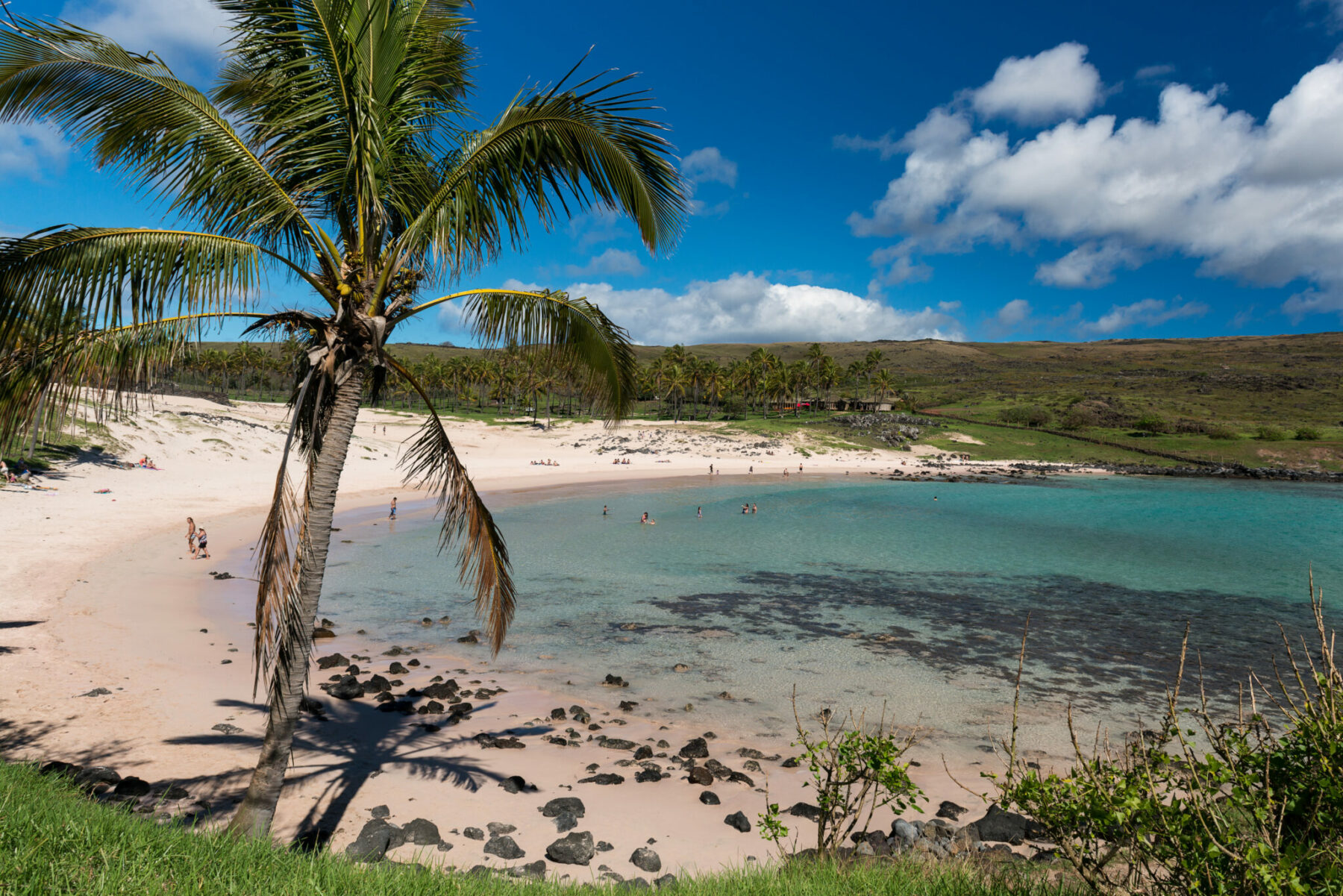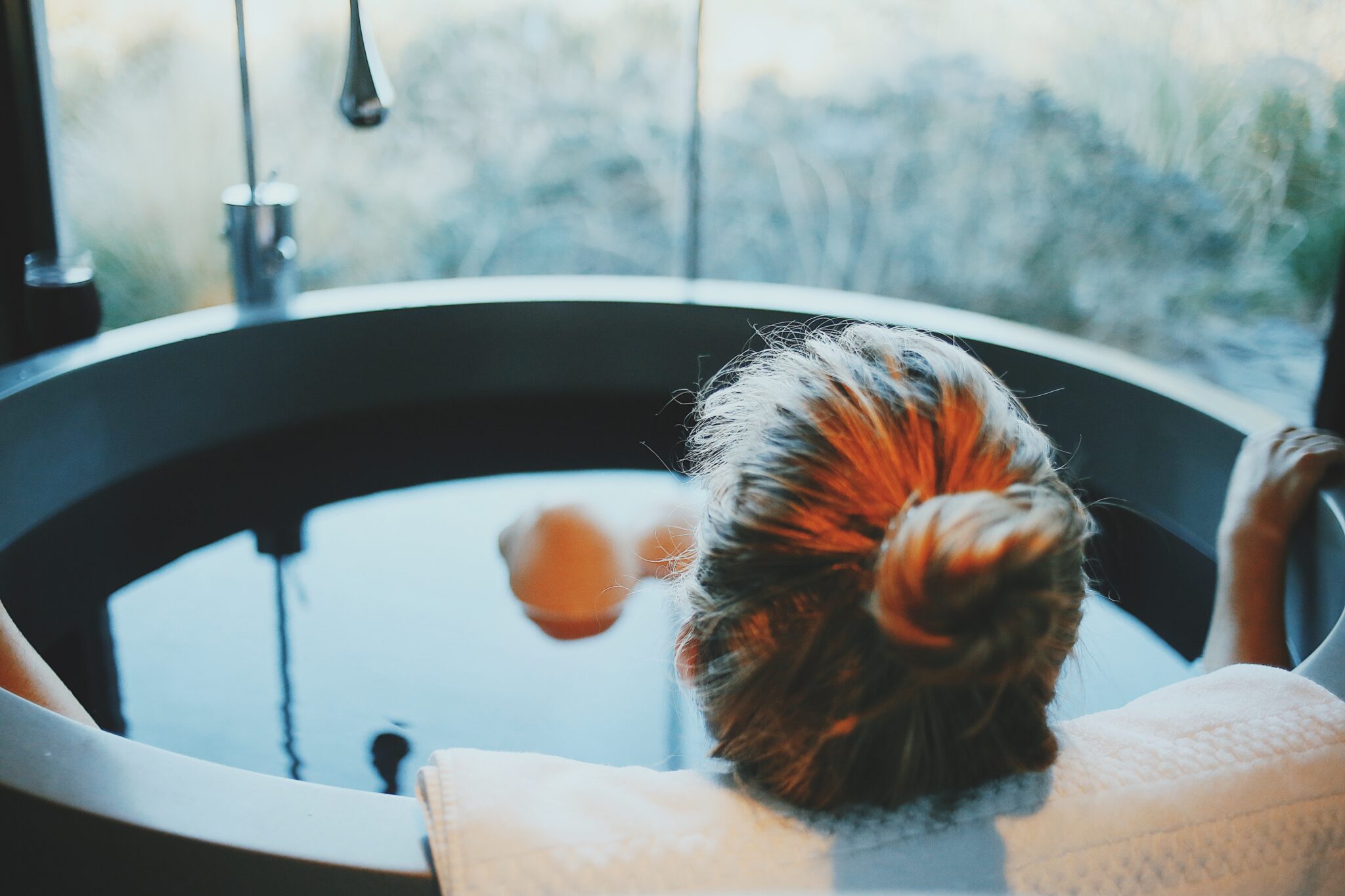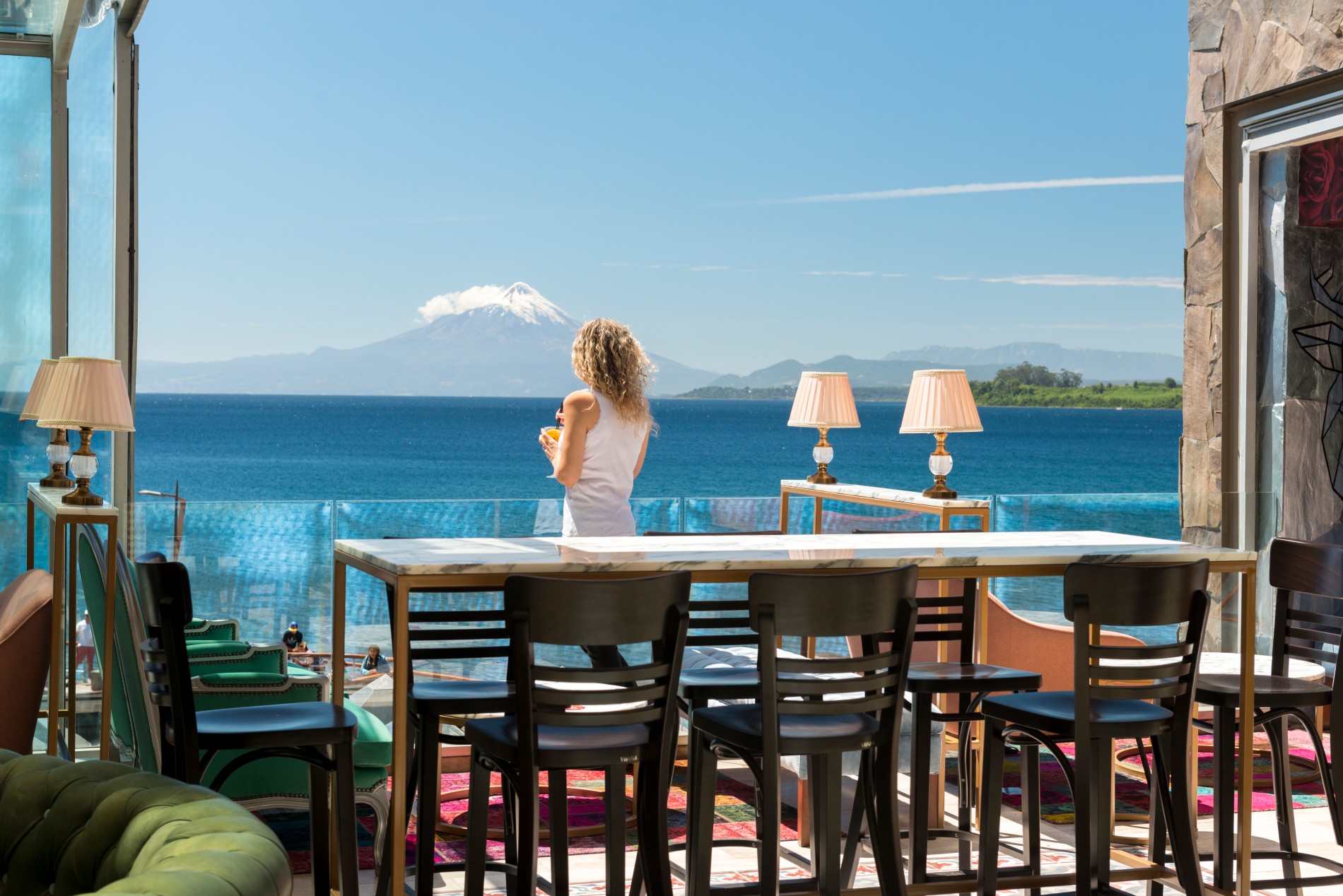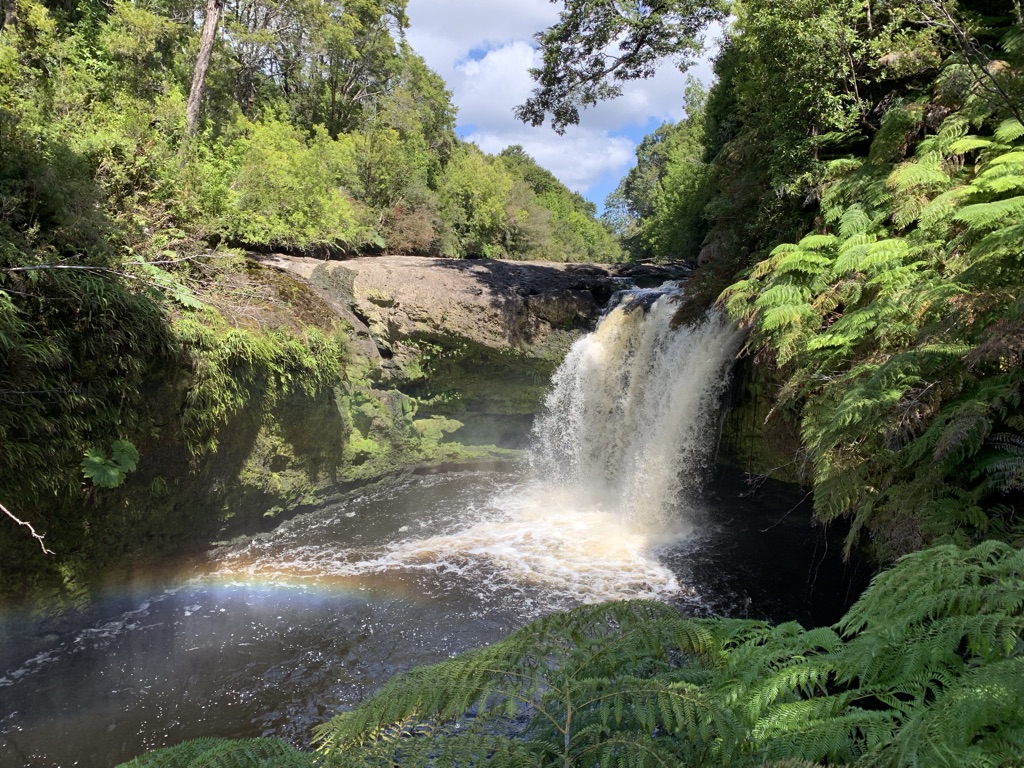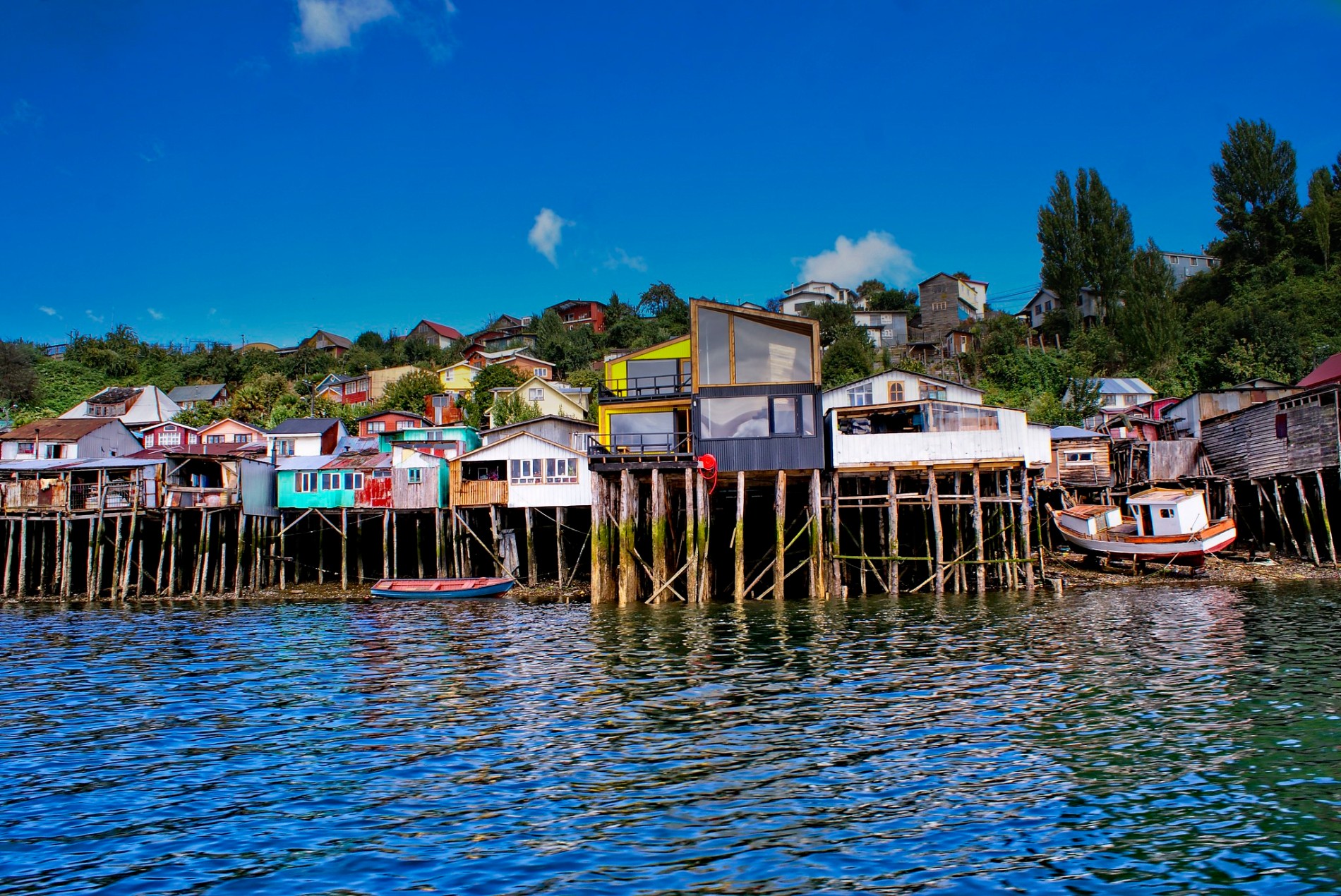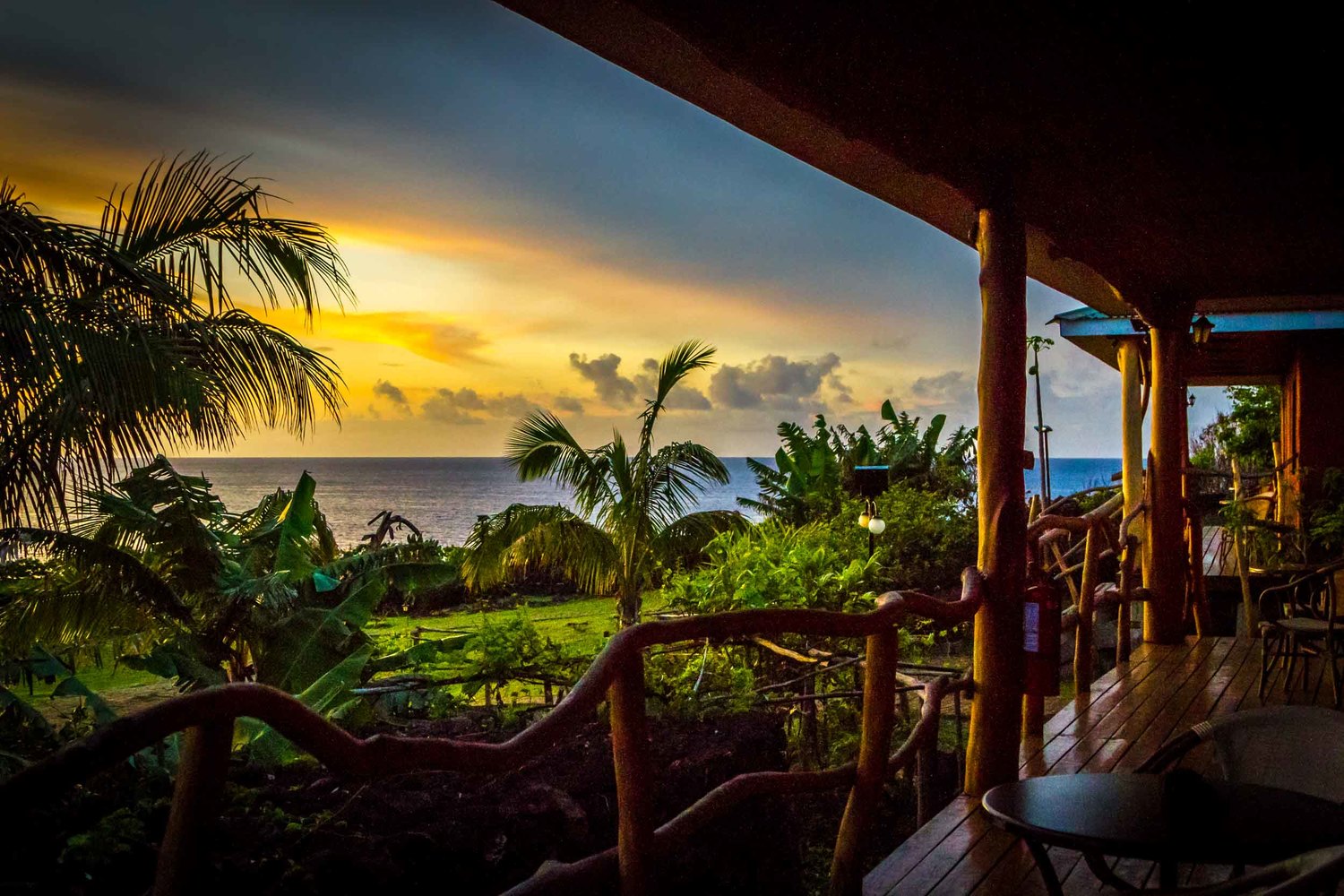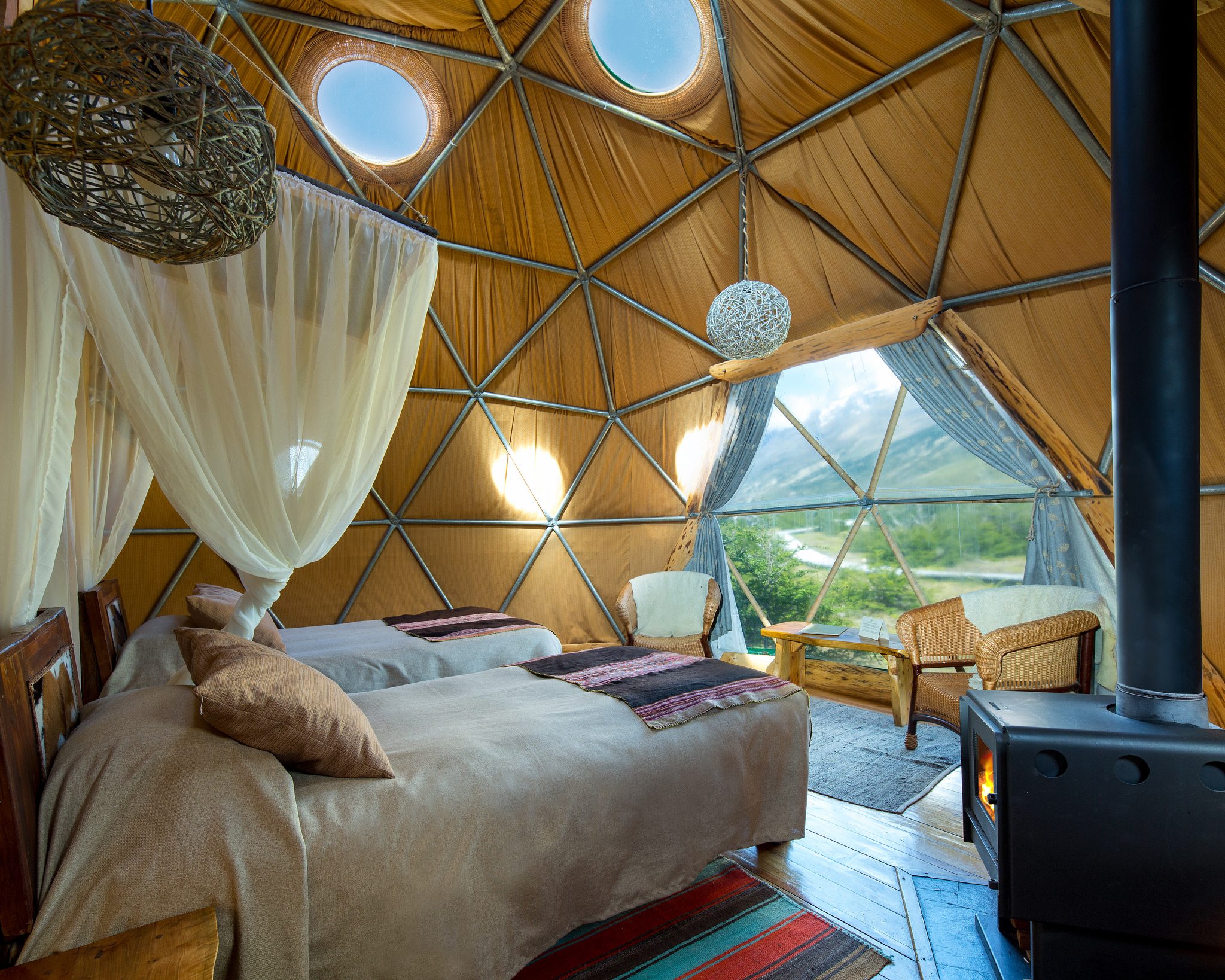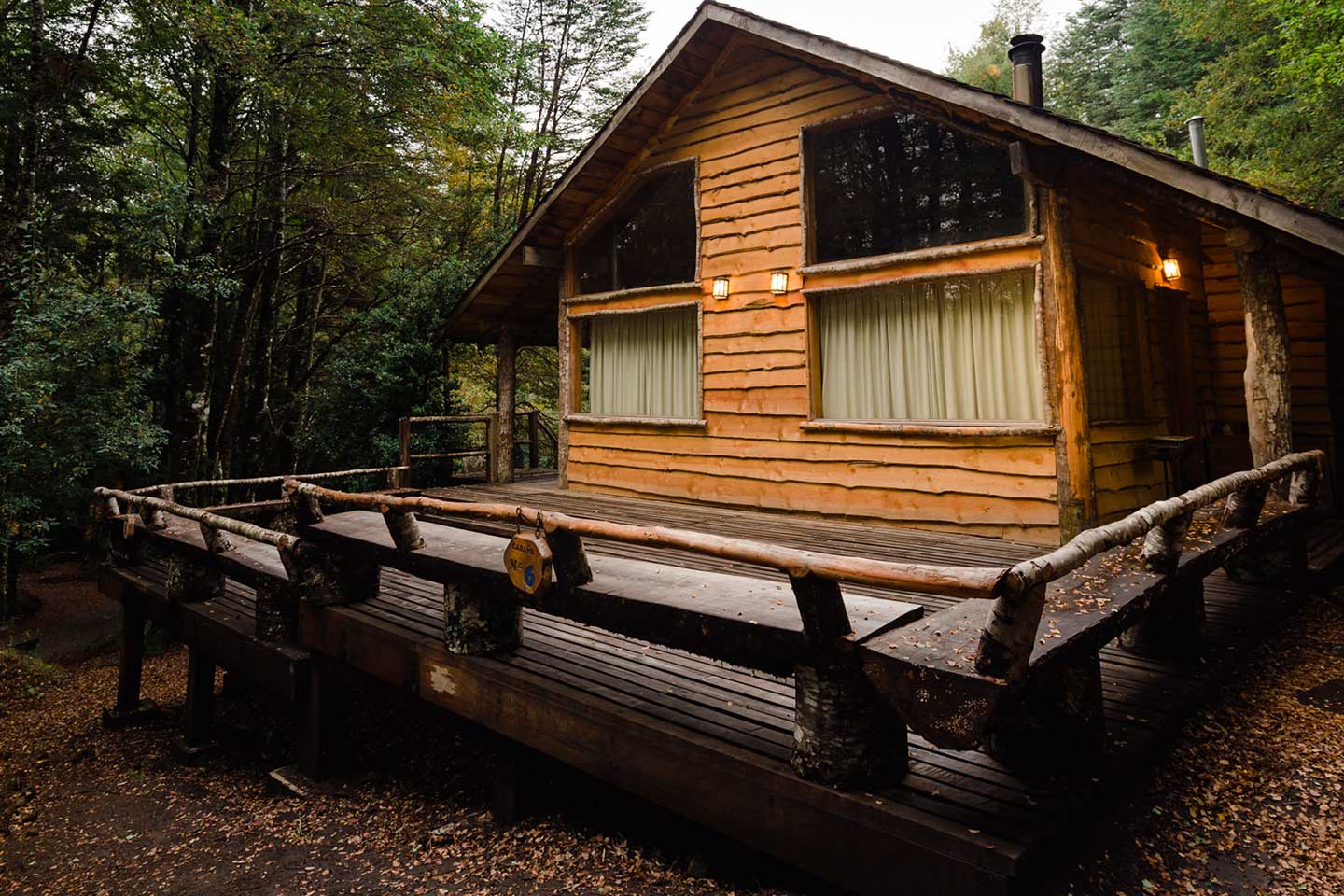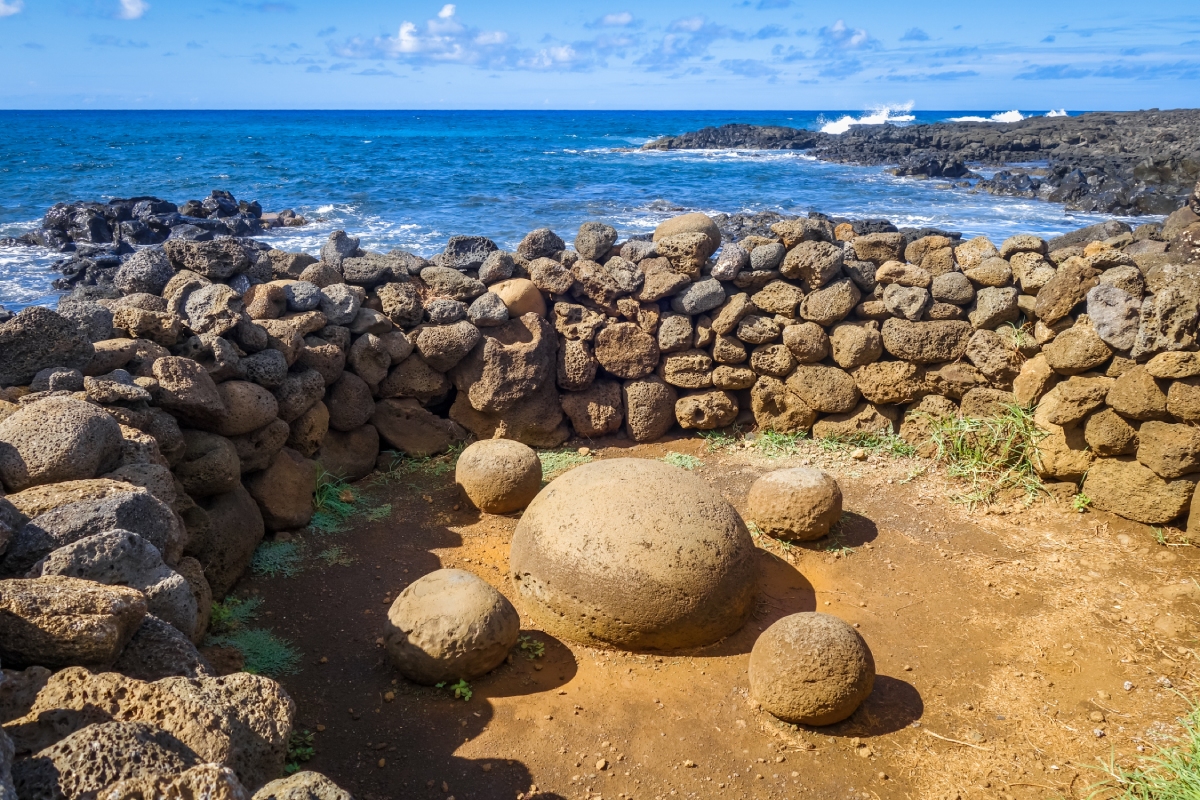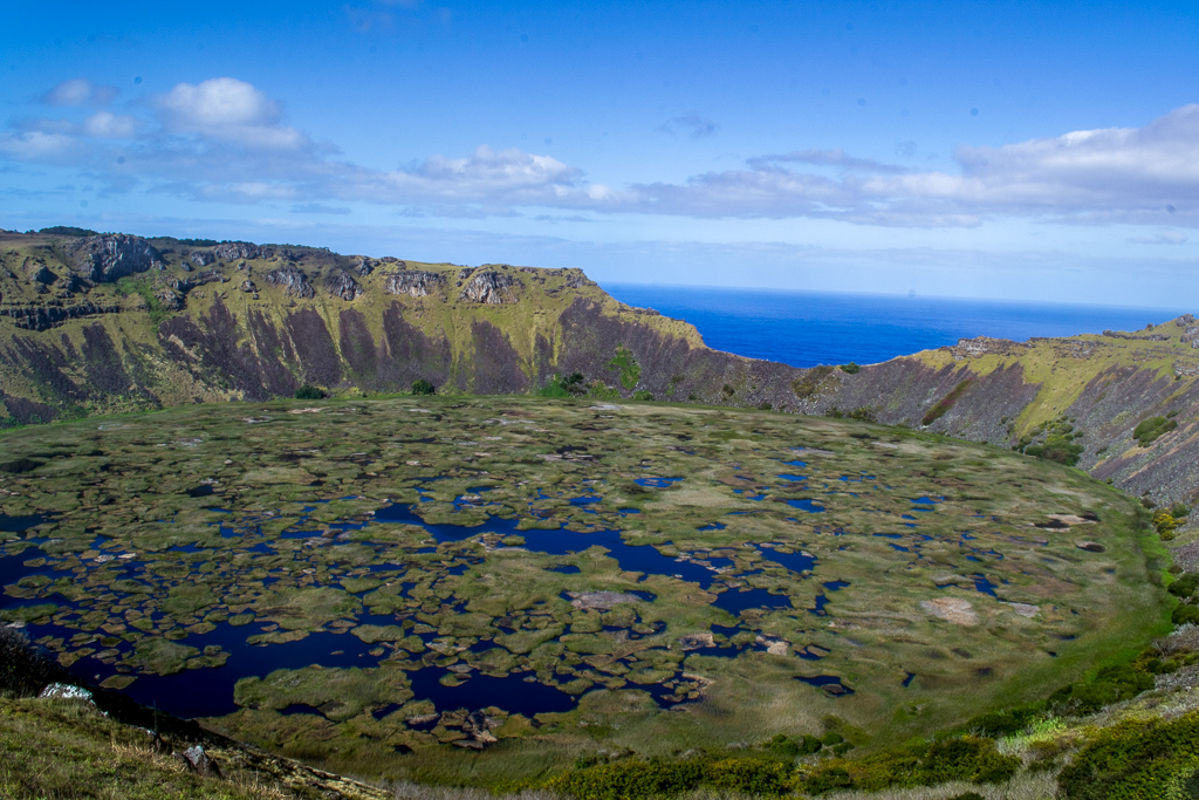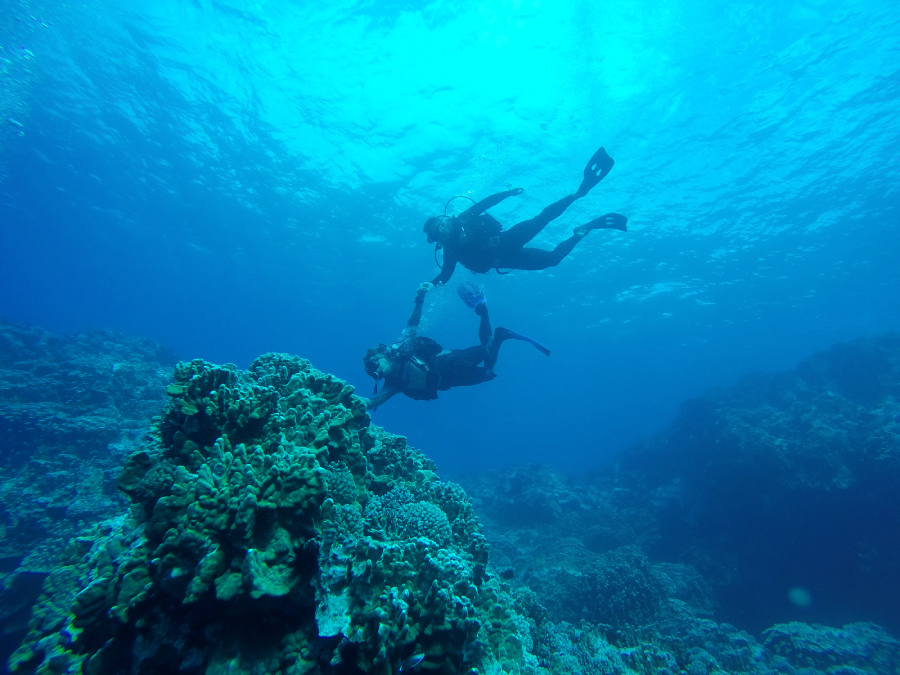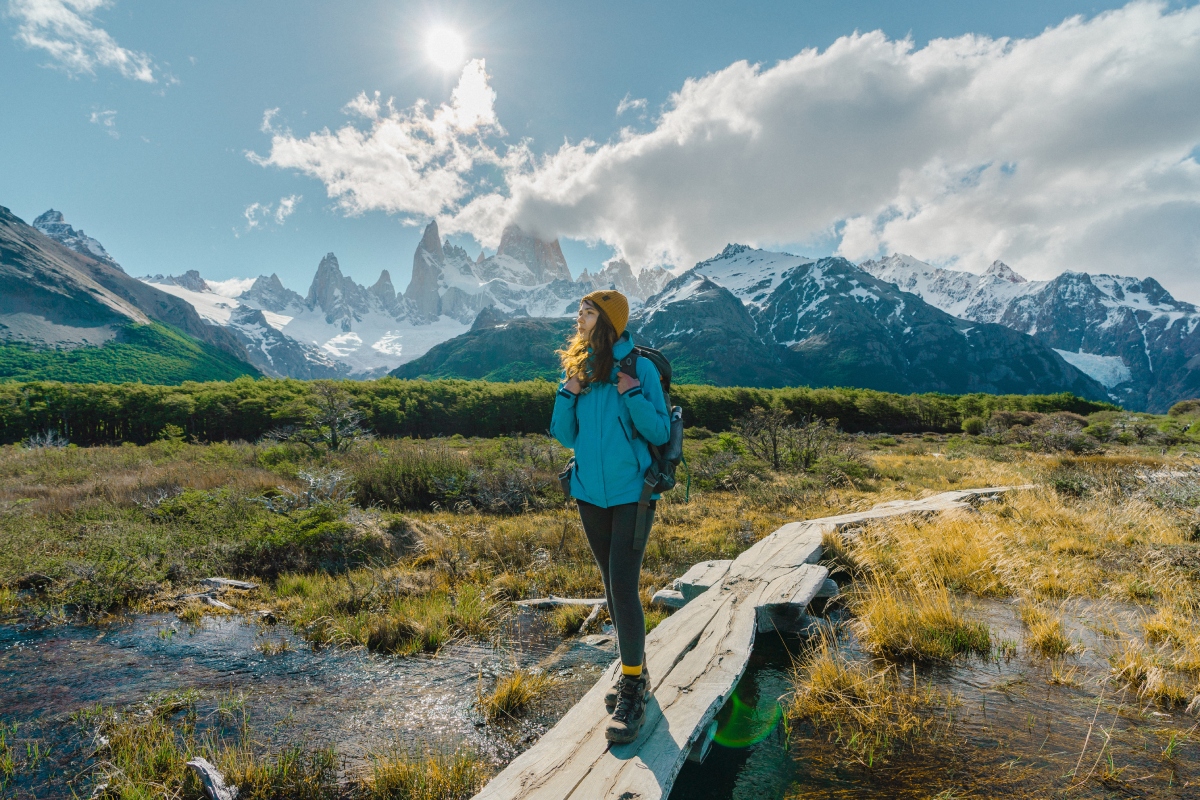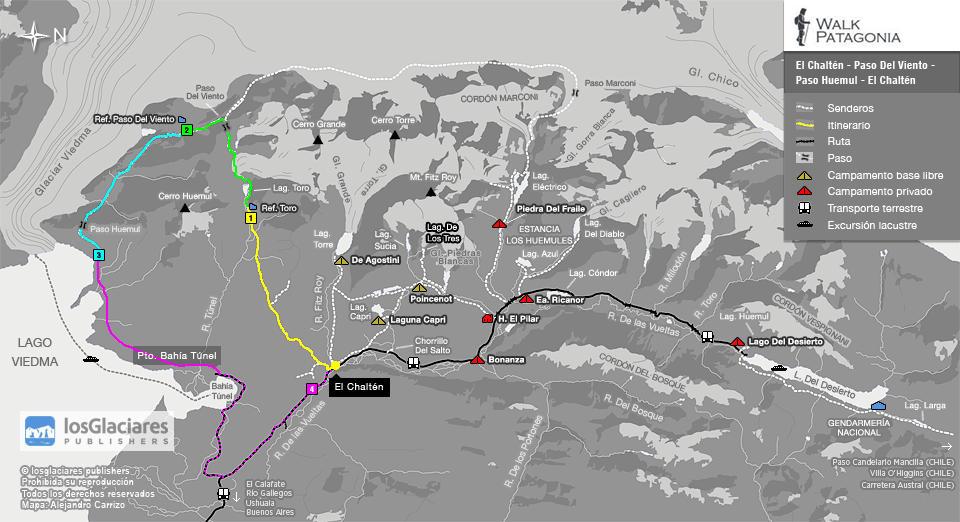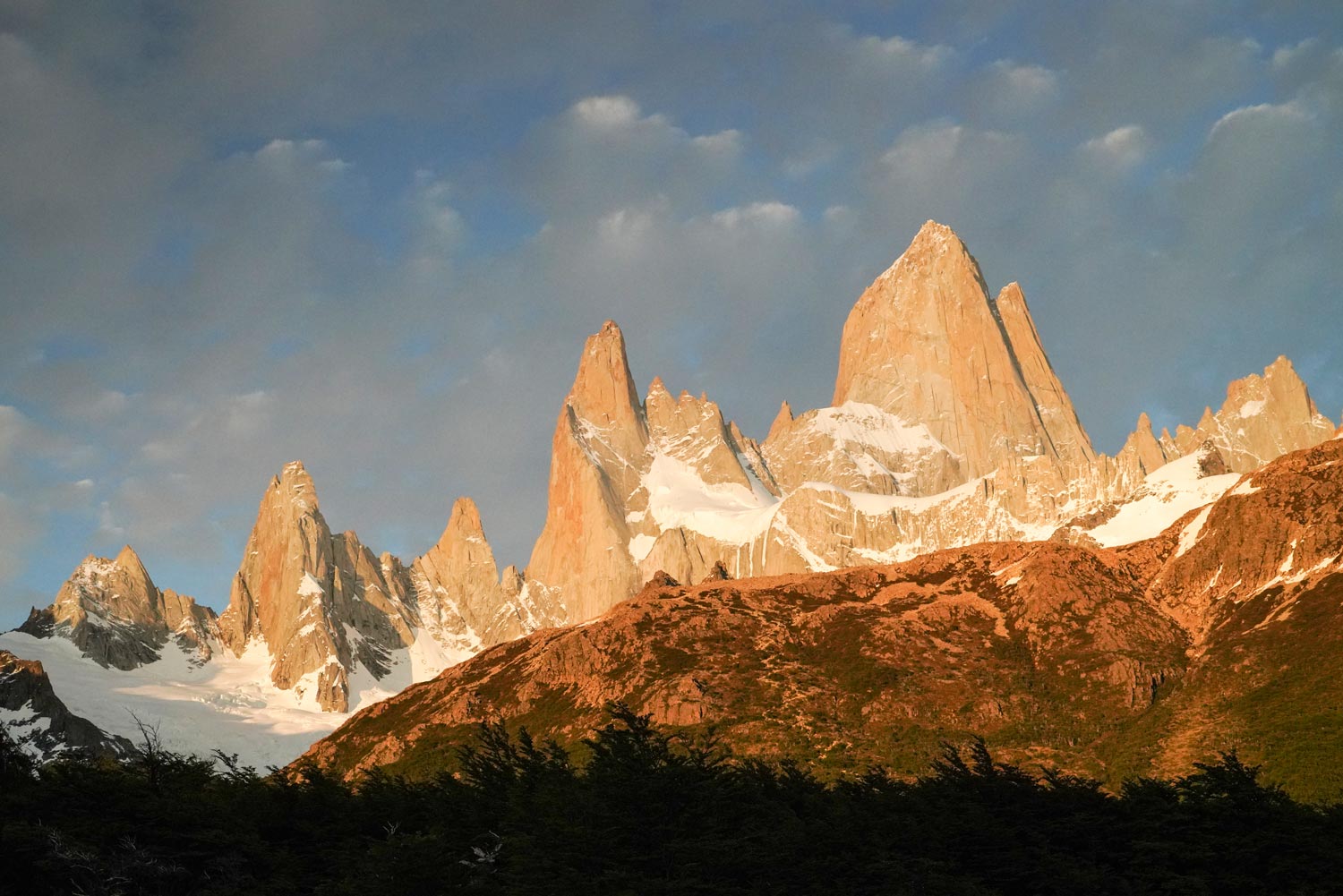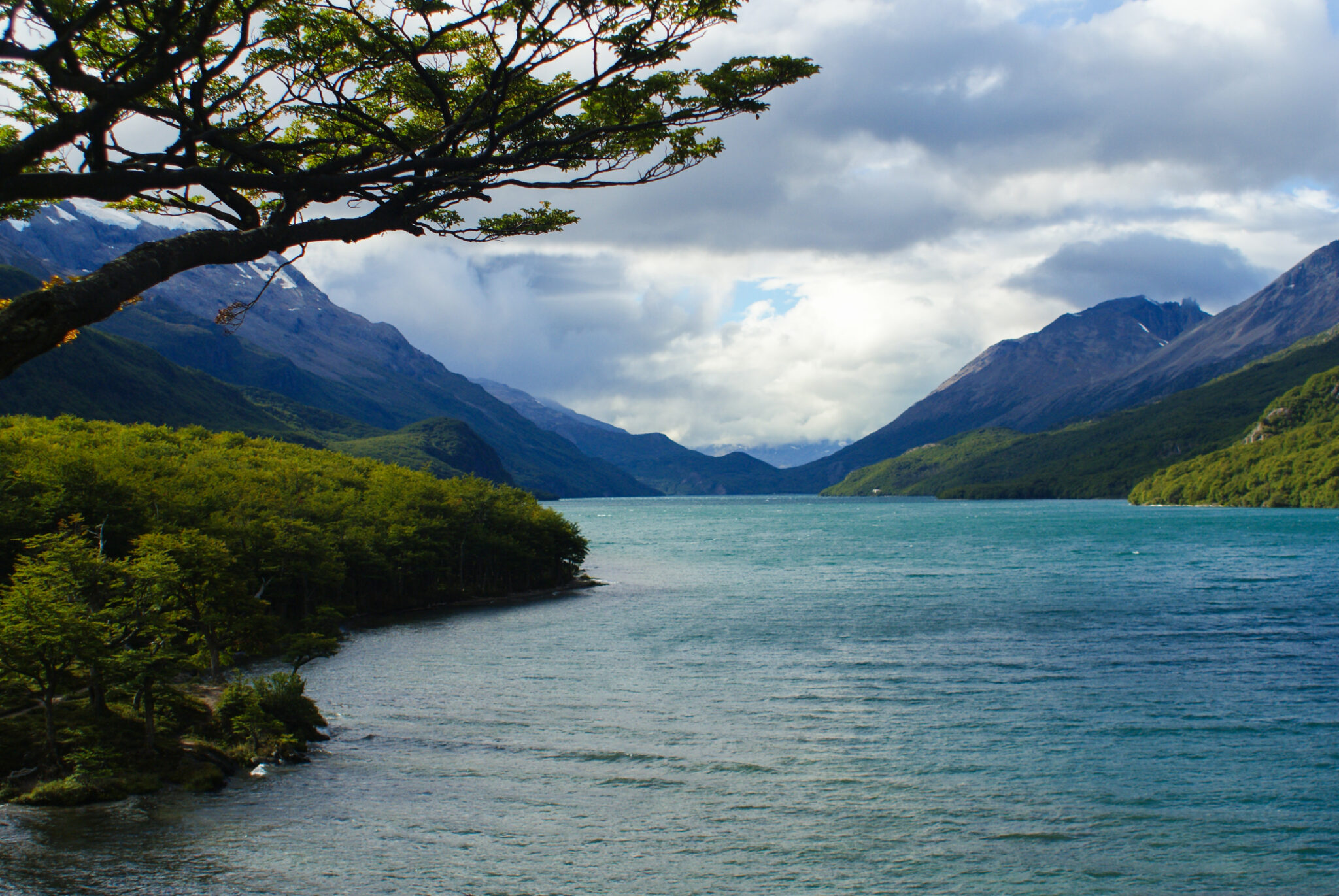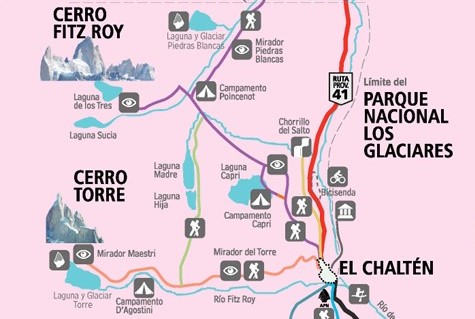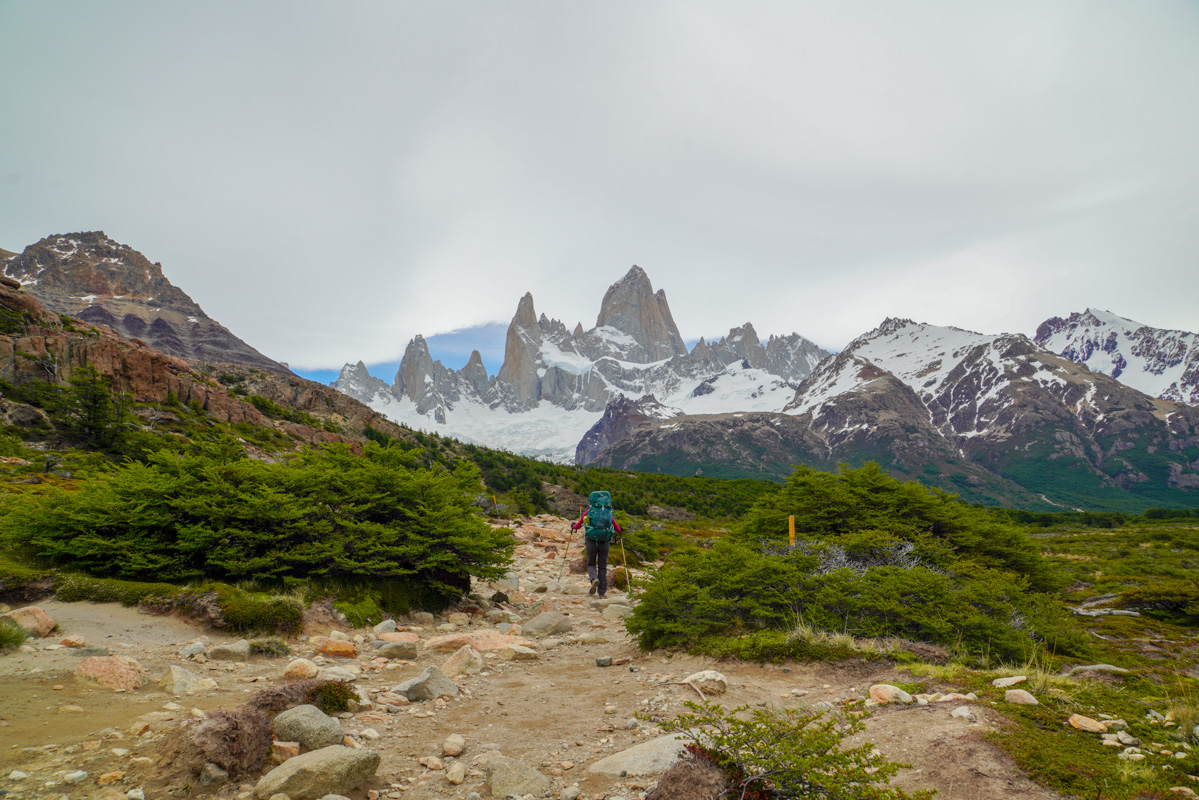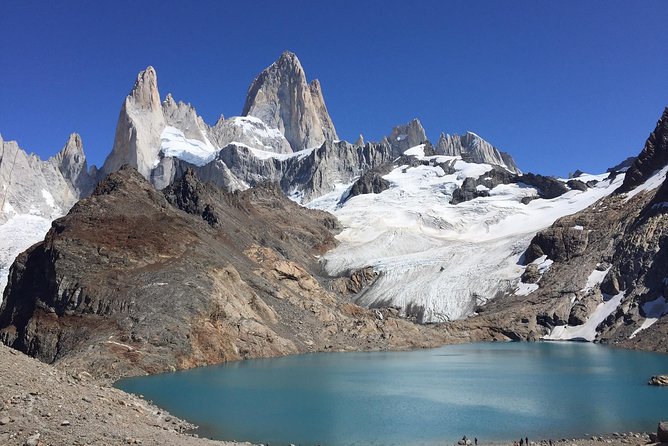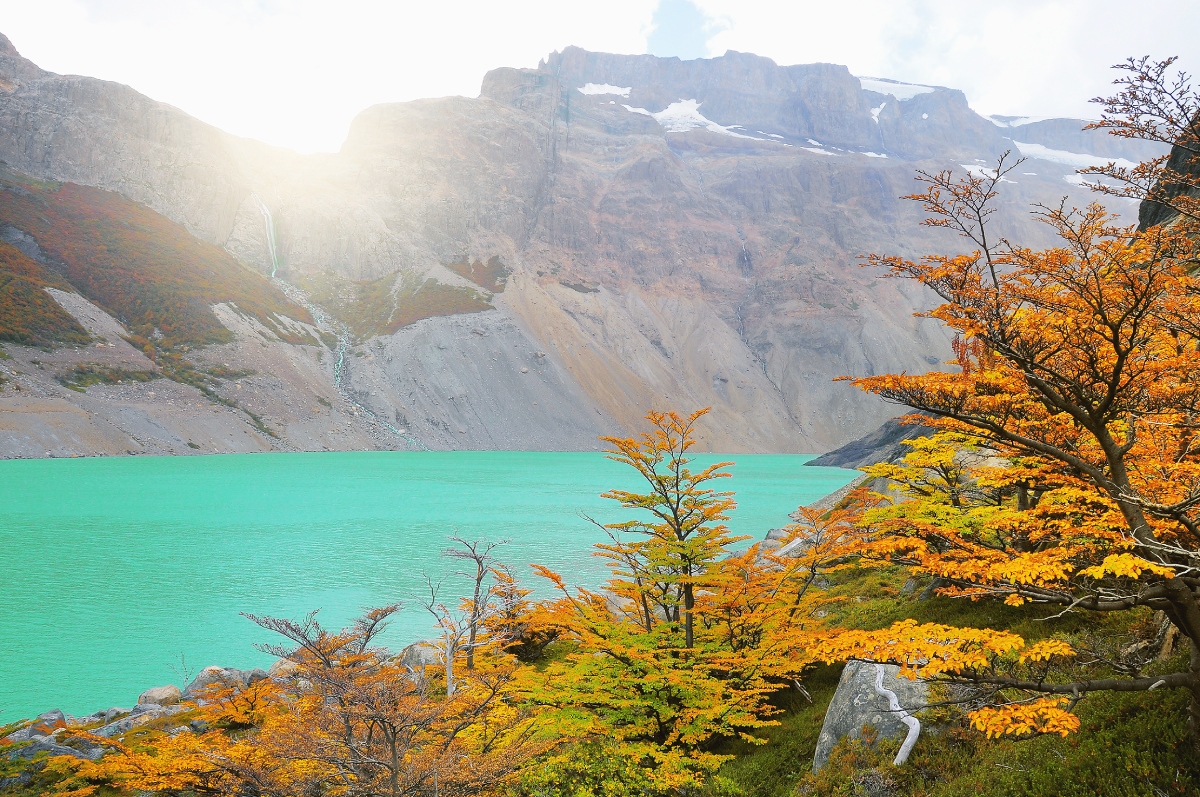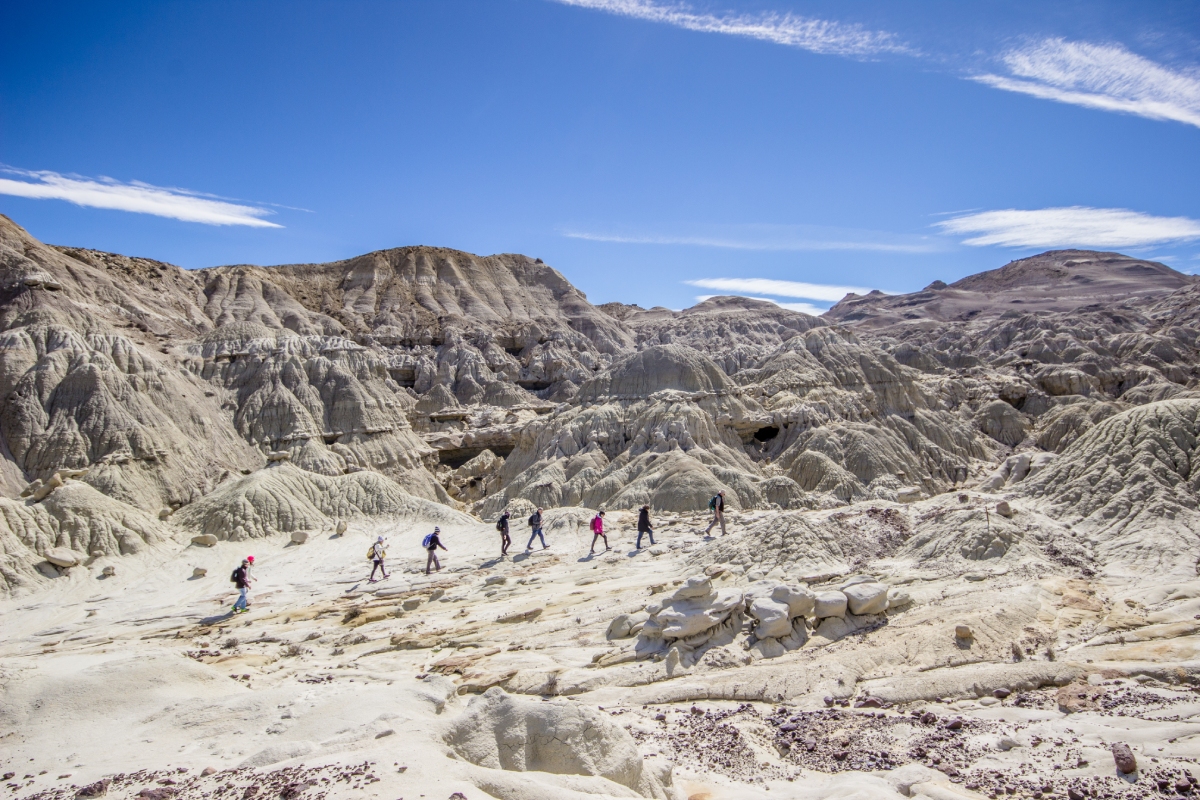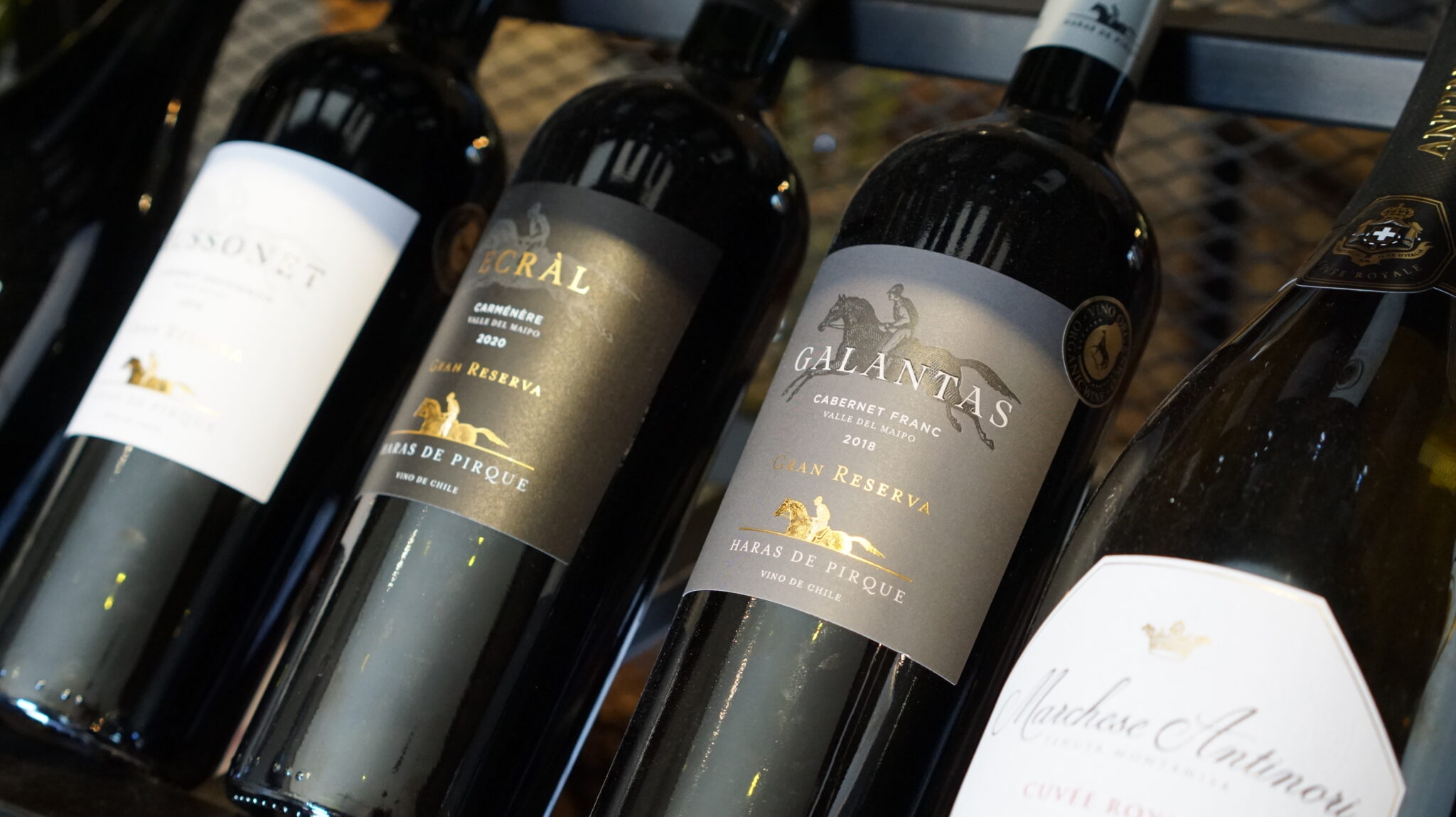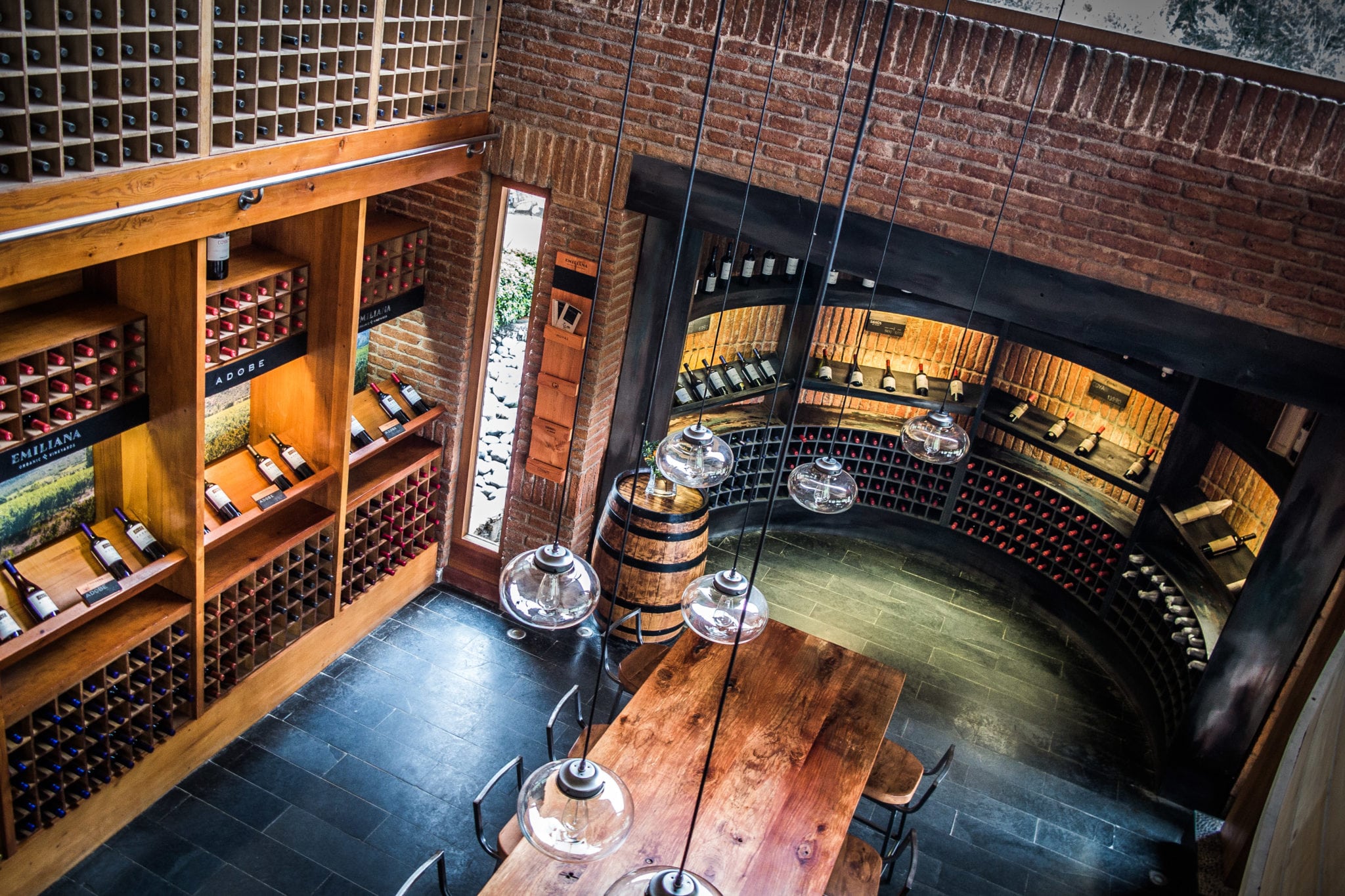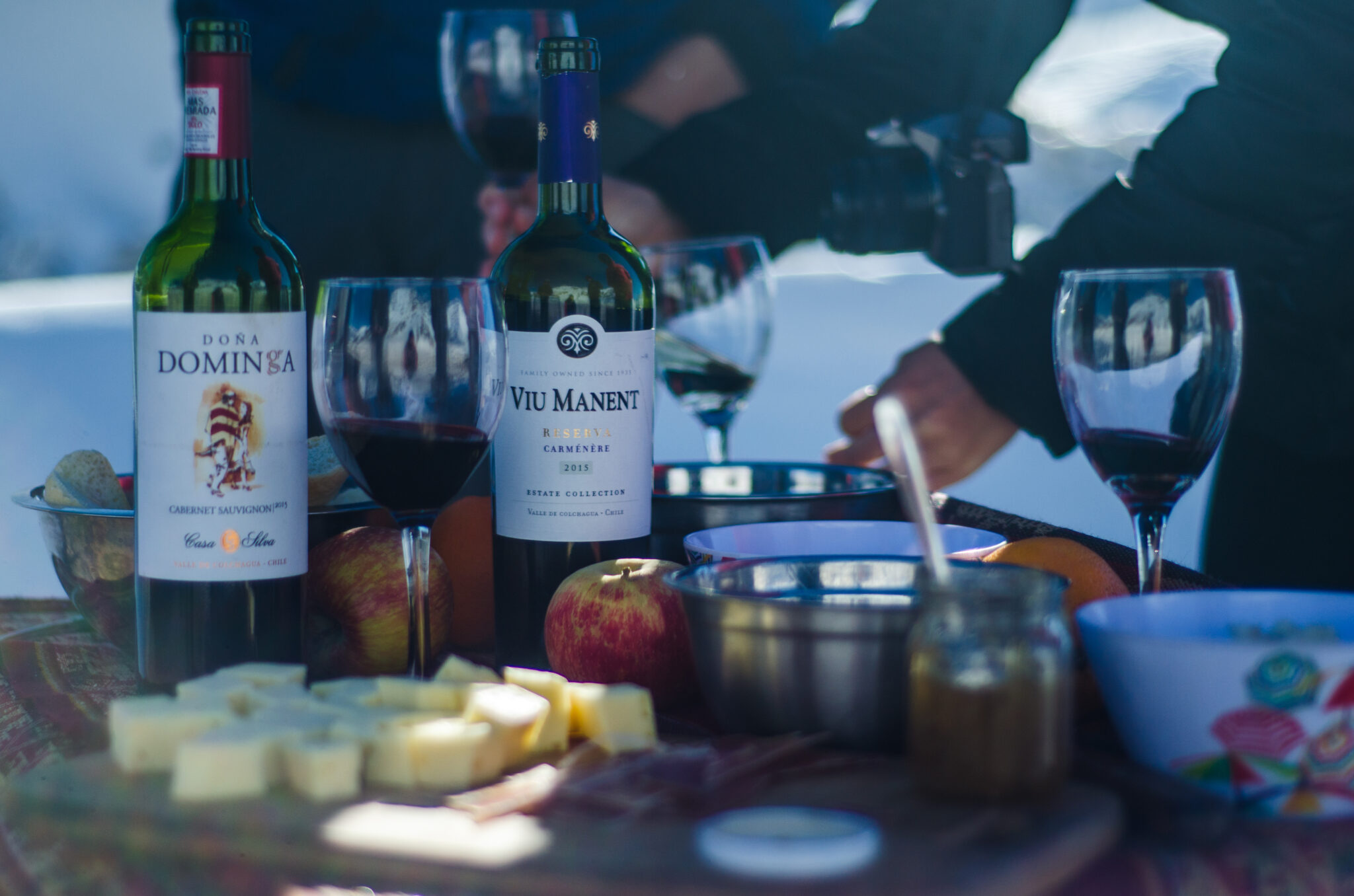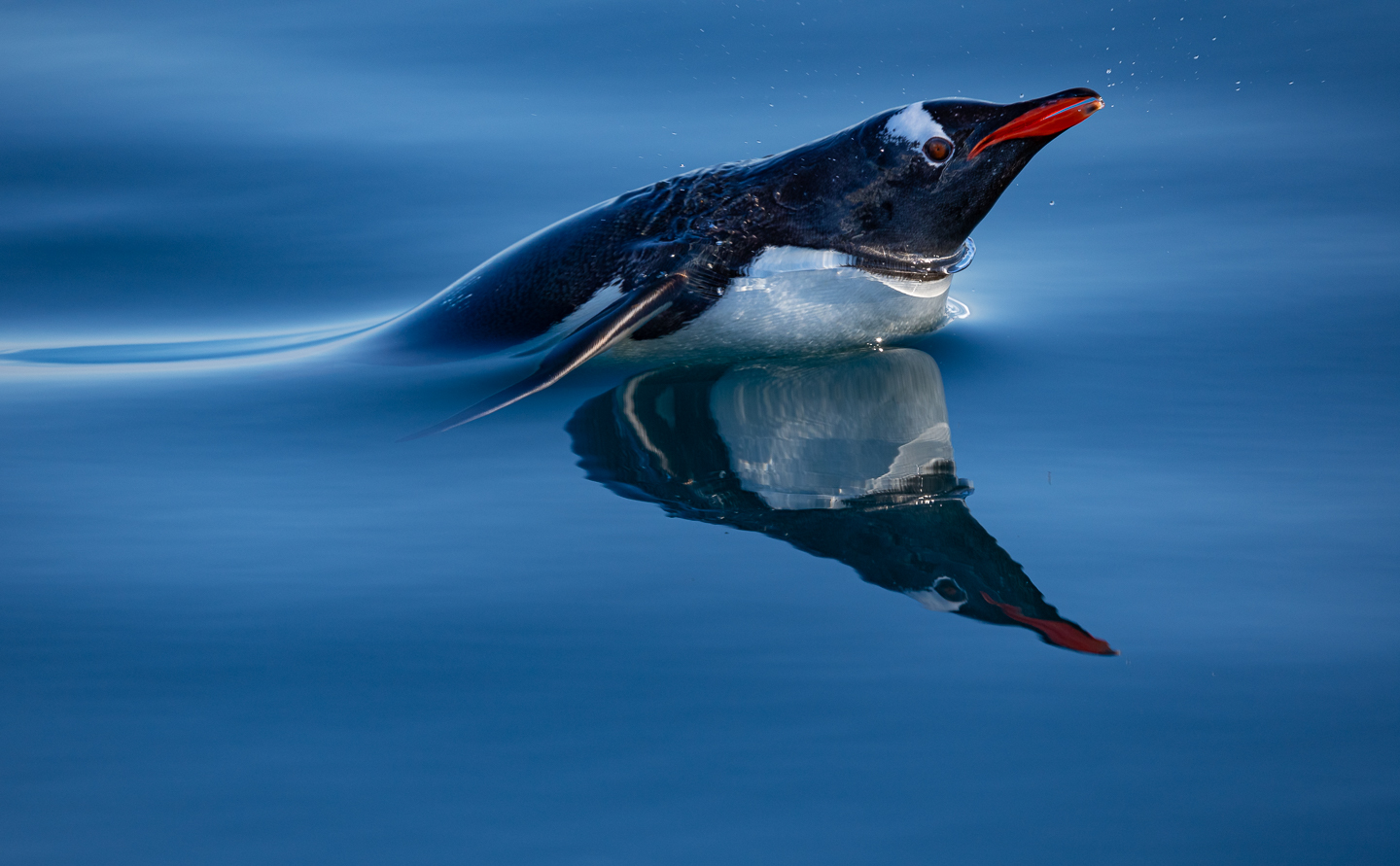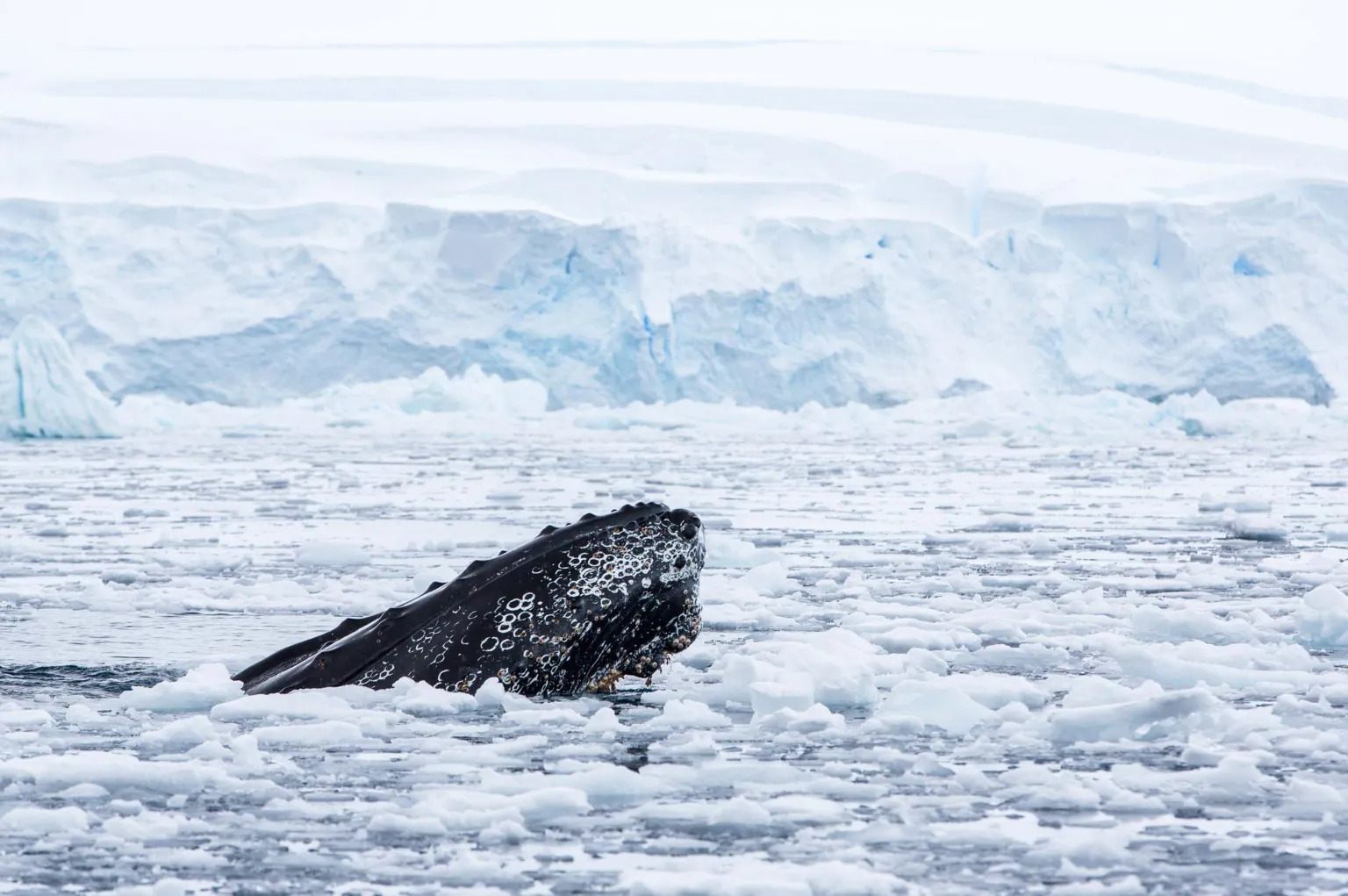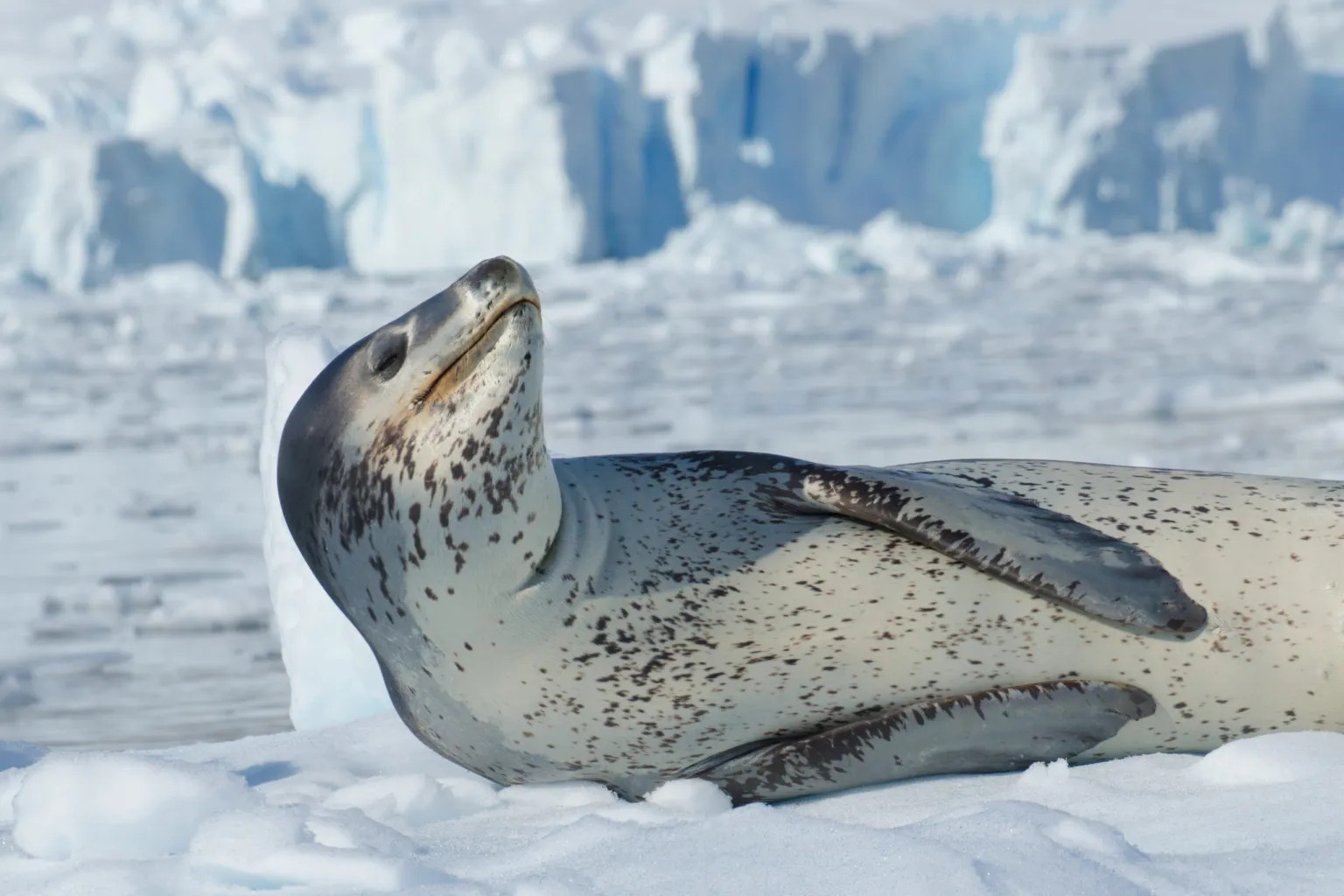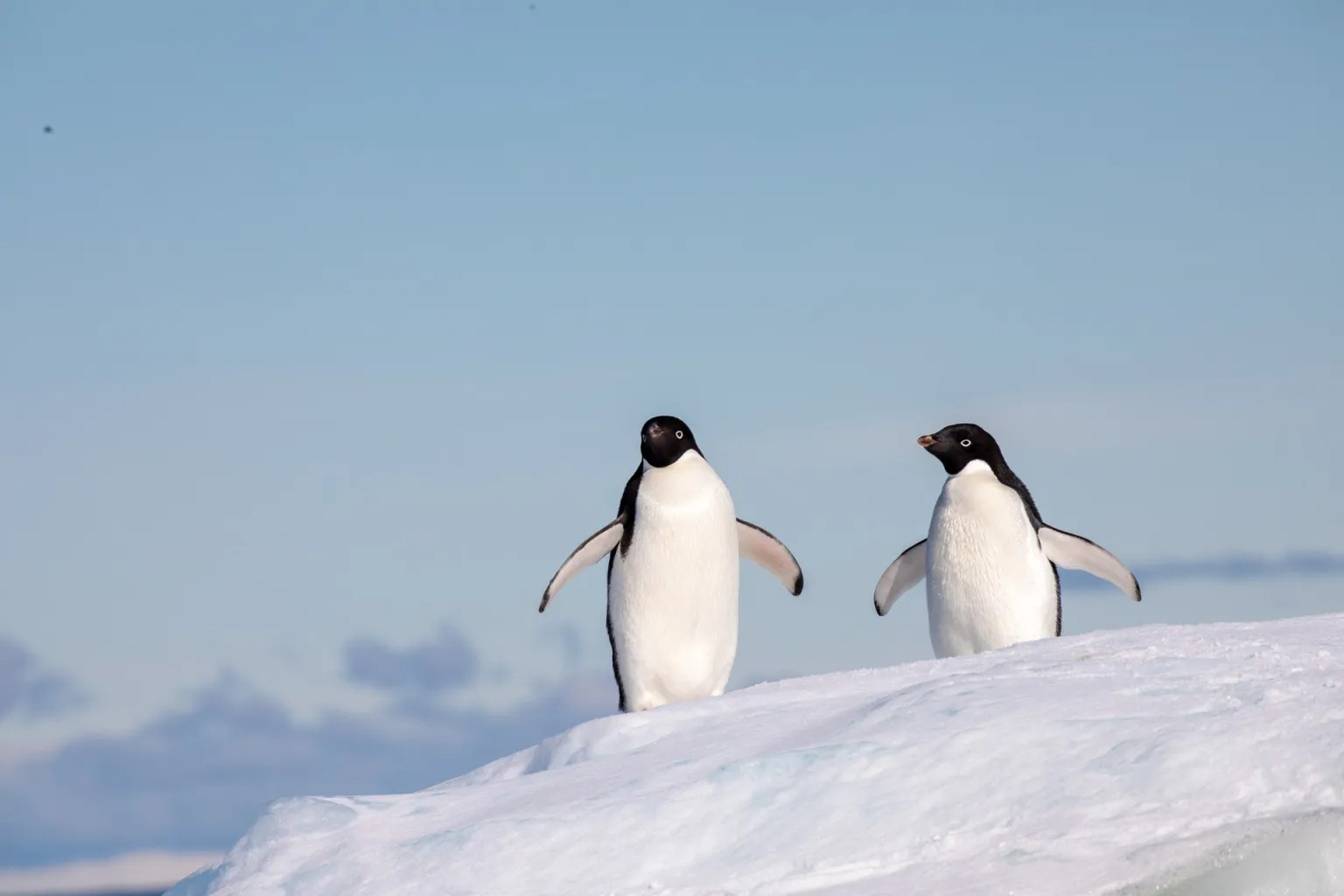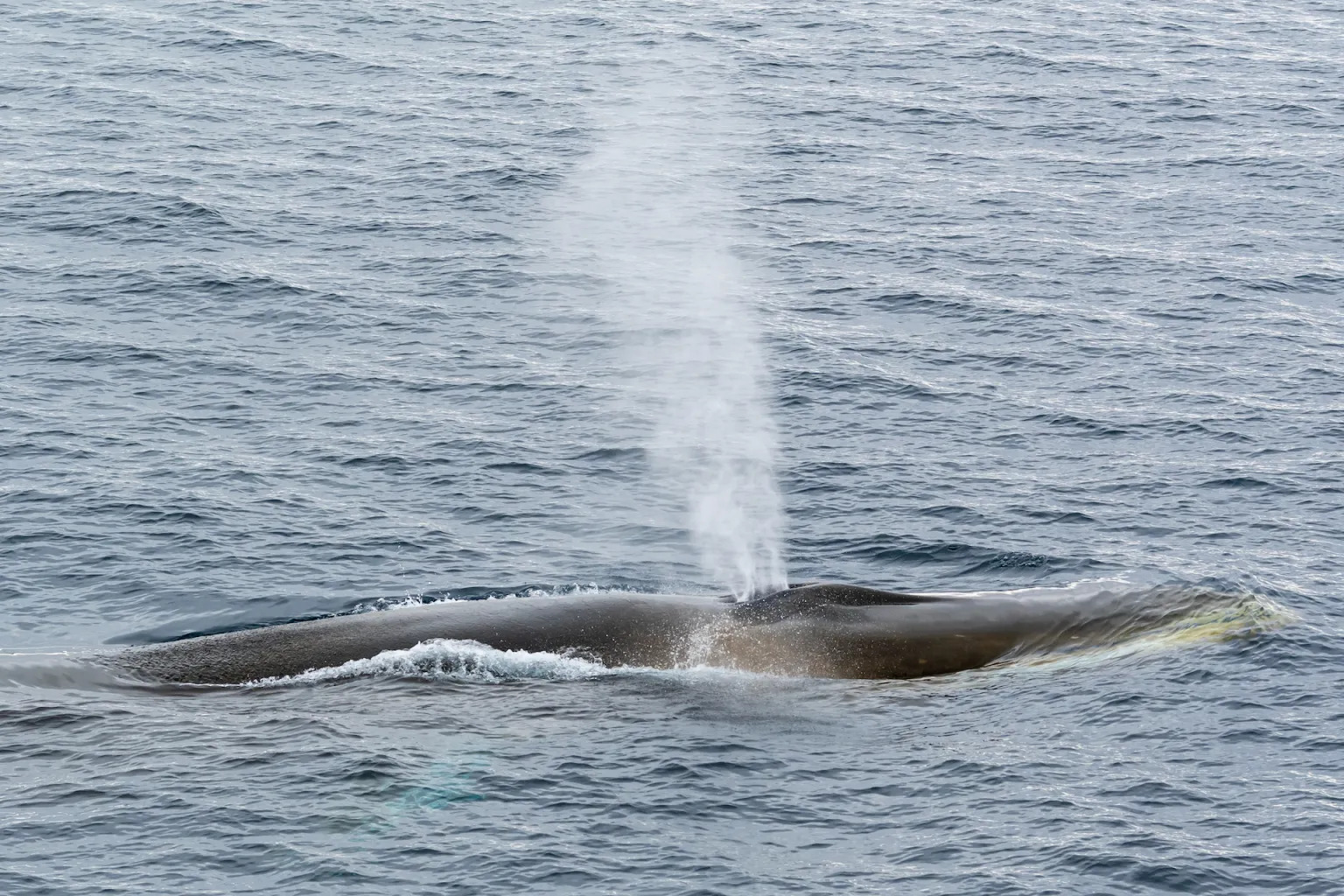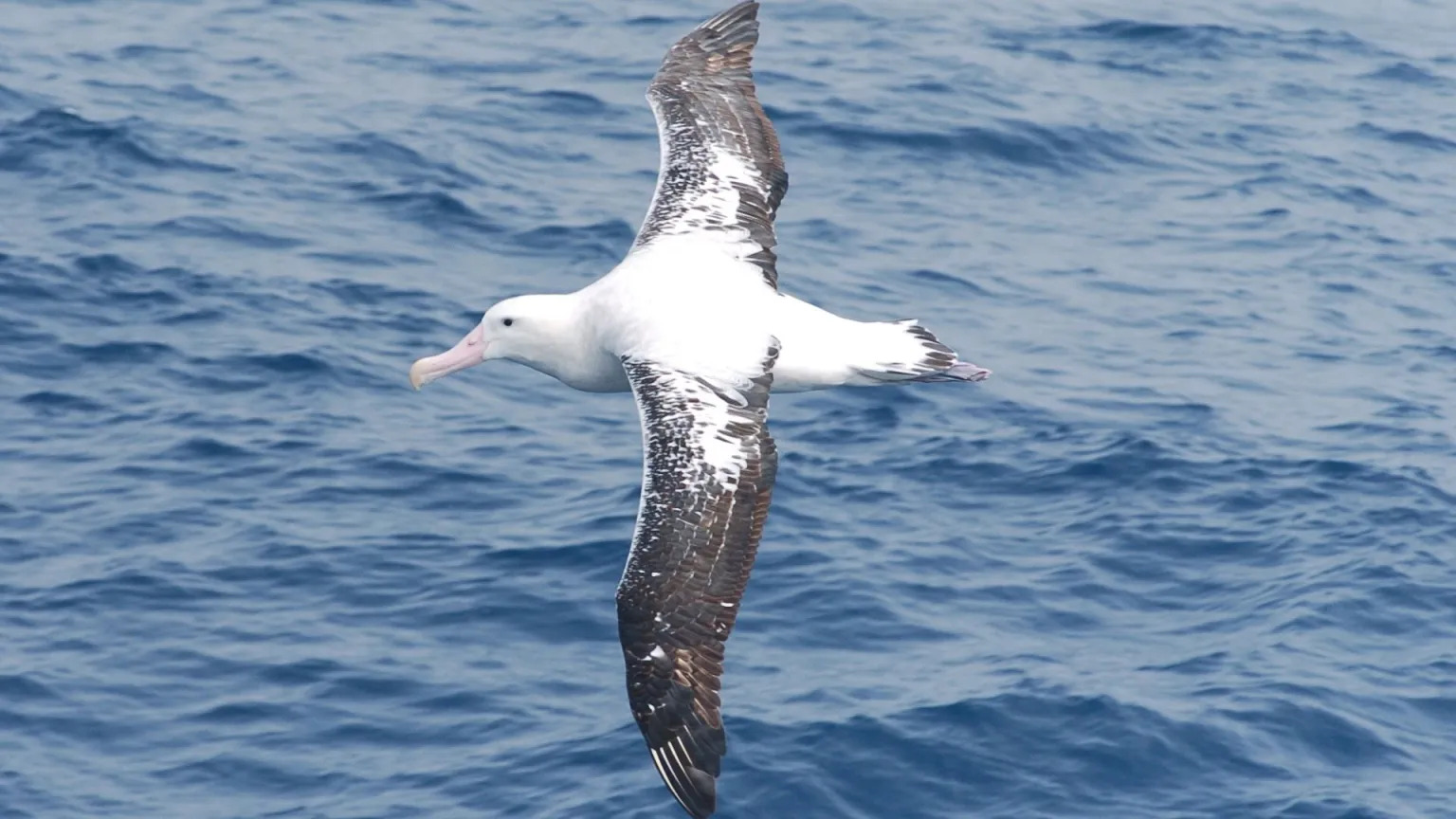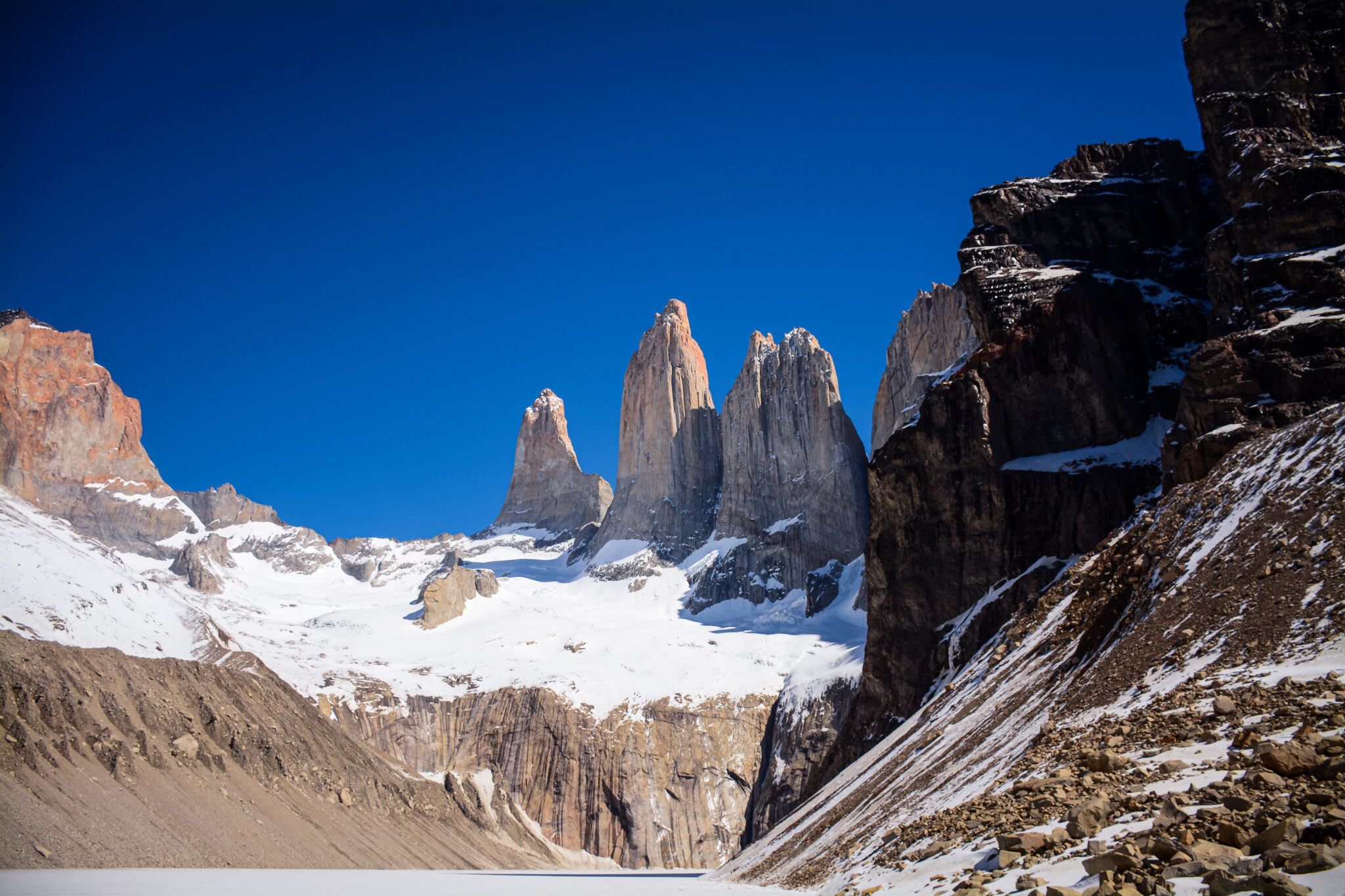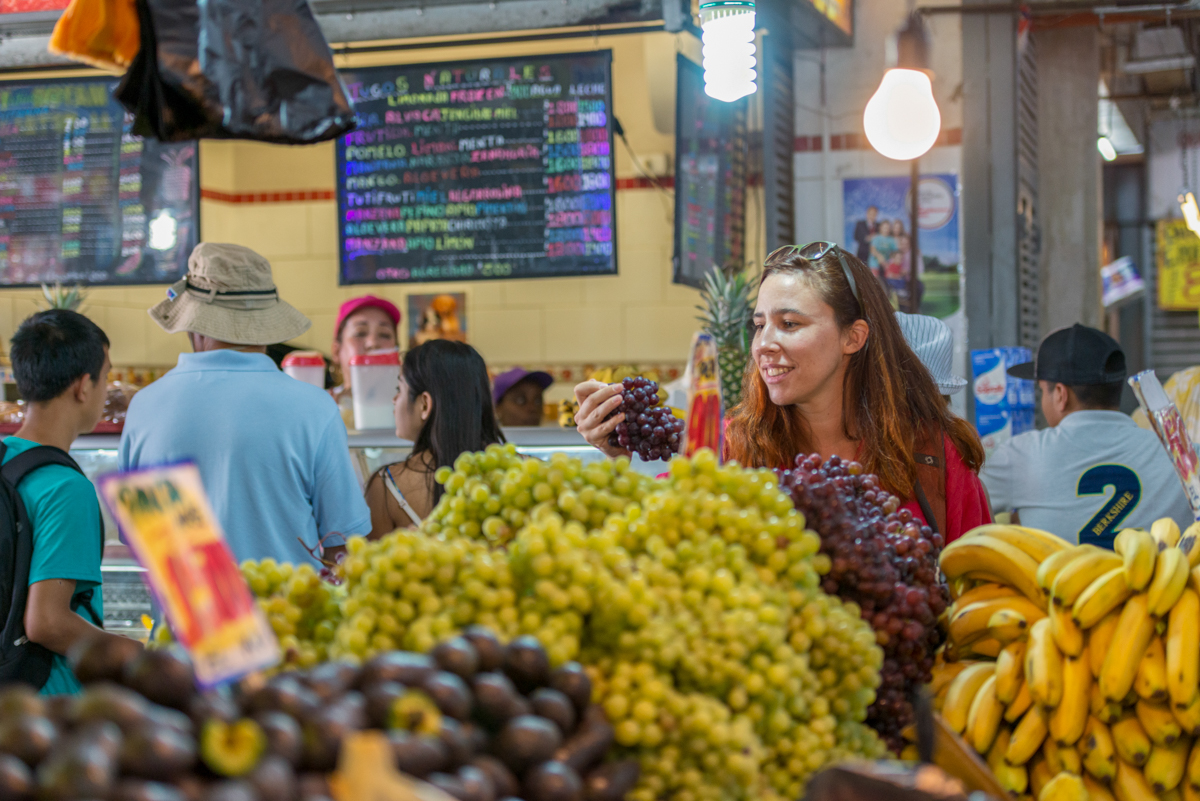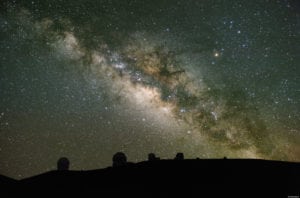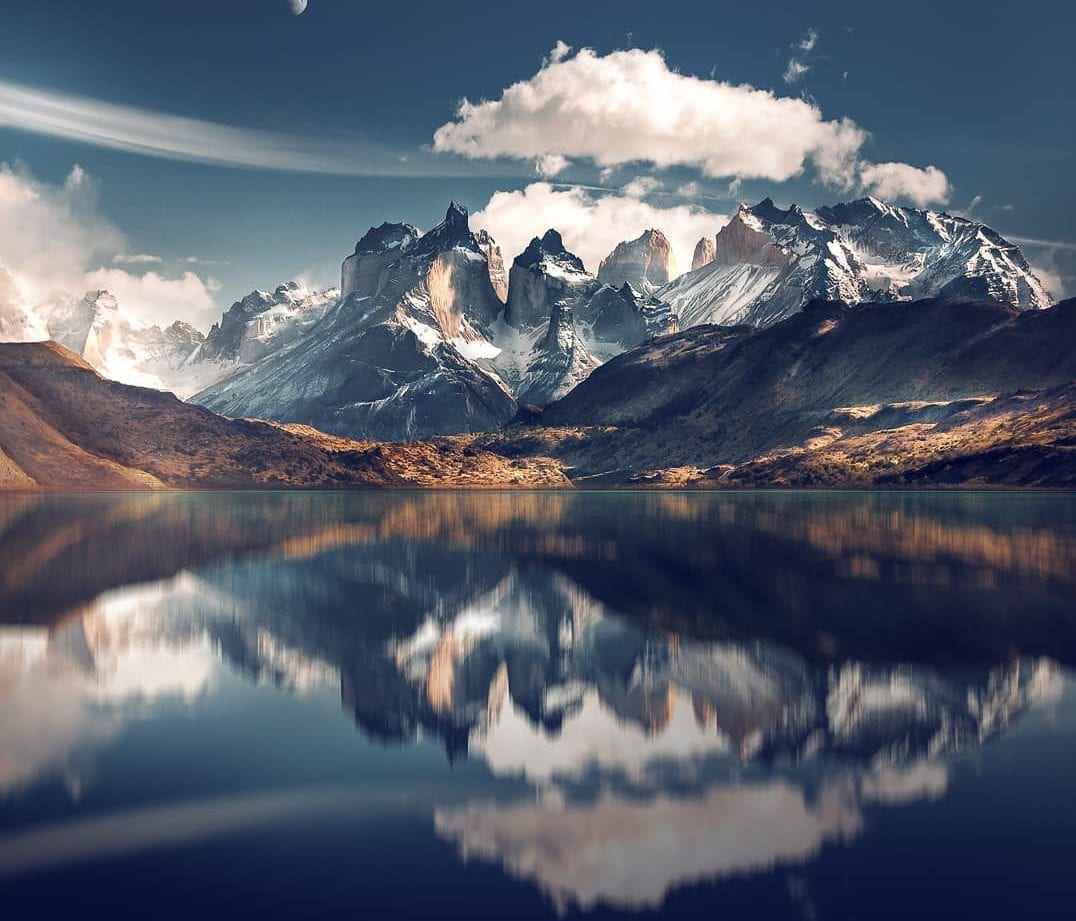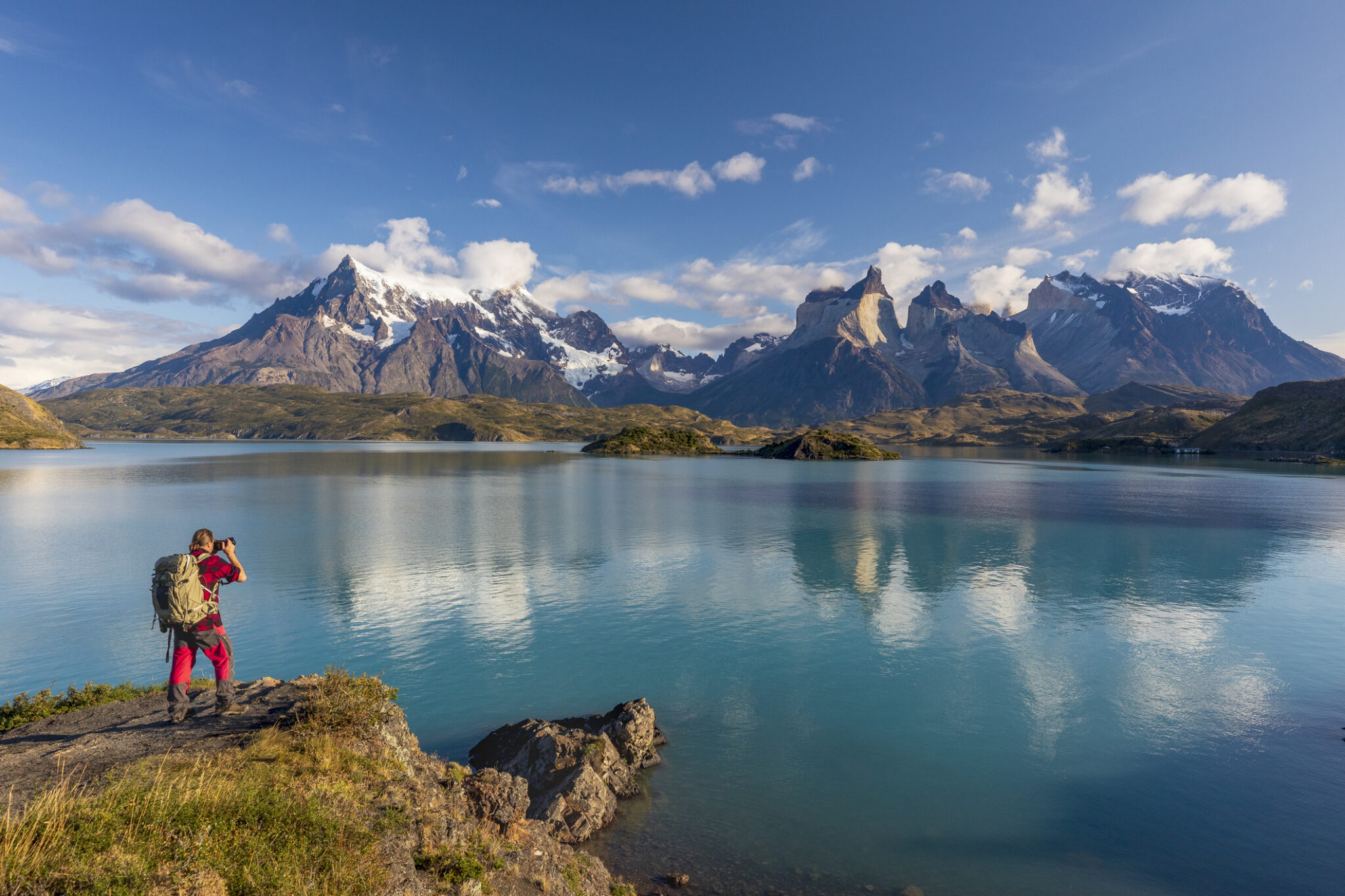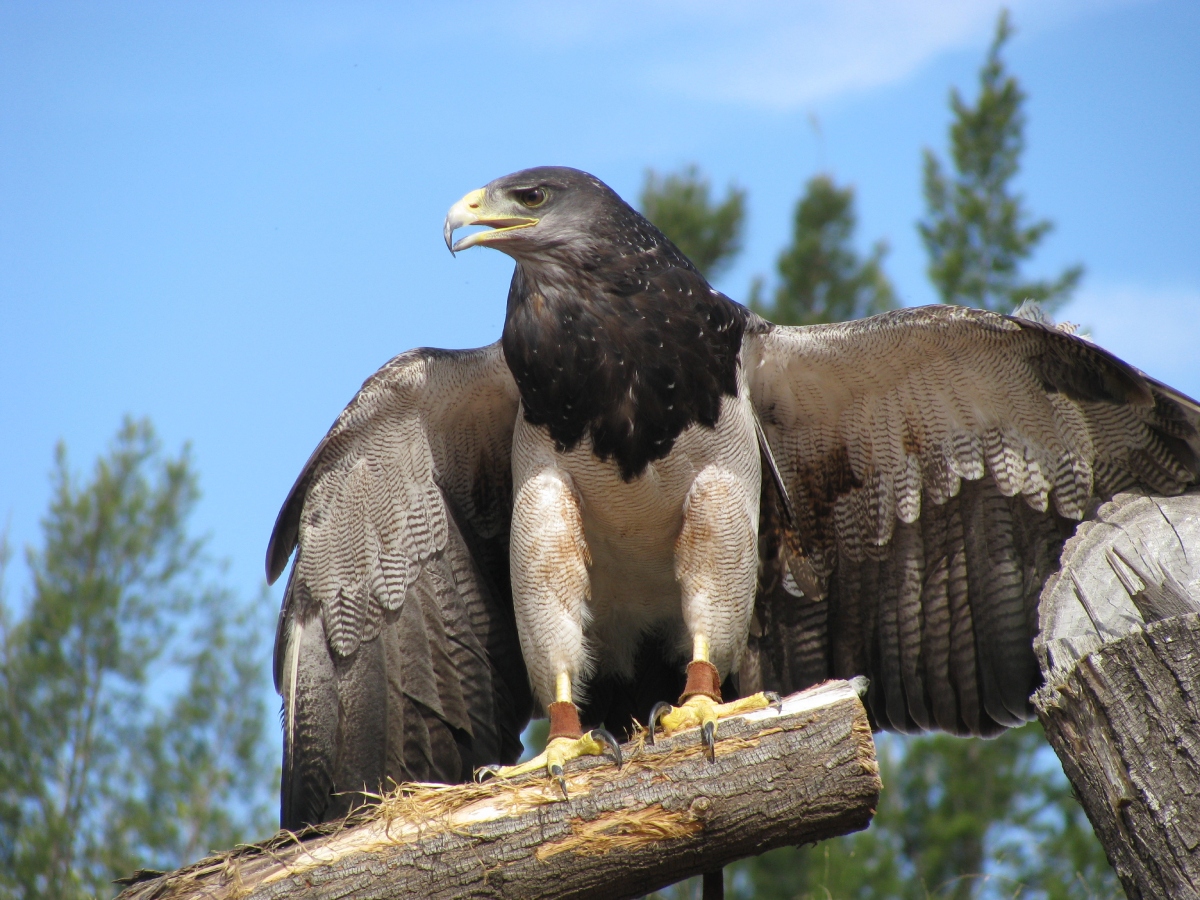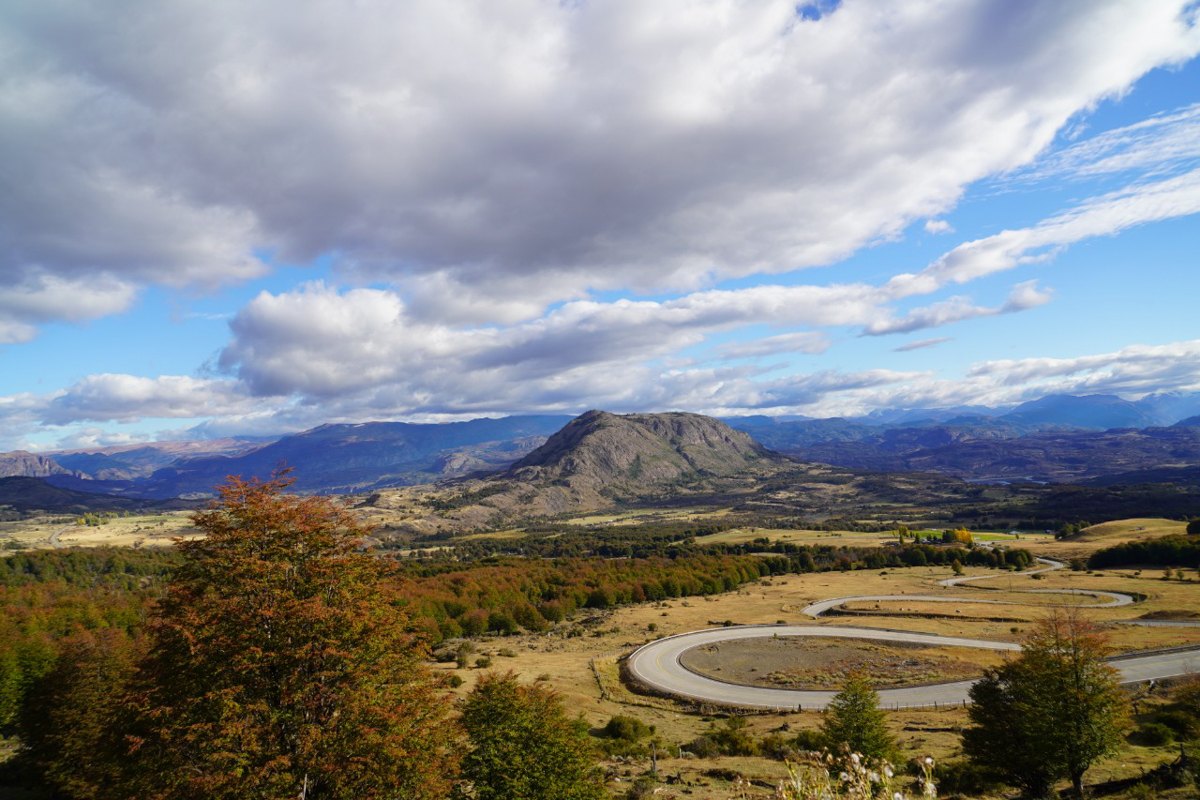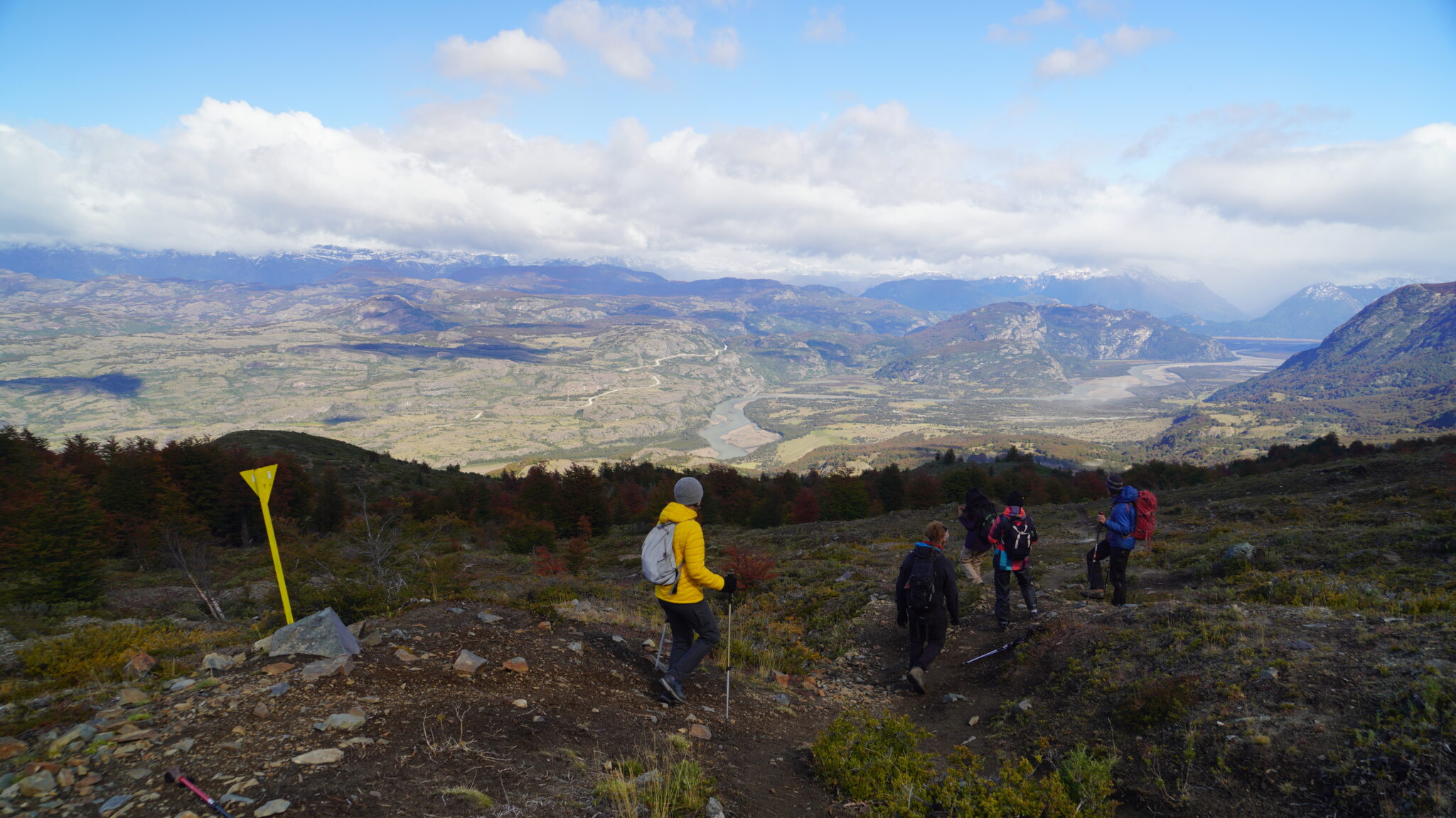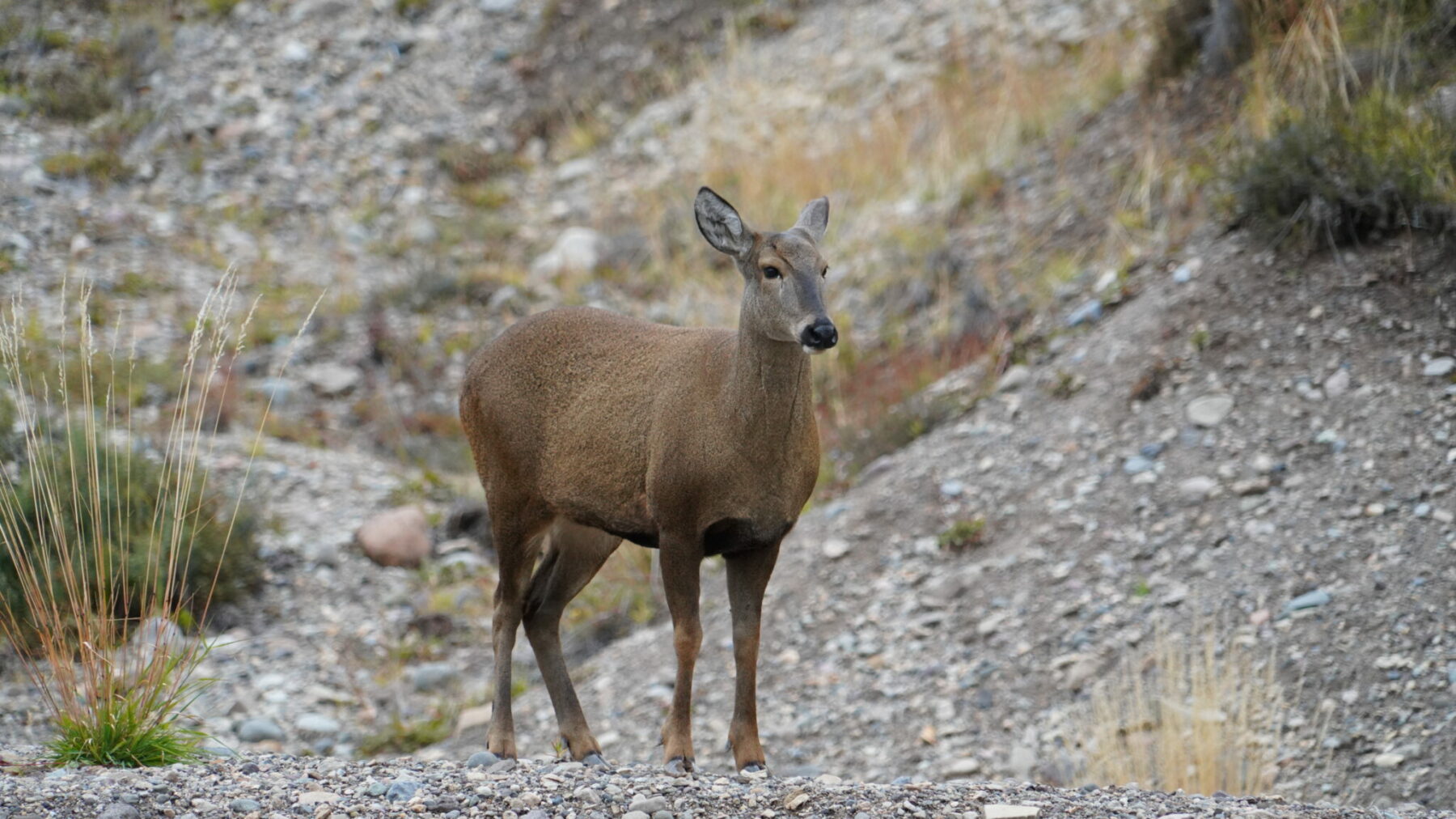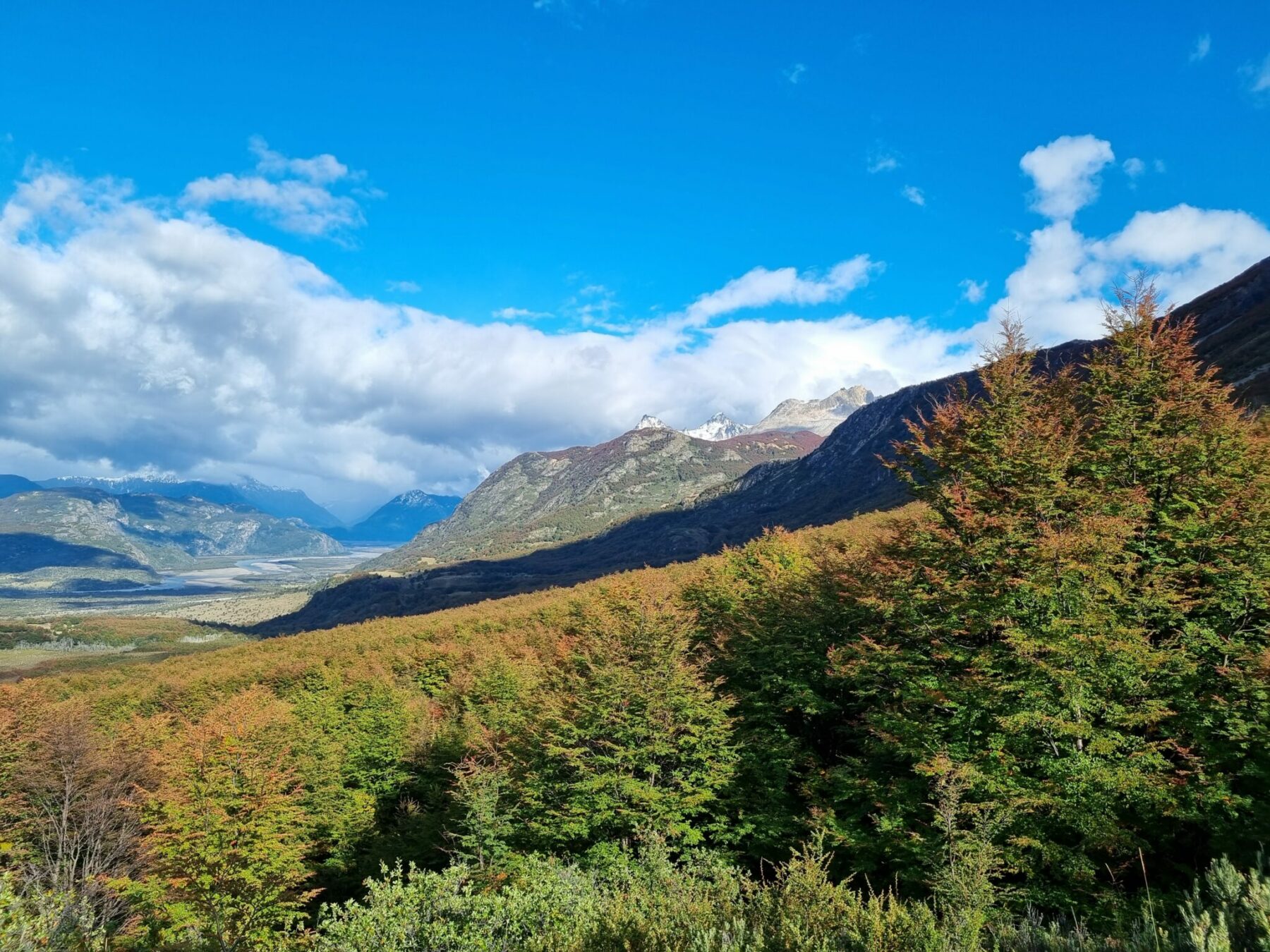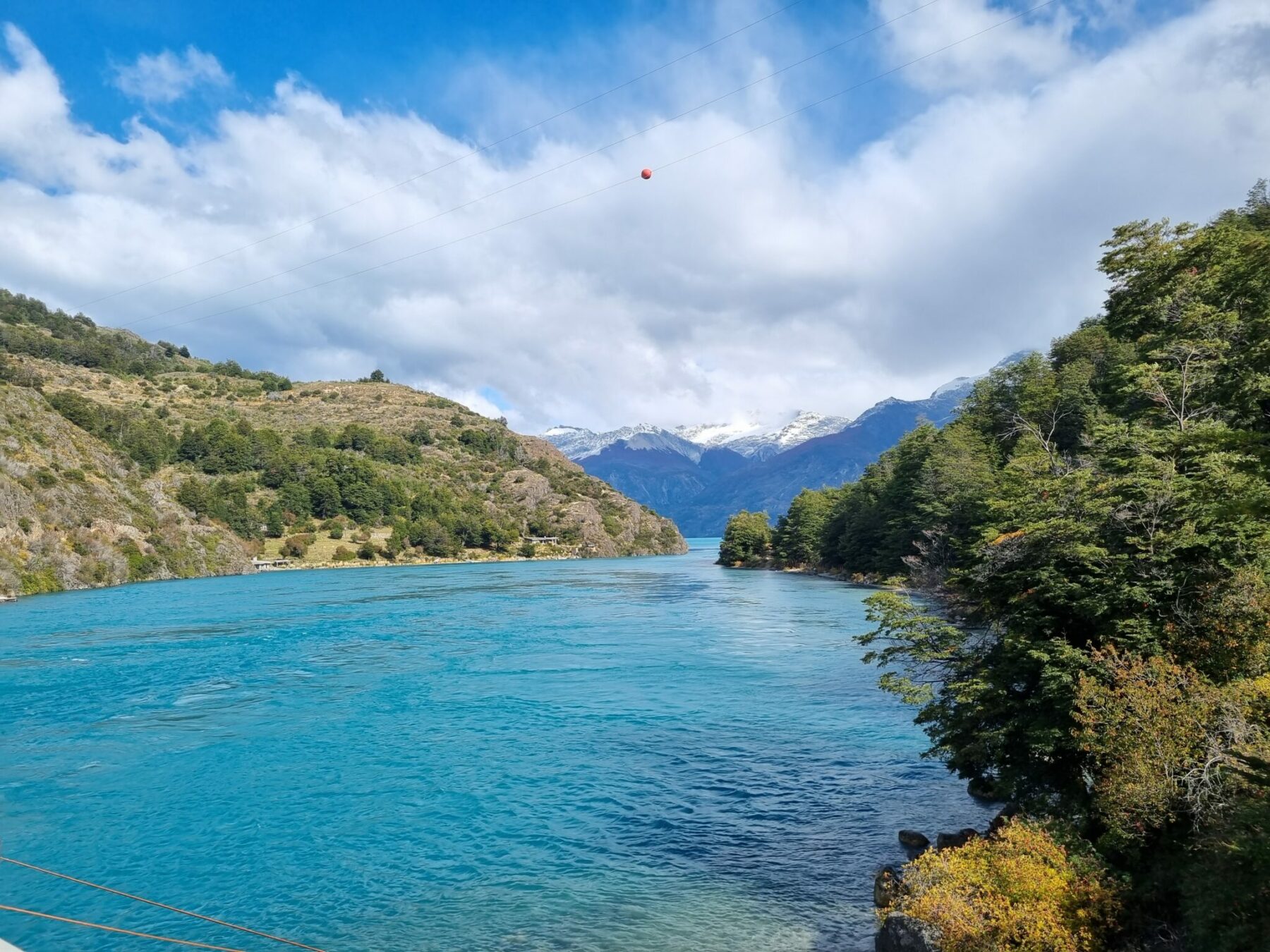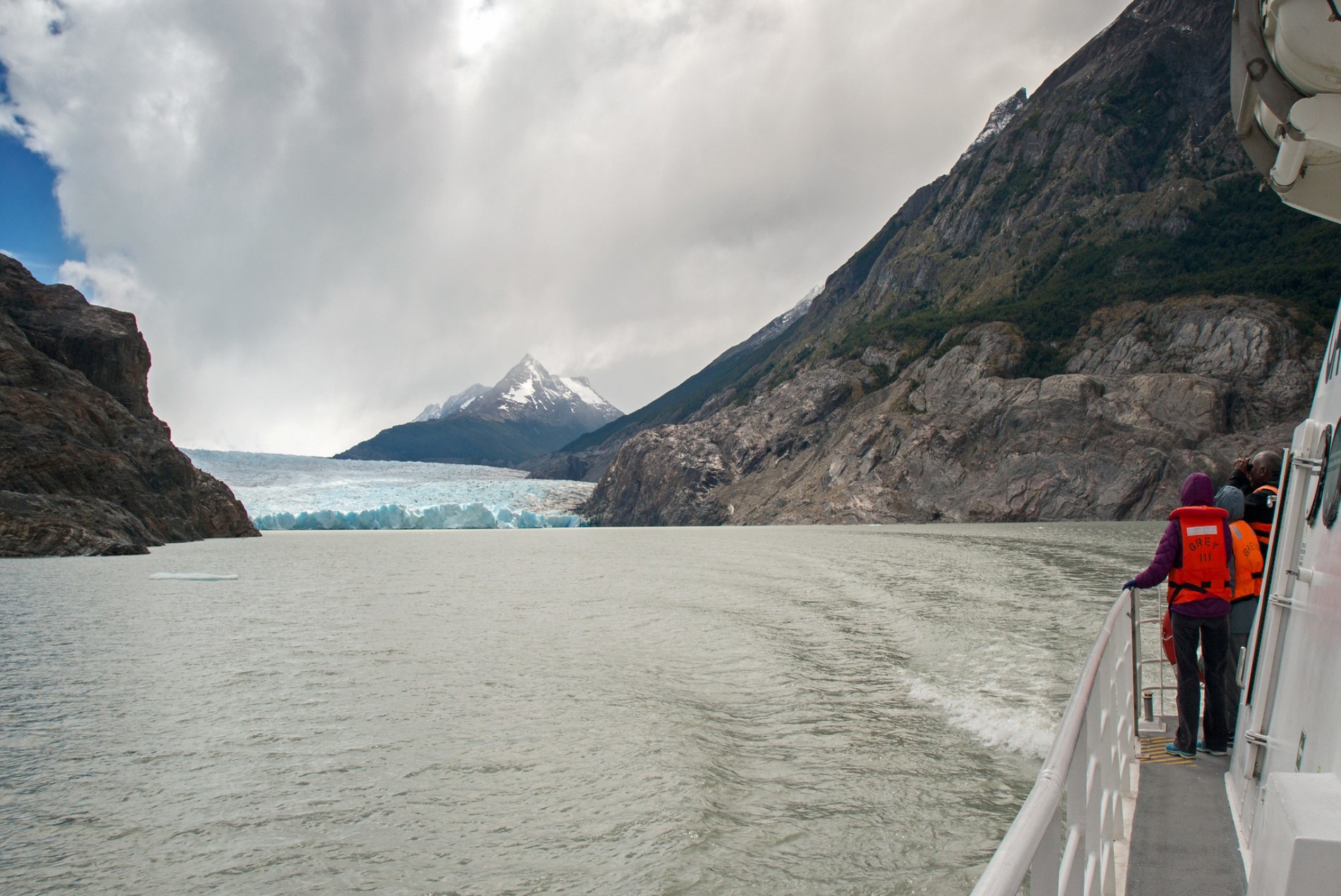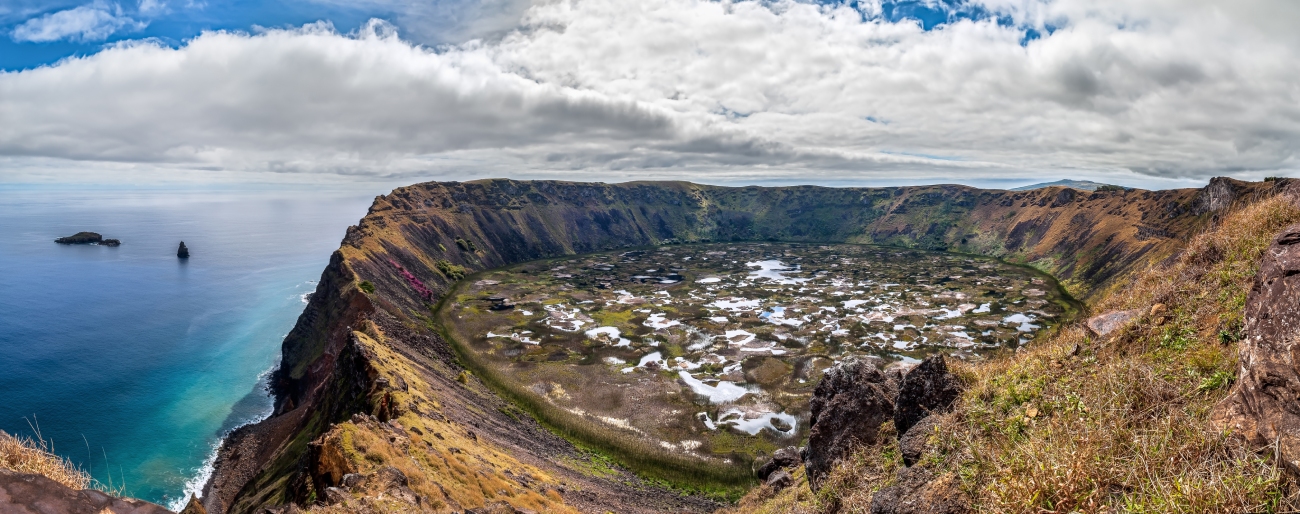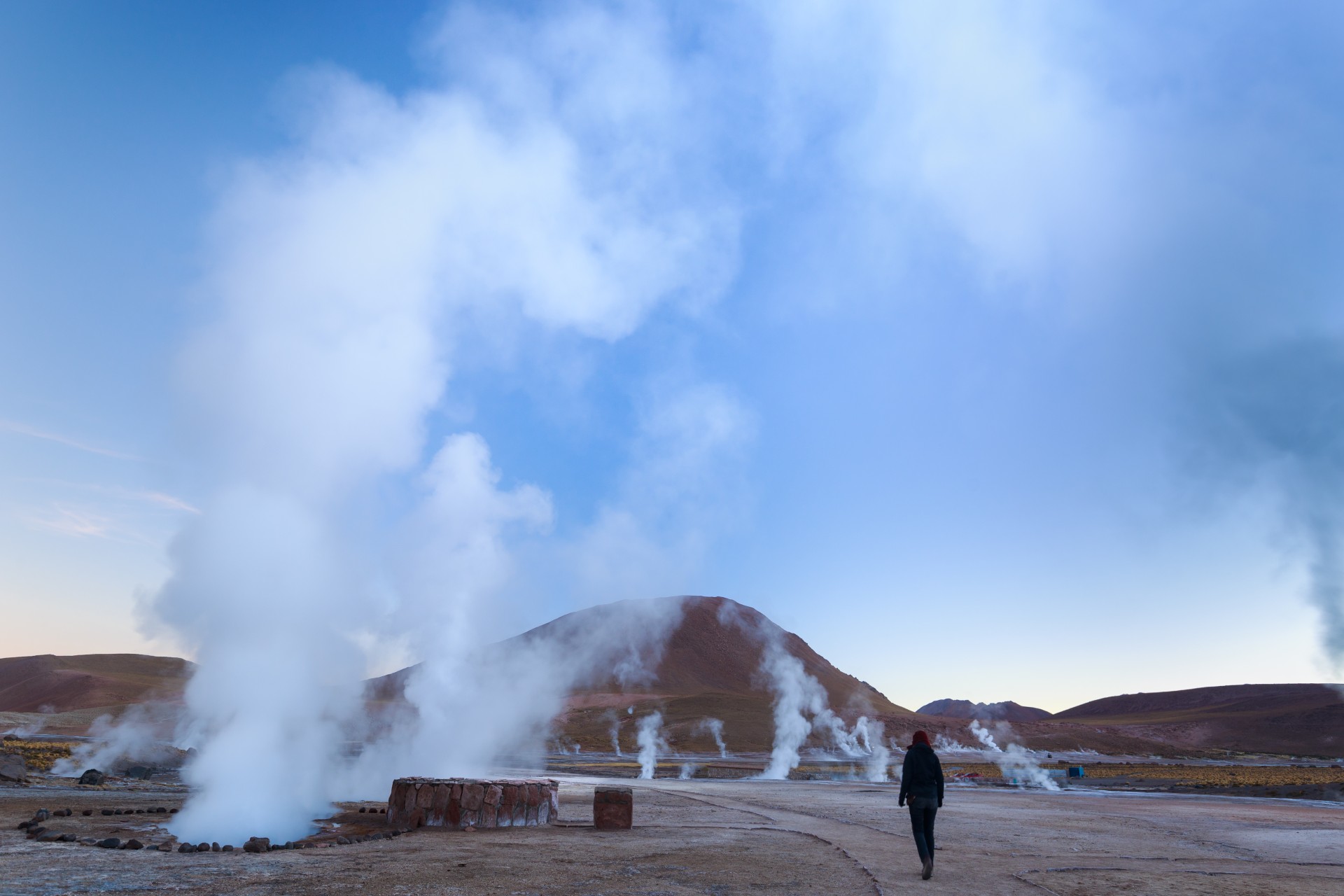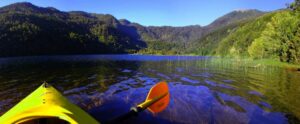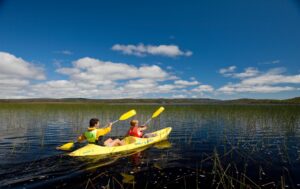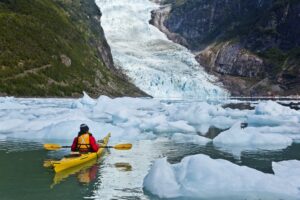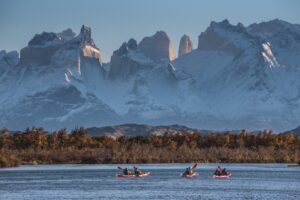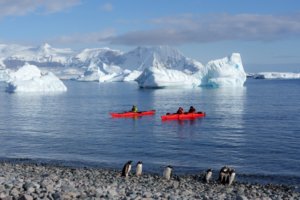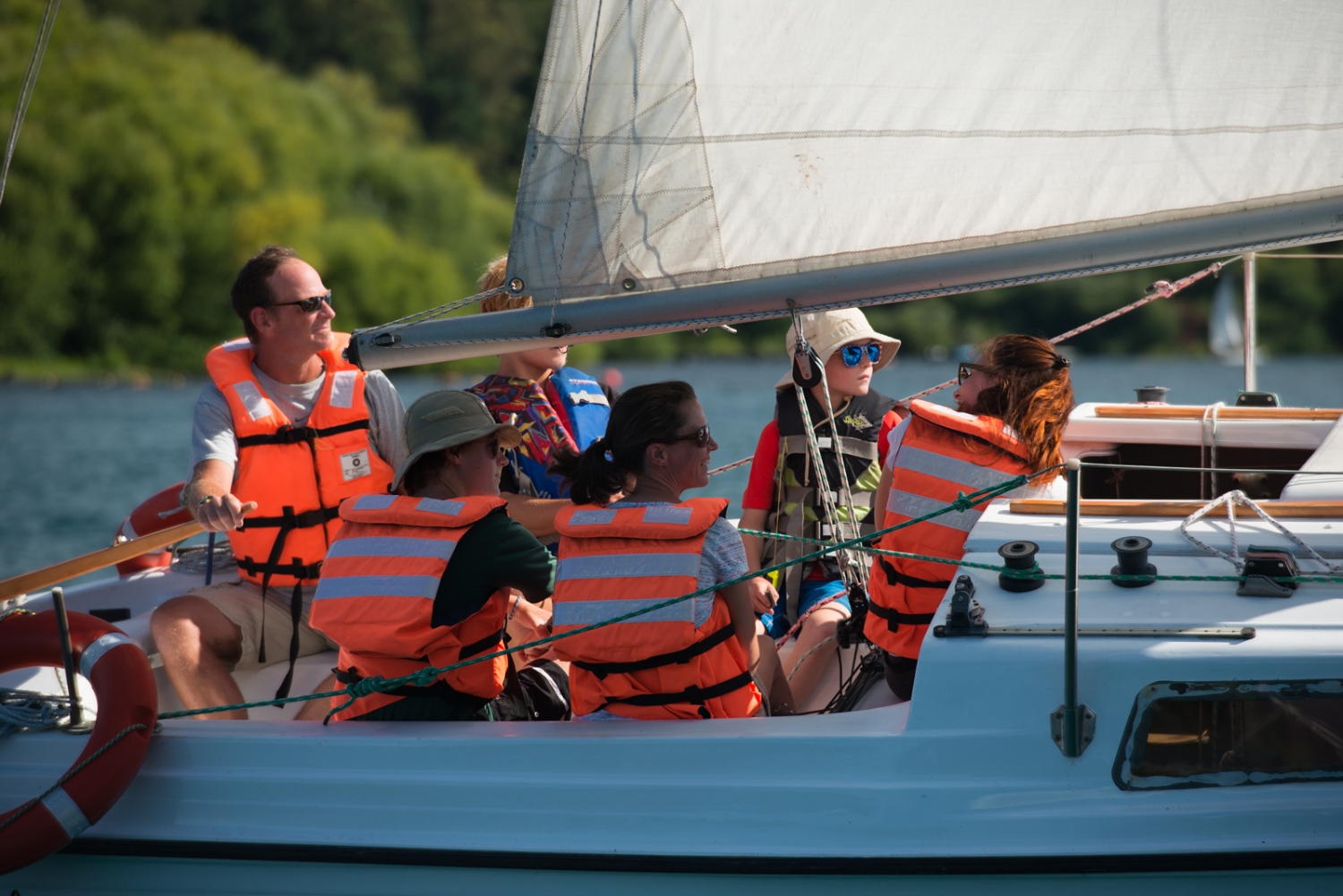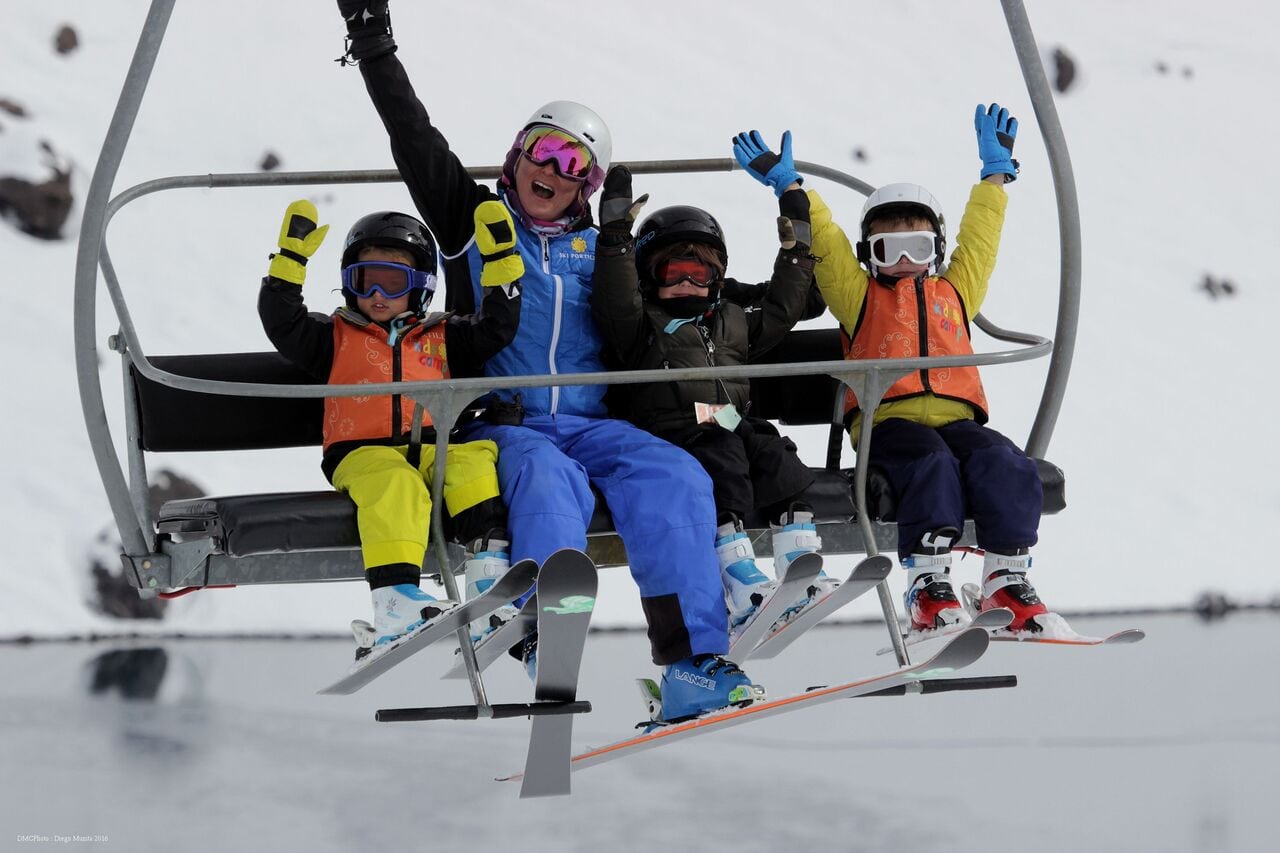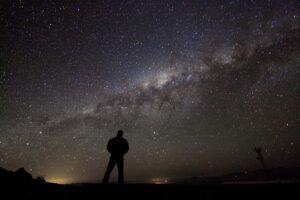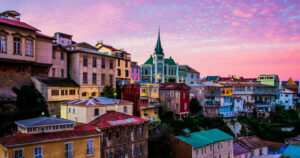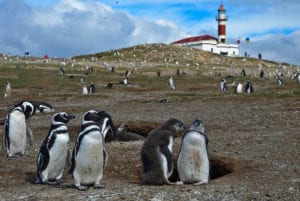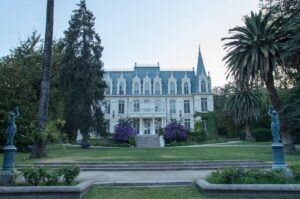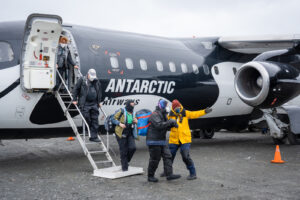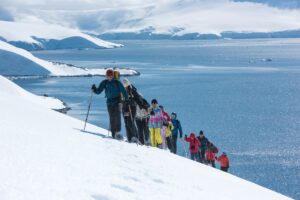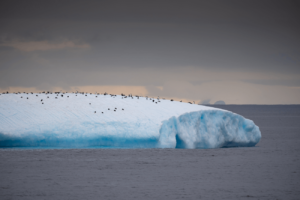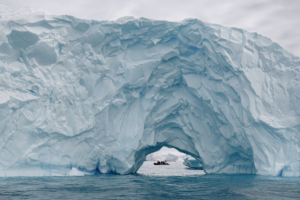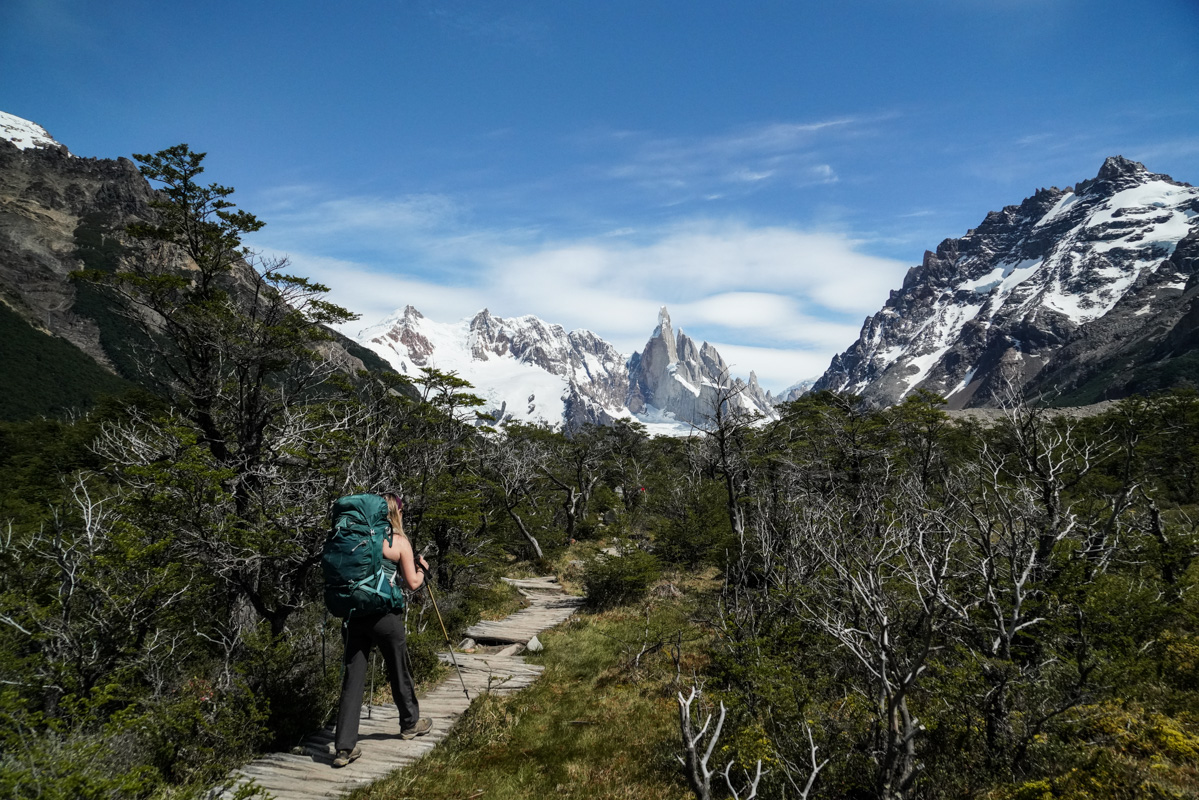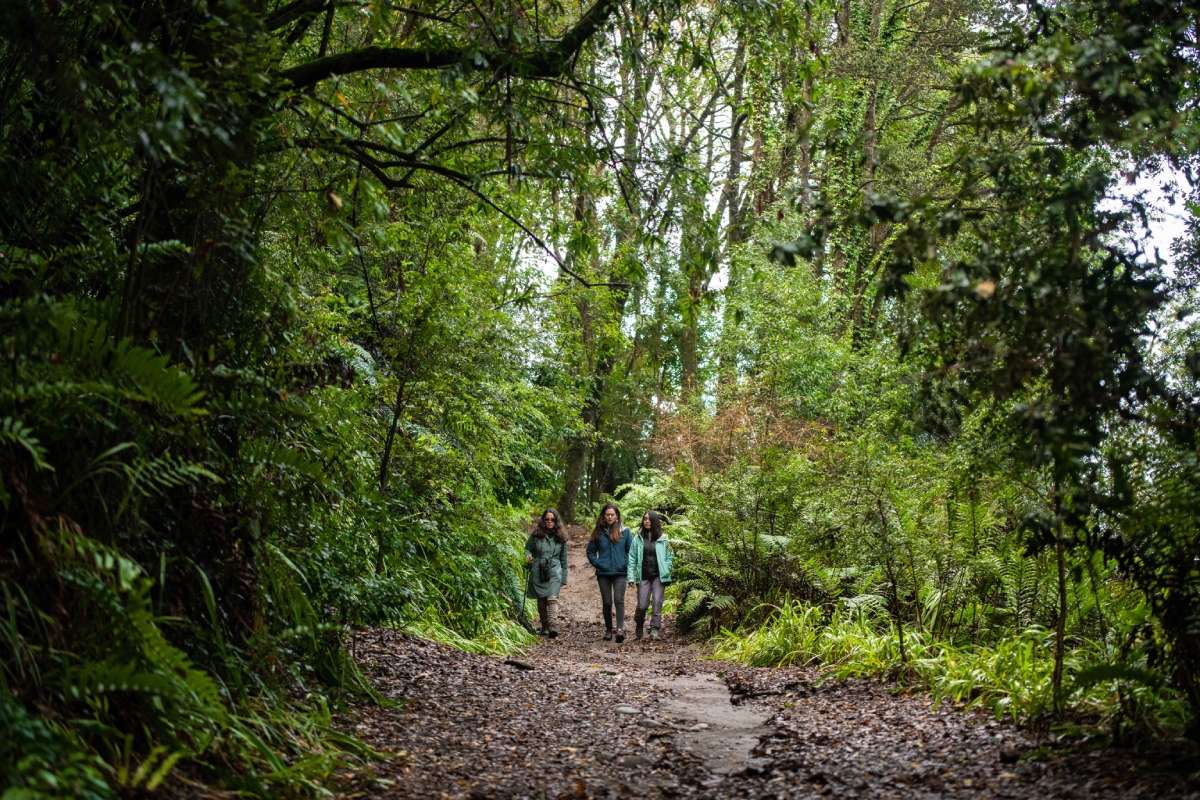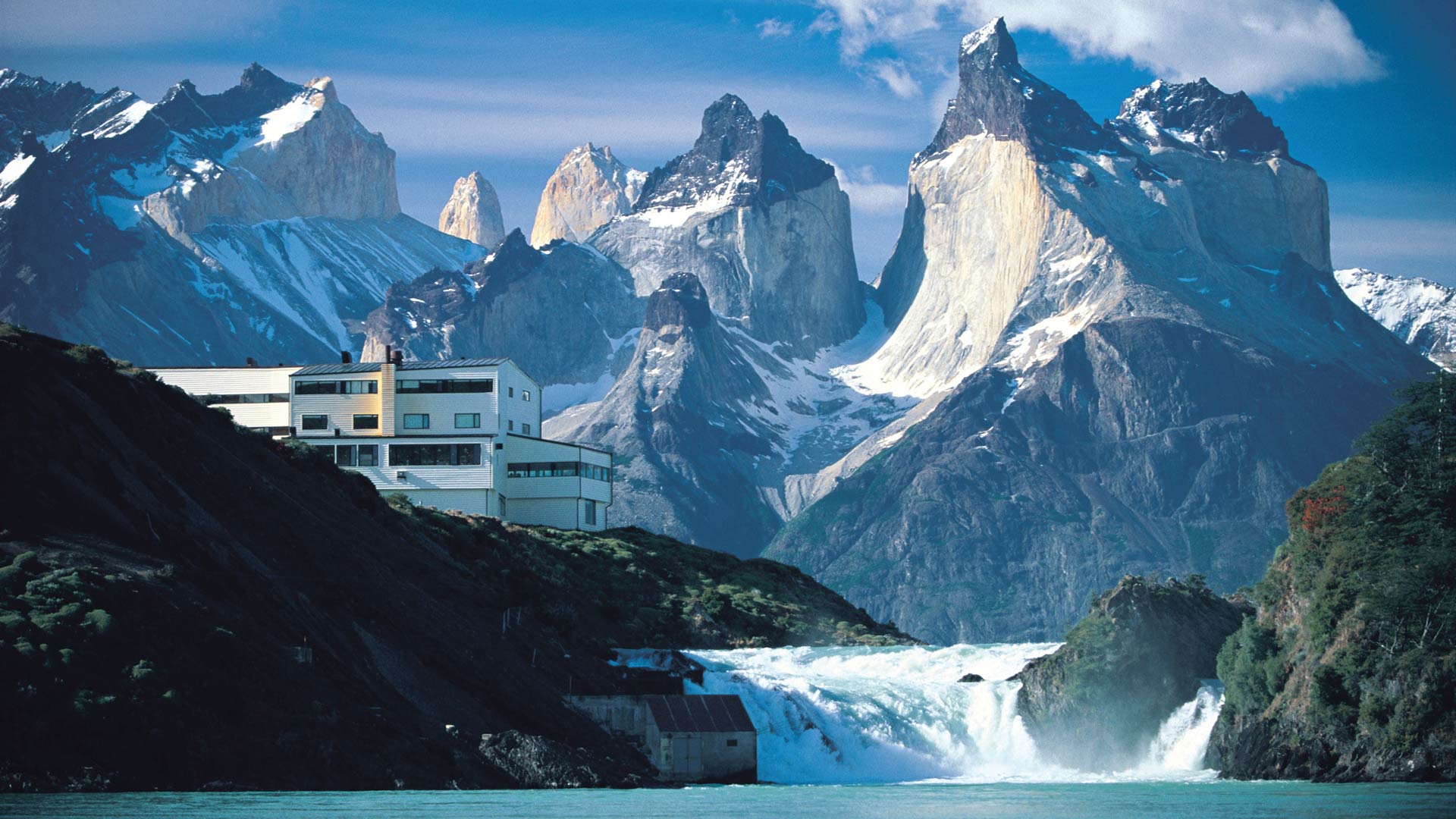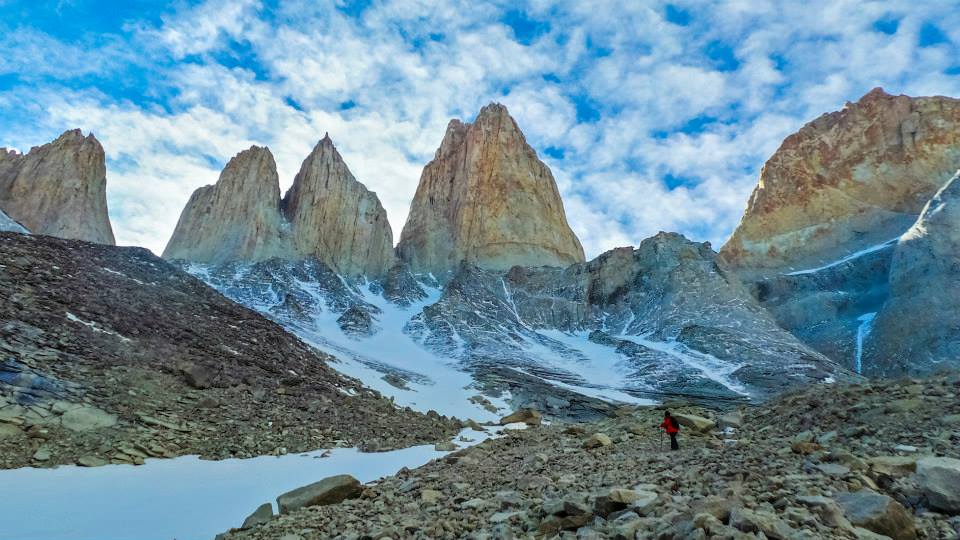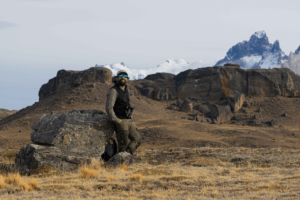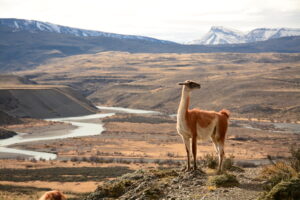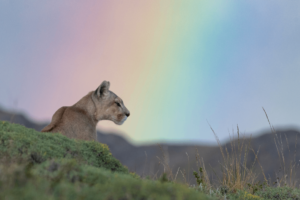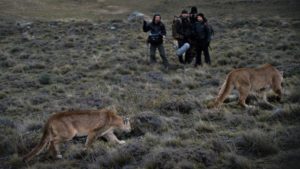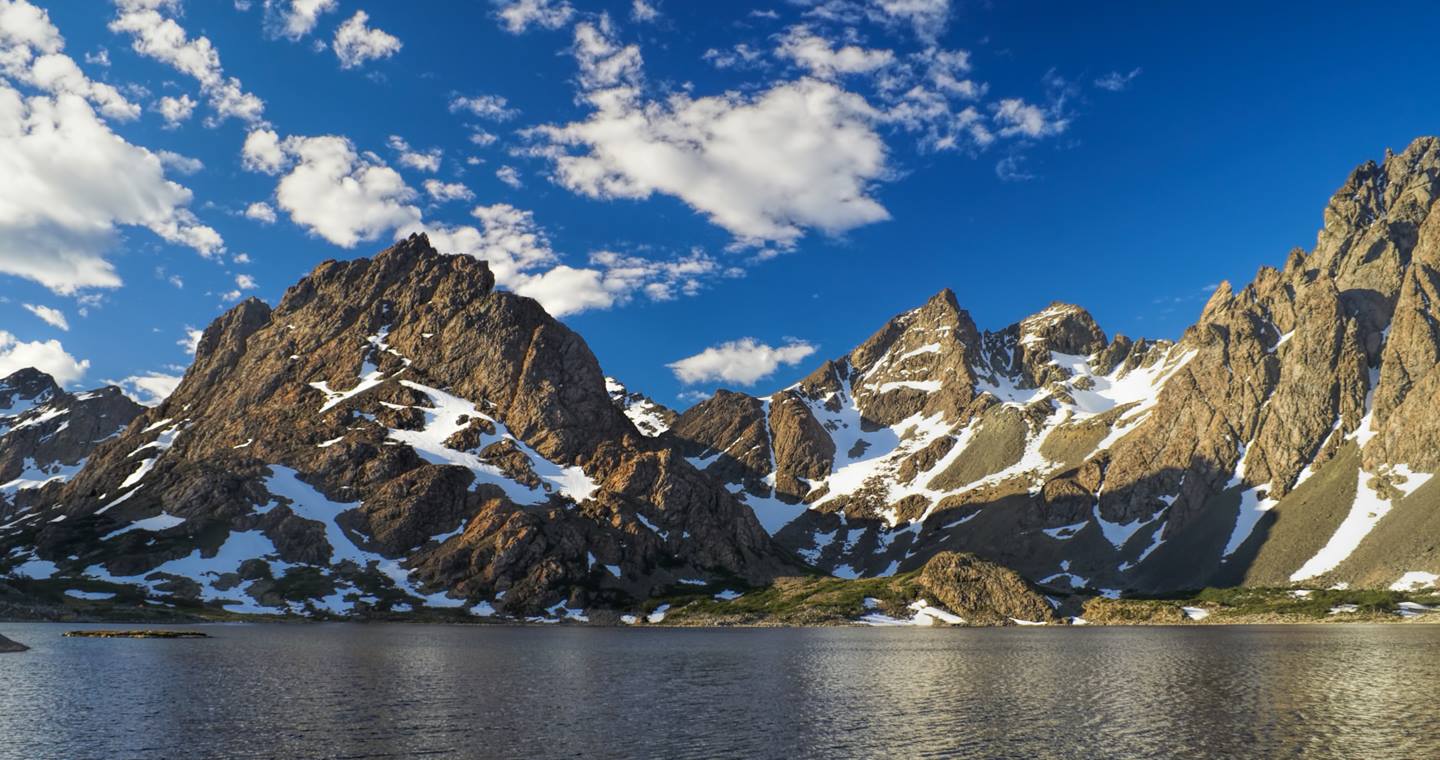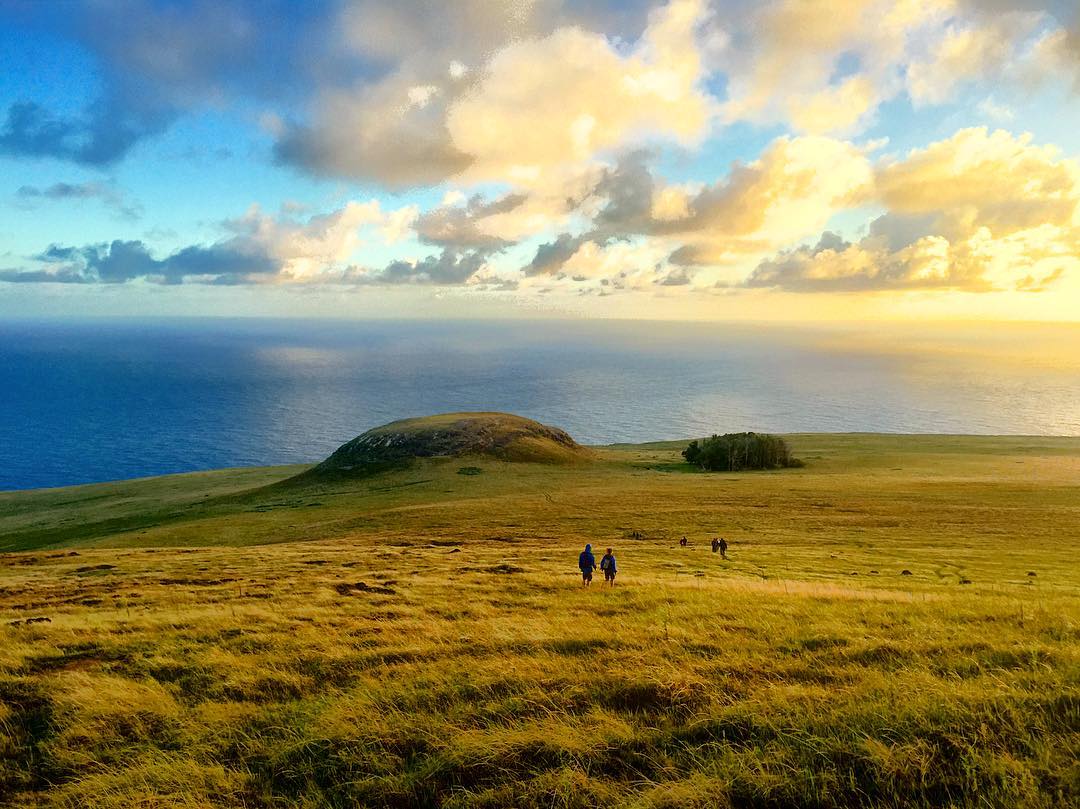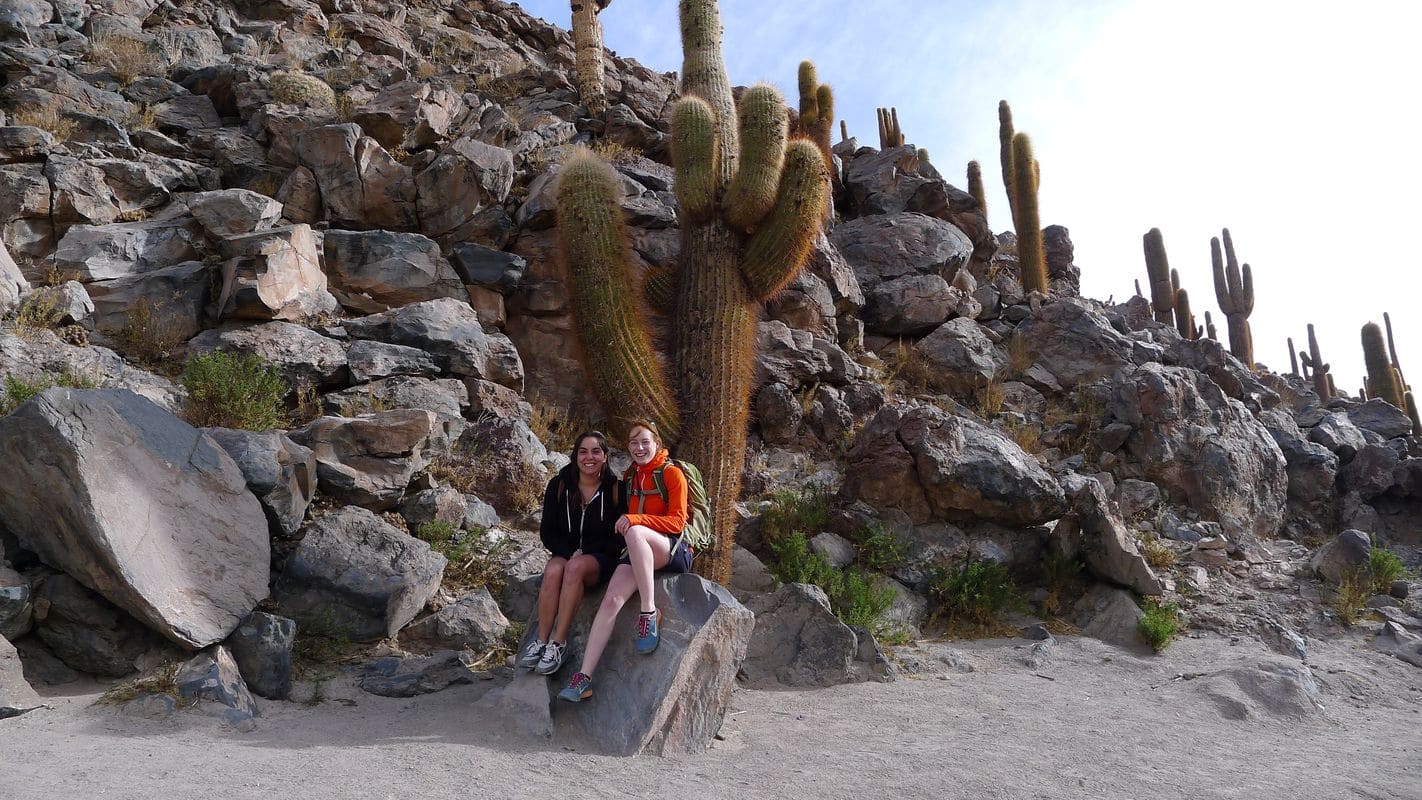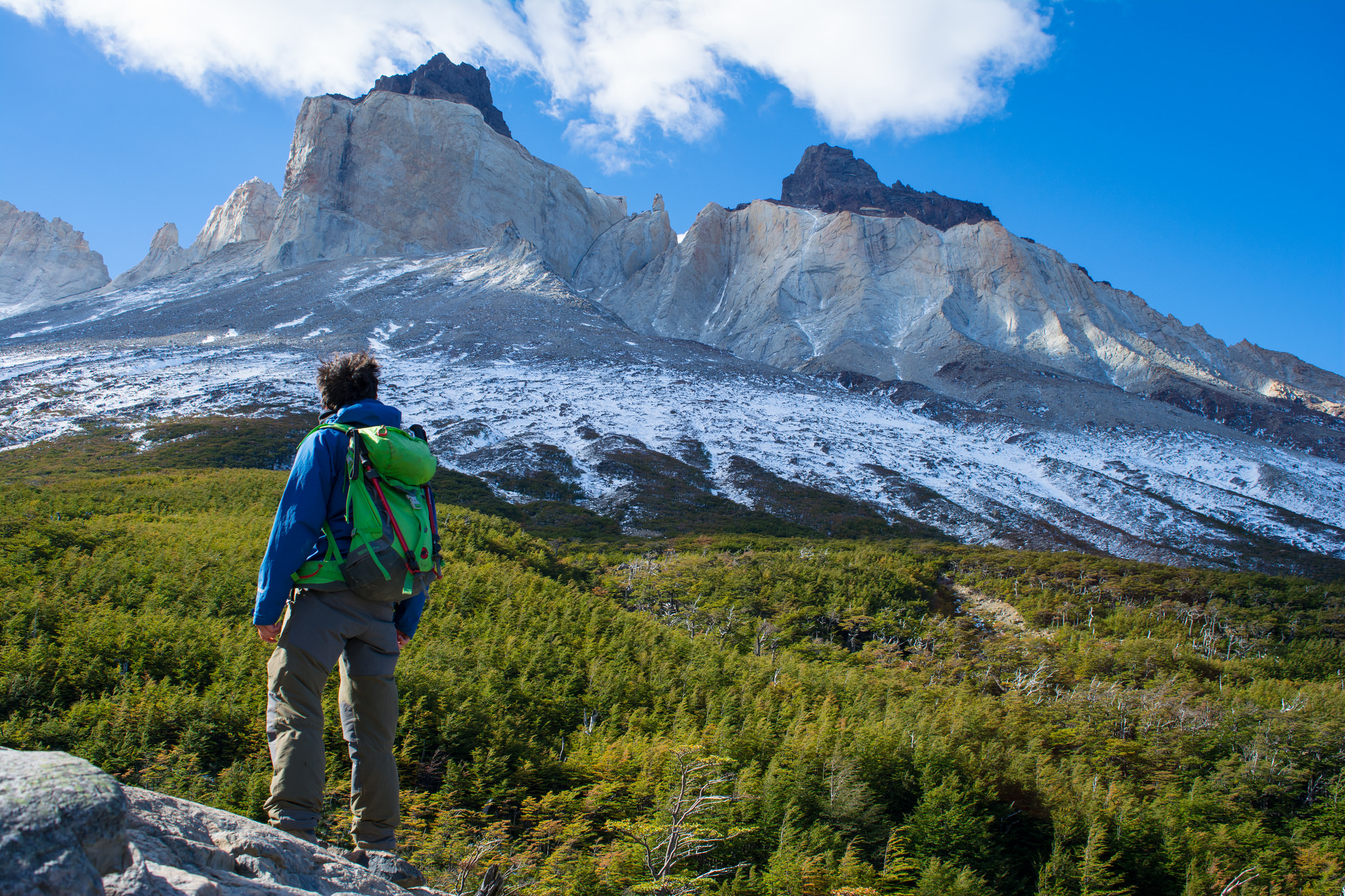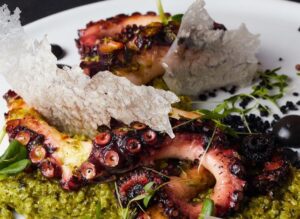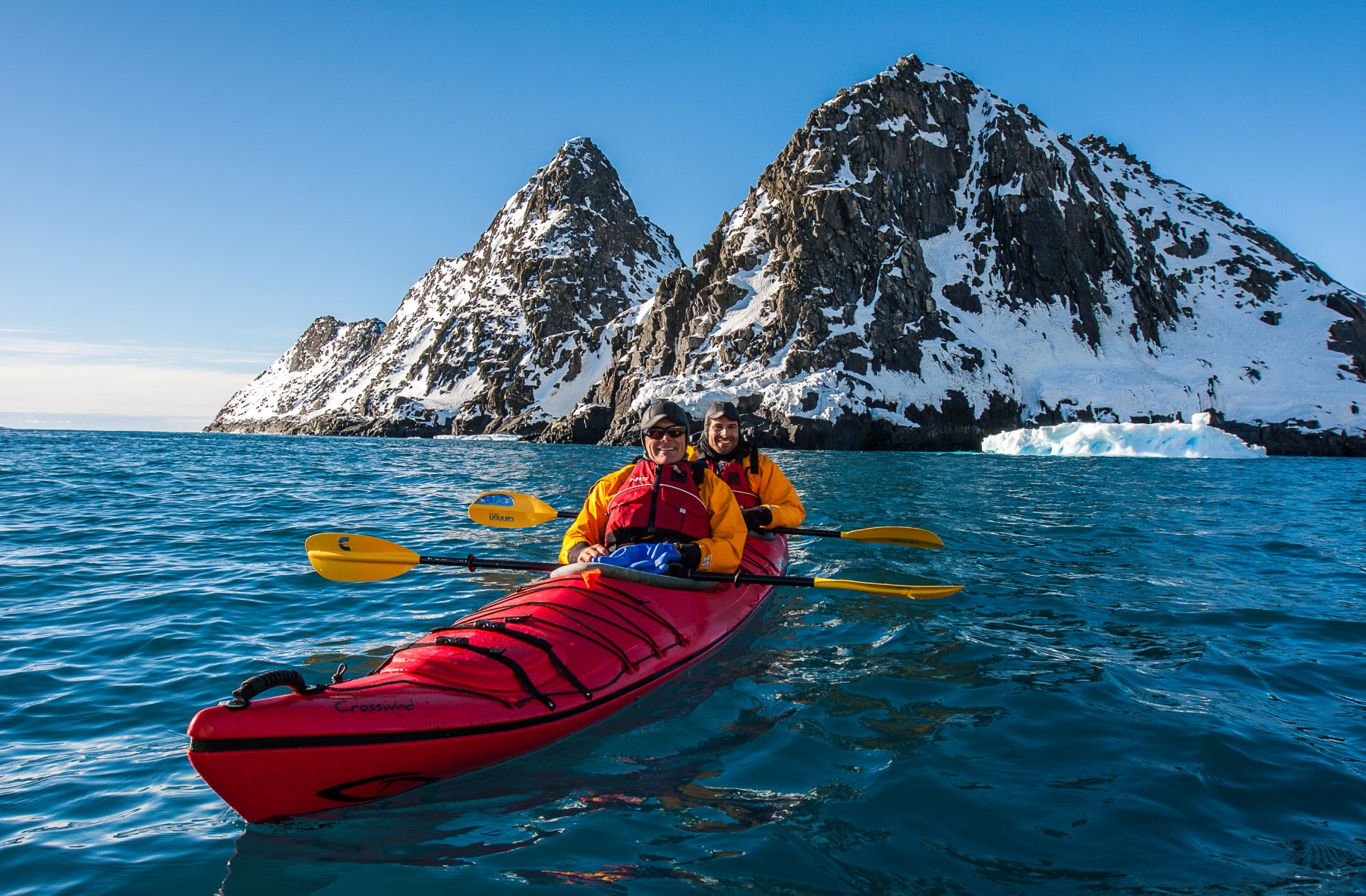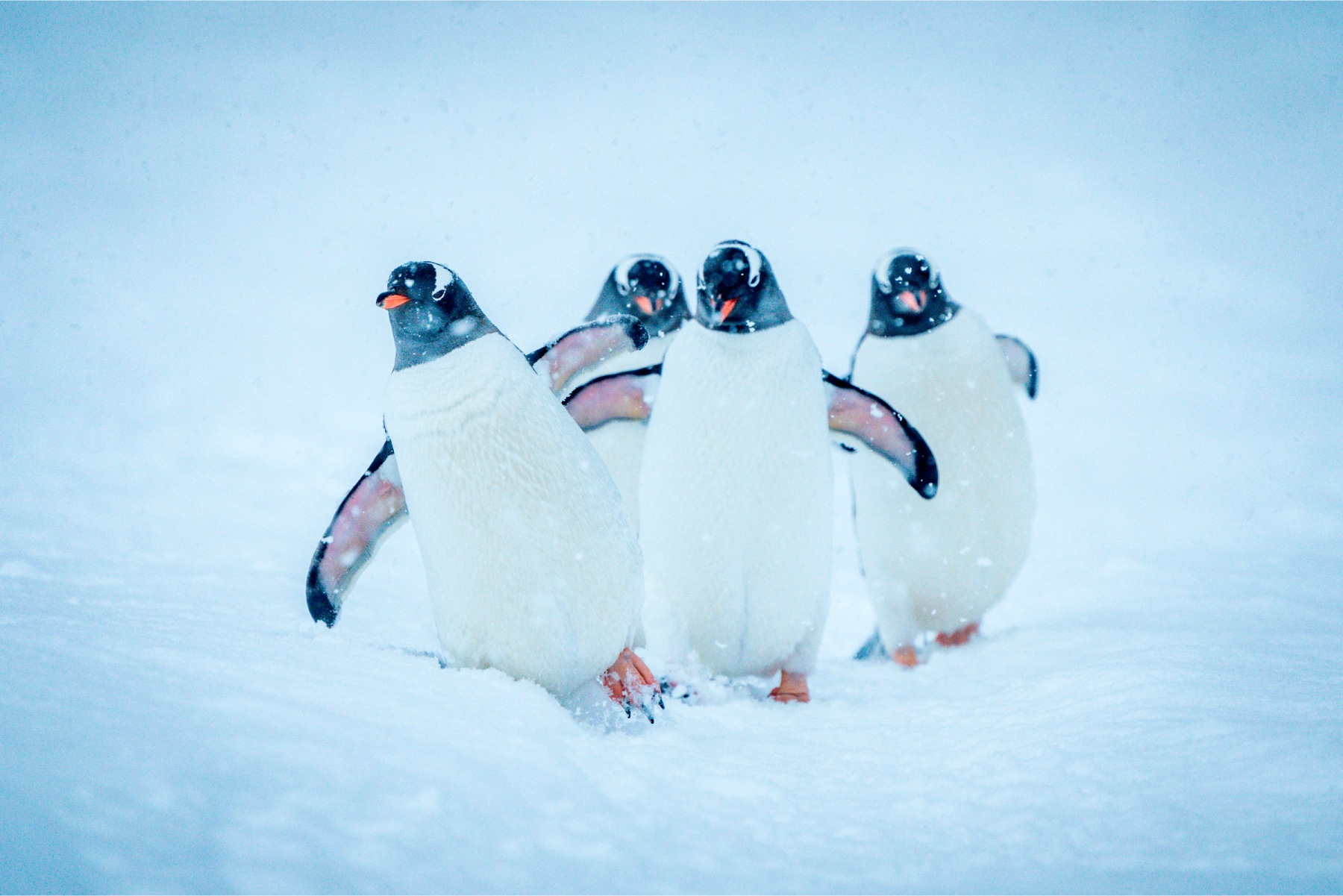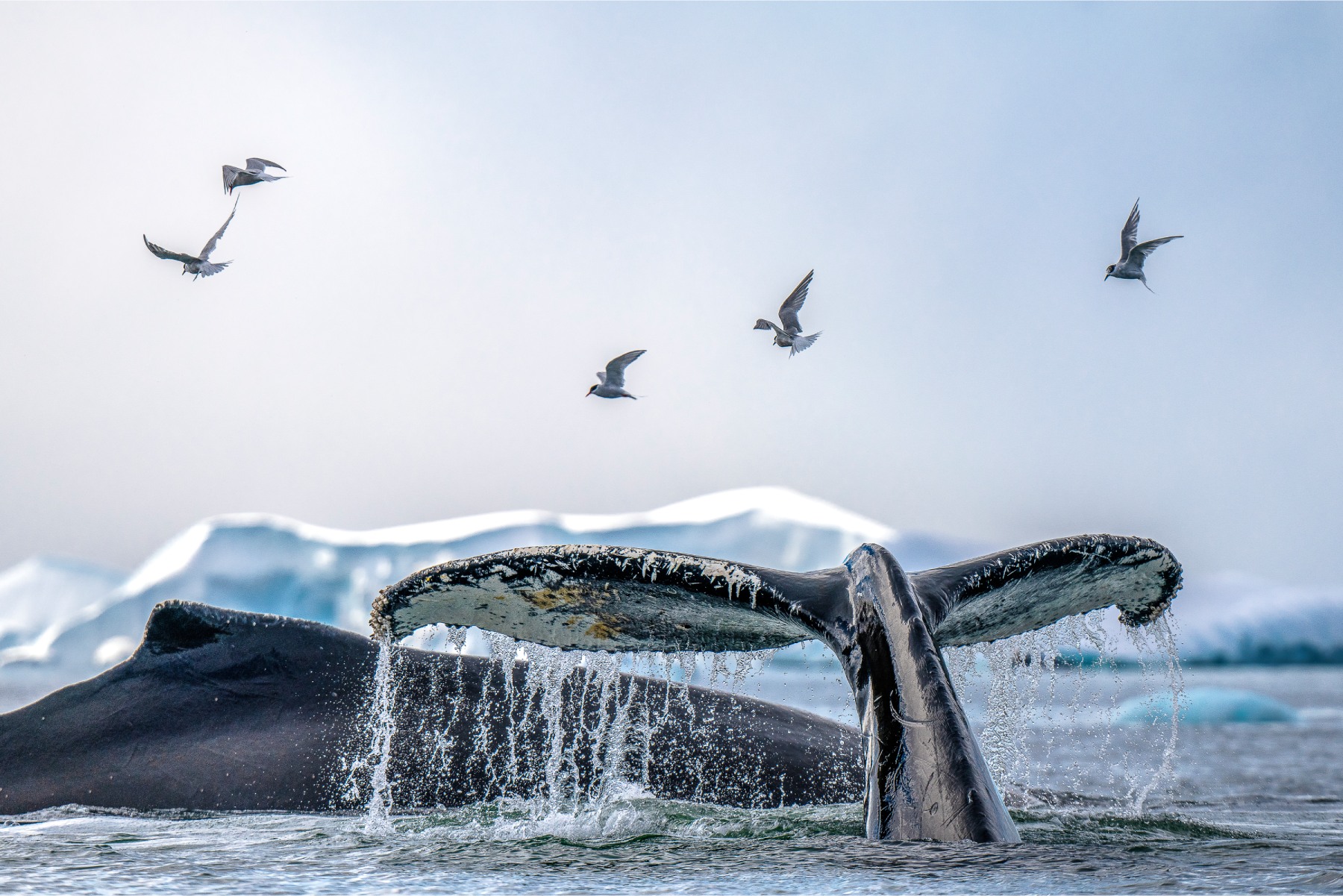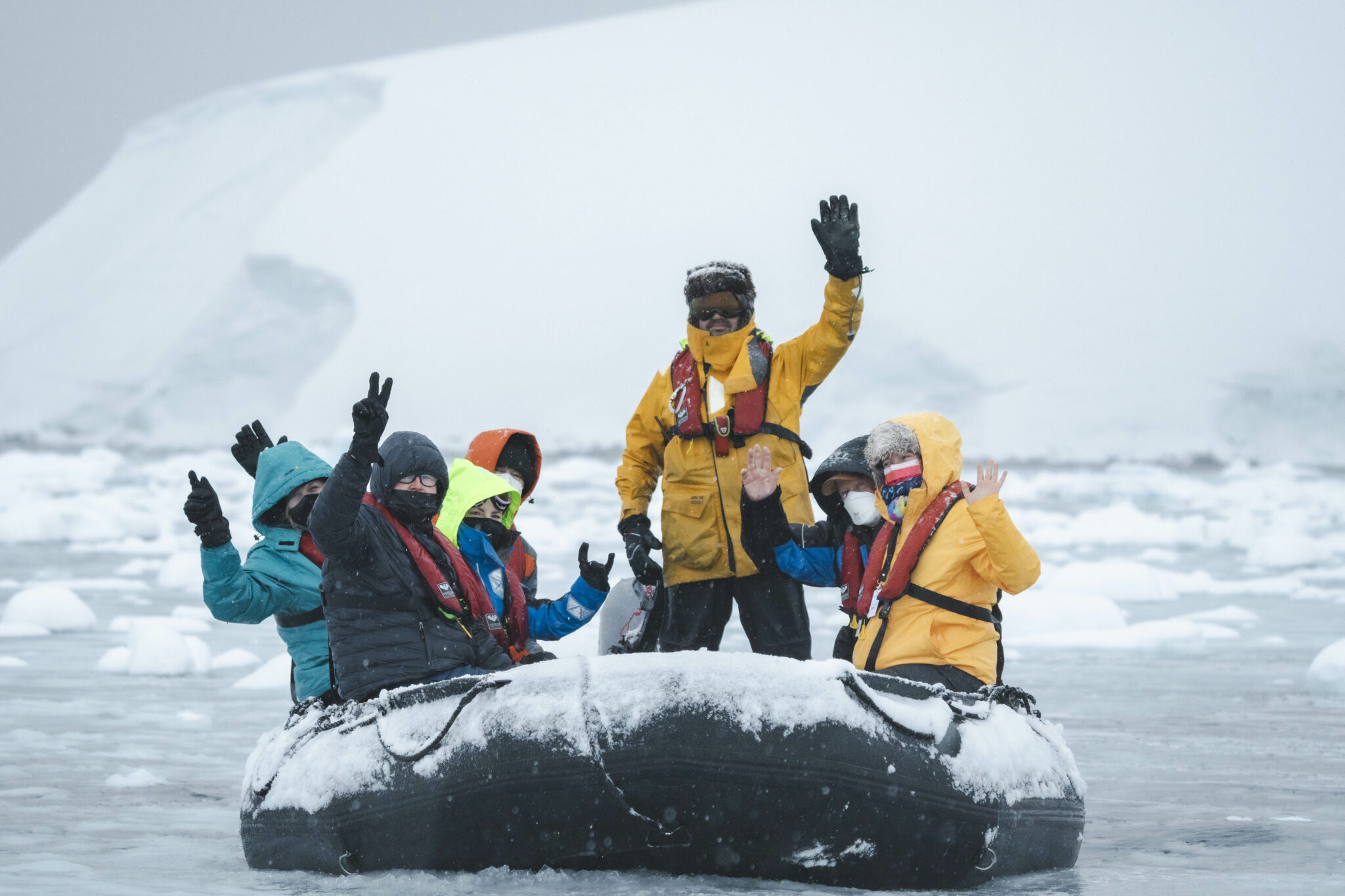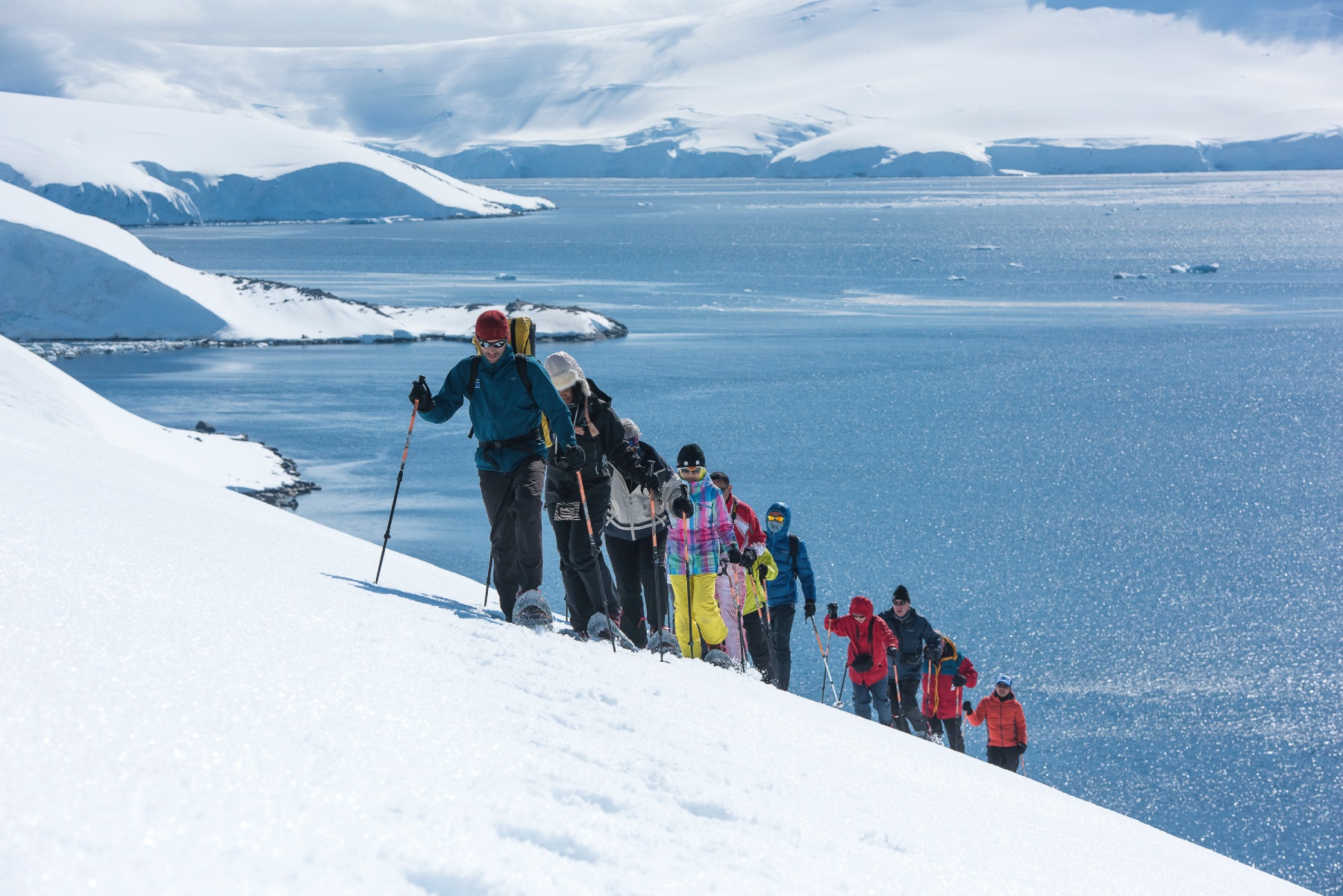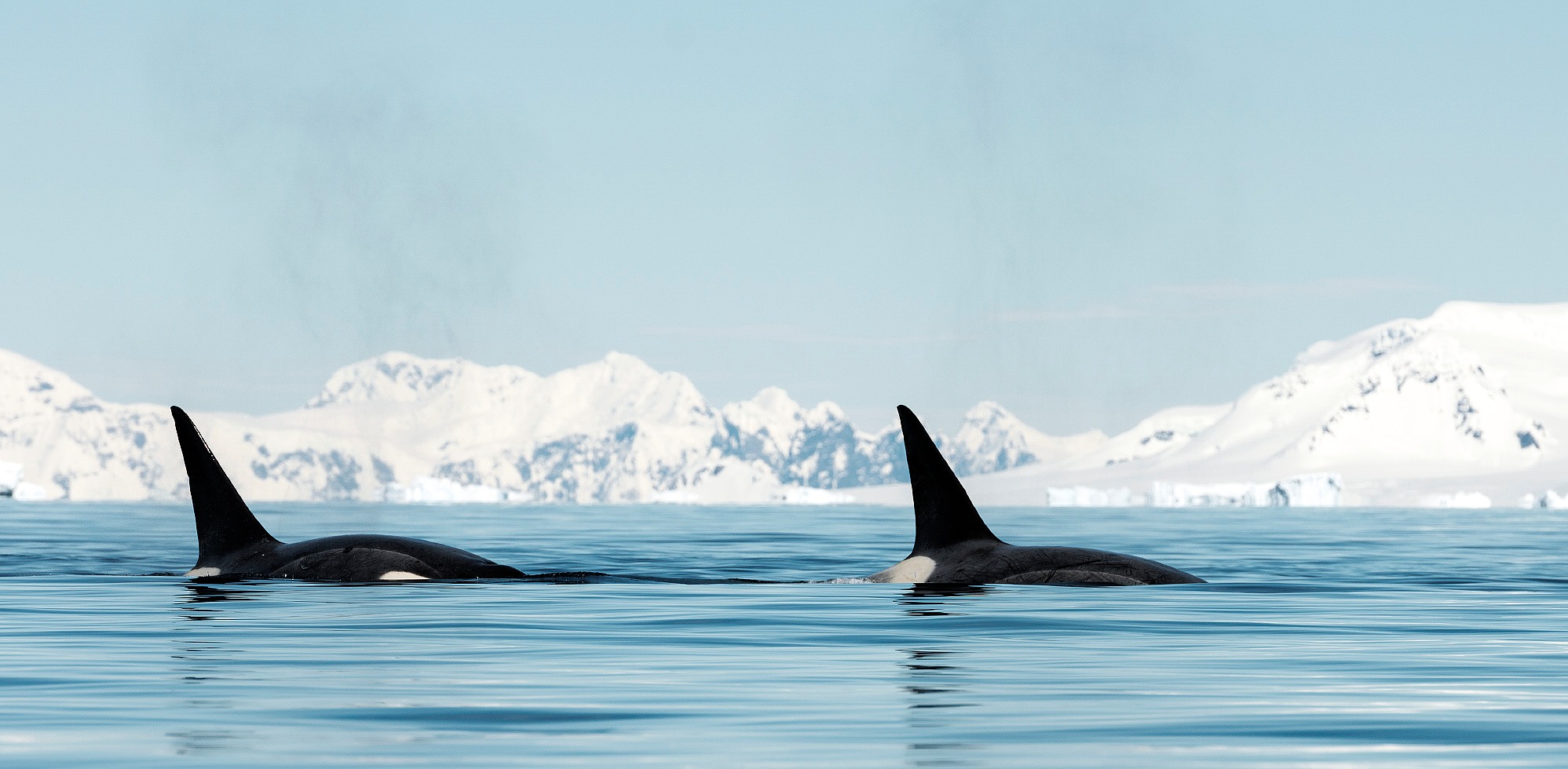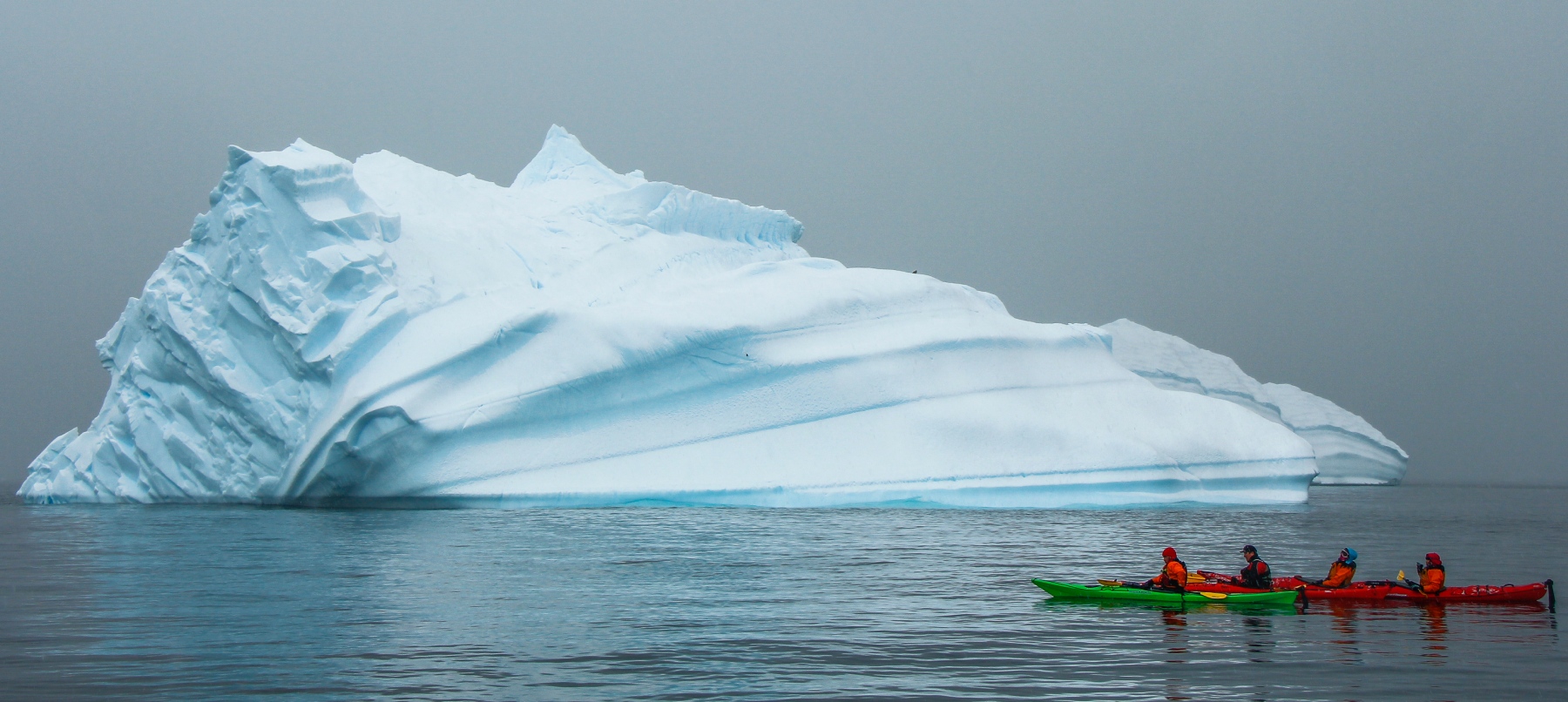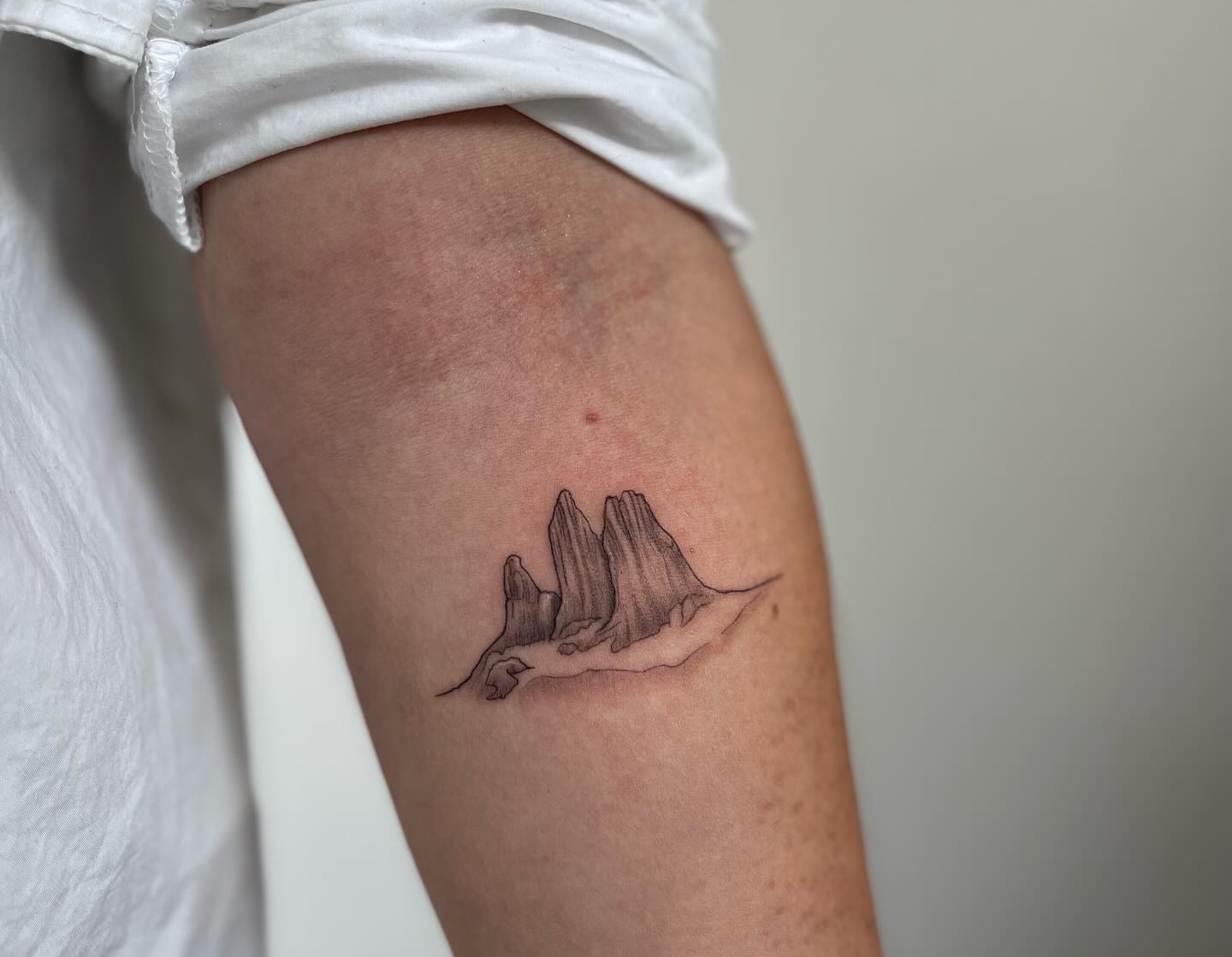Conguillio National Park is Chile’s most famous park you’ve never heard of. It’s a real favorite amongst locals, but little known amongst visitors from abroad. Located in the Araucanía region in southern Chile, this park is one of the most beautiful places in the country. With dramatic landscapes that show layers of rock built up by the volcanic explosions of the double-peaked Llaima volcano and millenia-old forests of native majestic Araucaria trees, Conguillio offers an immersion into the power of nature that instills peace and awe in equal measure.
Lying off Chile’s main tourist track, this is a great destination for visitors returning to Chile and looking for something a little different. Its location in the heart of the central-southern region means it’s an ideal stop on a road trip through Chile’s lakes. For a longer trip, you could even continue across the Andes to the picturesque landscapes of Bariloche, San Martin de los Andes, and Villa Angostura in Argentina. Conguillio is also a brilliant option for families, with a variety of activities for all abilities. For any dinosaur fans out there, the park is believed to be as close as it gets to the landscapes that dinos walked amongst, too!
Accommodation
Upon arriving at the park and checking in with the rangers, you’ll be immediately struck by the black volcanic sand that dominates the terrain on your left. On your right, in contrast, you’ll find a tranquil stream, the low levels of a forest, and La Baita Lodge – one of the park’s best accommodation options. A cozy and rustic lodge nestled amongst the trees, the main room welcomes you with bookshelves, artisanal decor, and a crackling log fire to set the ambience. With twin rooms, a luxury cabin for two, and a small house for up to four people, the lodge offers a variety of accommodation options. Each option offers beautiful views of the surrounding forest with wide windows so even while inside you feel the embrace of nature around you.
The lodge’s restaurant offers hearty meals of homemade soups, slow-cooked beef, veggie burgers, creamed corn, rustic potatoes, and more with traditional desserts like lemon merengue pie, rice pudding, or pancakes to finish off. For the full Patagonian experience, be sure to ask for an asado in advance – a traditional Chilean barbeque with meats, salads and potatoes.
Within the lodge’s grounds, you can find a short trail to the lodge’s lookout point, which offers breathtaking views of the volcano opposite. Or to decompress after a day of hiking, soak in the wood-fired hot tubs in the evening – just be sure to ask ahead for this.
Other accommodation options in the park are generally more basic. They’re similar to hiking refuges with simple facilities. While there are some great hotels outside of the park, you can expect to add considerably more time (30 minutes – 1 hour) to arrive for your activities.
Activities
The park is best known for its hiking trails that take you to some of the most spectacular wonders it has to offer. For the most experienced hikers, climbing the volcano is an unforgettable experience. Be sure to go with a guide for this route. Although it’s not a requirement, they’ll help you with equipment and ensure the route is safe.
For more moderate adventurers, the Sierra Nevada is a must in this park. The route takes you from the trail head at the southeast corner of Laguna Conguillio to one of the most incredible views of the park. The approximately 11km (round-trip) hike takes you through a dense forest of araucaria and cypress trees. As you ascend, the foliage clears for low level bushes, and a hint of the view you’ll see from the top over the park. In the slopes around you, you’ll see tall, powerful waterfalls, a sea of green canopy, and glimpses of the park’s geographic highlights.
But the real treat comes as you approach the summit. Walk over the snow that remains from the winter to pass around the back of the ridge and emerge with a truly jaw-dropping view at the height of the Sierra Nevada. Look in awe at the lake where you started your route, the astounding volcano in the distance, and the forest where the araucaria trees proudly tower above the rest. There are fewer better places to stop for lunch…
If you’re looking for a shorter walk, look no further than the mesmerizing Laguna Arcoiris, or Rainbow Lagoon. It gets its name from the dazzling colors produced by the light bouncing off the emerald-blue lake. Through the clear water, you can see the trees that fell in the volcanic explosion that created the lake when the lava blocked its exit. As enticing as it looks, swimming is prohibited in the lake to maintain the incredible beauty. But a leisurely 30-minute walk around the edge is a no less impressive experience, passing through an enchanting forest and walking over volcanic rock.
Araucaria trees
One thing that makes Conguillio so special is its abundance of Araucaria trees. These monkey puzzles are found exclusively in the central-southern zones of Chile and western Argentina, with a cousin variety in Brazil. The trees grow incredibly slowly but powerfully and represent an important symbol in Chilean and Mapuche culture. The trees produce piñones, which have the texture of chestnuts and the taste of pine seeds. Nutritionally dense (and extremely delicious!), the seeds provide a significant source of sustenance for the indigenous peoples who live in these areas.
These trees are also one of the longest-living species in Latin America. Within Conguillio, the nature walk to the Araucaria Madre – or mother Araucaria – feels almost spiritual. Ironically, the tree is actually male, identifiable by the cones it produces. But it is described as the ‘mother’ as it is the oldest of its kind known in the park at an astounding 1800 years old, a feat made more impressive by its proximity to Llaima – the second most active volcano in Chile!
The route – around 6km round trip – takes you deep into the raw nature of the forest. Keep your eyes peeled here for fascinating fungi, fallen trees whose roots look like works of art, and creepy crawlies like black snails! You’ll pass a tree so wide it takes 7 people to hug it (the Ecochile and Ecoargentina teams tried), a rushing river that’s carved through the vegetation, and incredible examples of nature’s adaptations.
—
Exploring the park with a guide is more than recommended to learn about the flora and fauna, as well as the cultures and histories of the area. However, if you prefer to explore on your own, we recommend renting a car from Temuco or a previous destination on your trip so you can navigate the park at your own pace. Be sure to invest in a good guidebooks about Chile’s nature too to appreciate the park’s unique and amazing features.
—
If you’re looking to venture somewhere new on your next trip to Chile, have a look at our Lake District Adventure itinerary or speak to an Ecochile specialist today for more information.

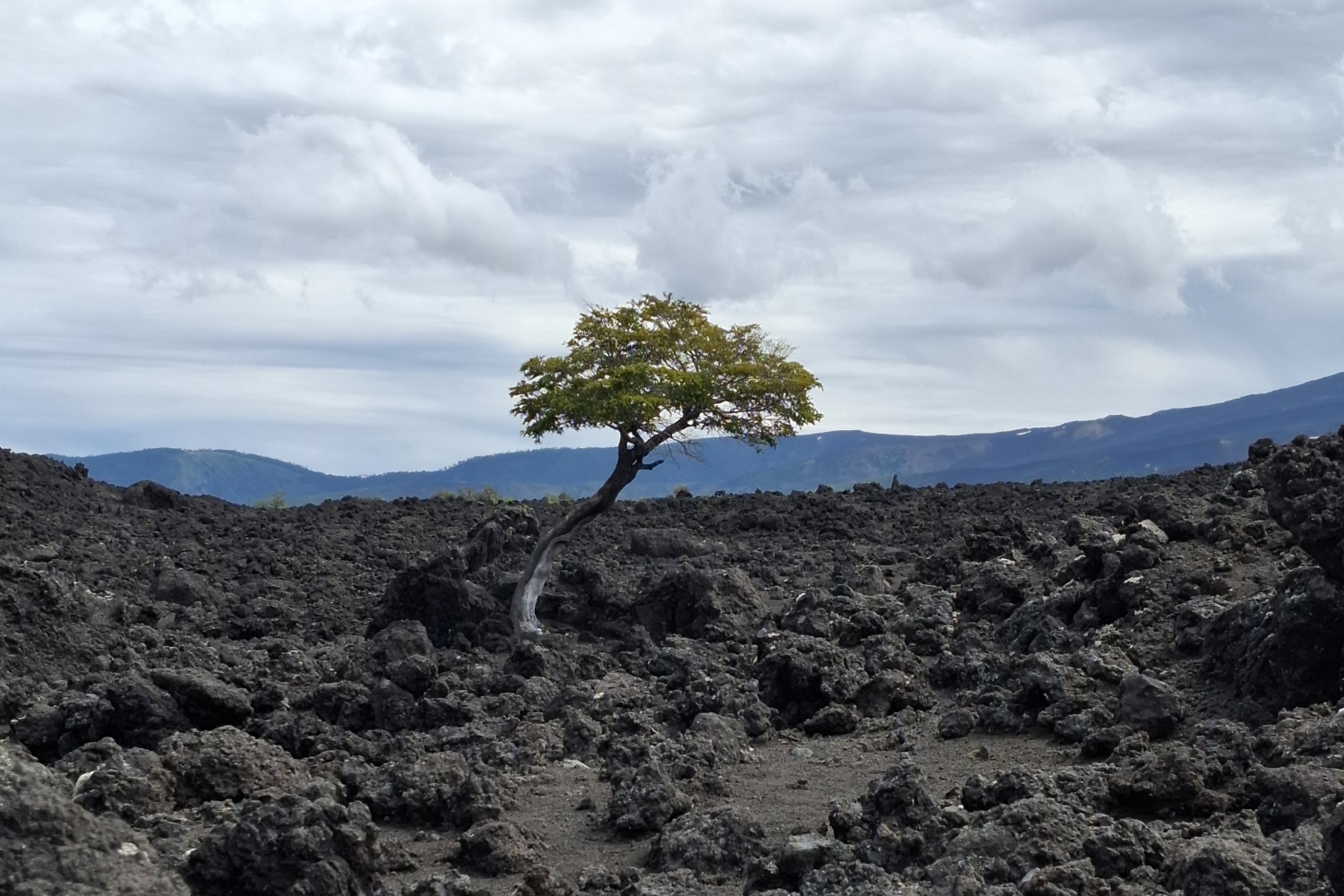
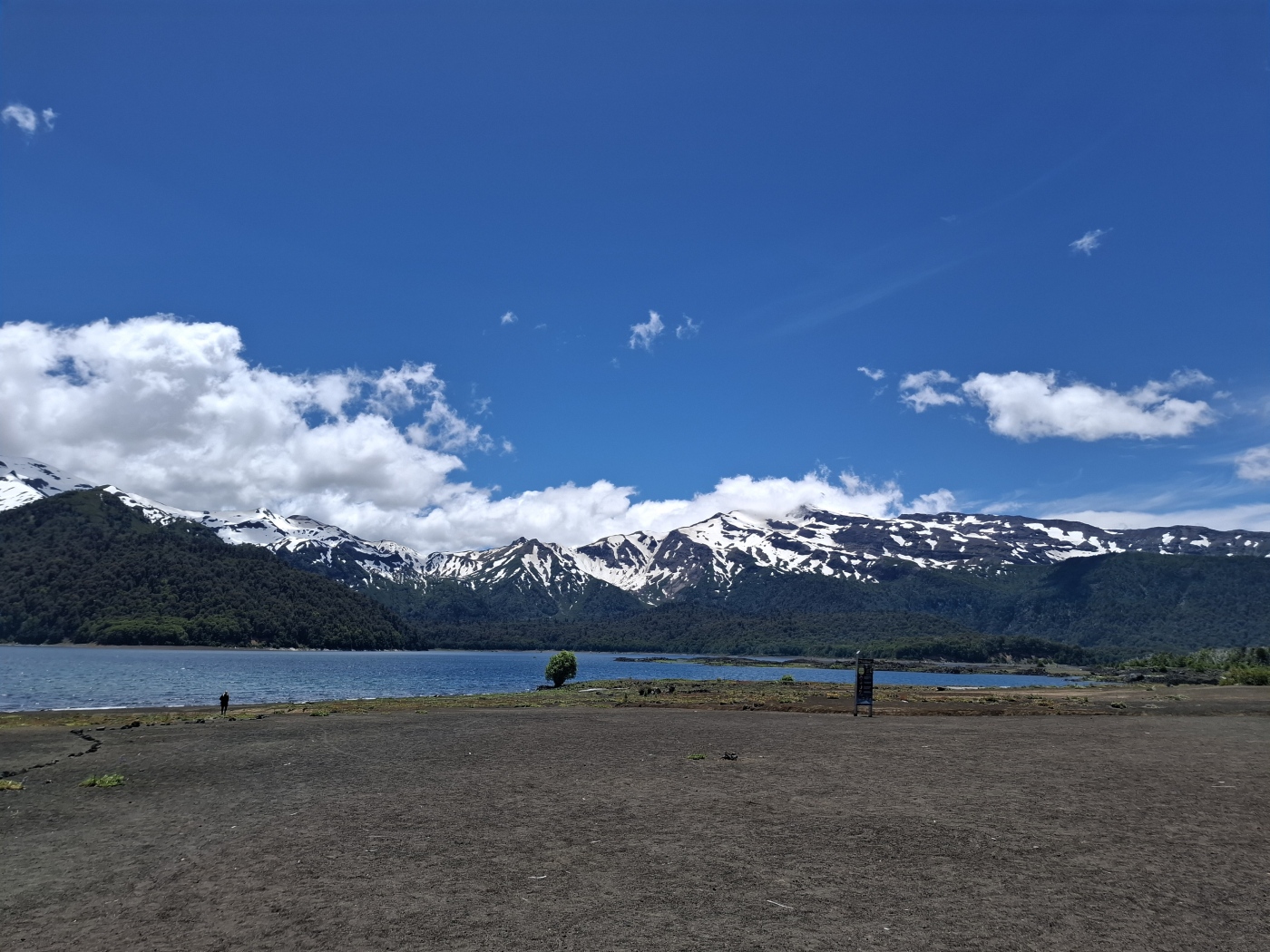
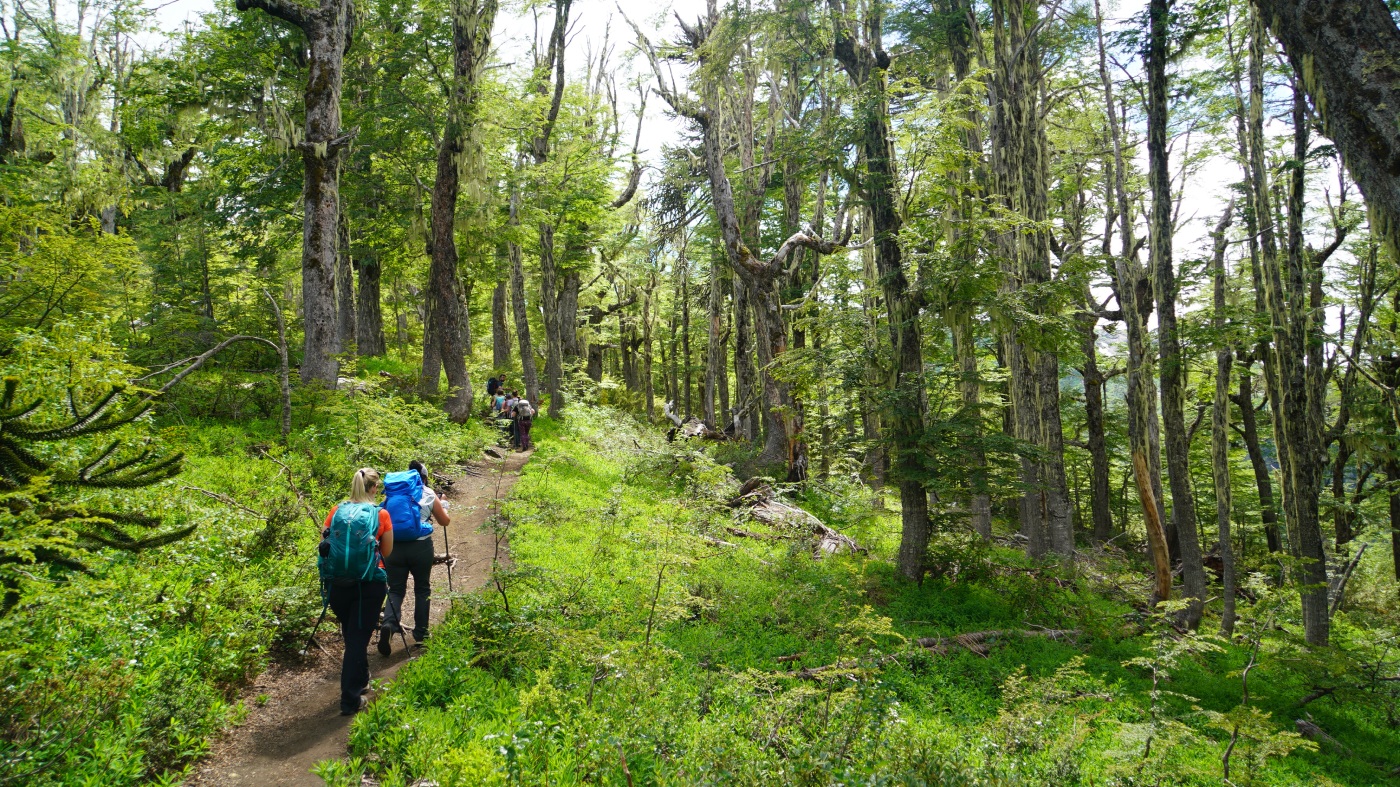
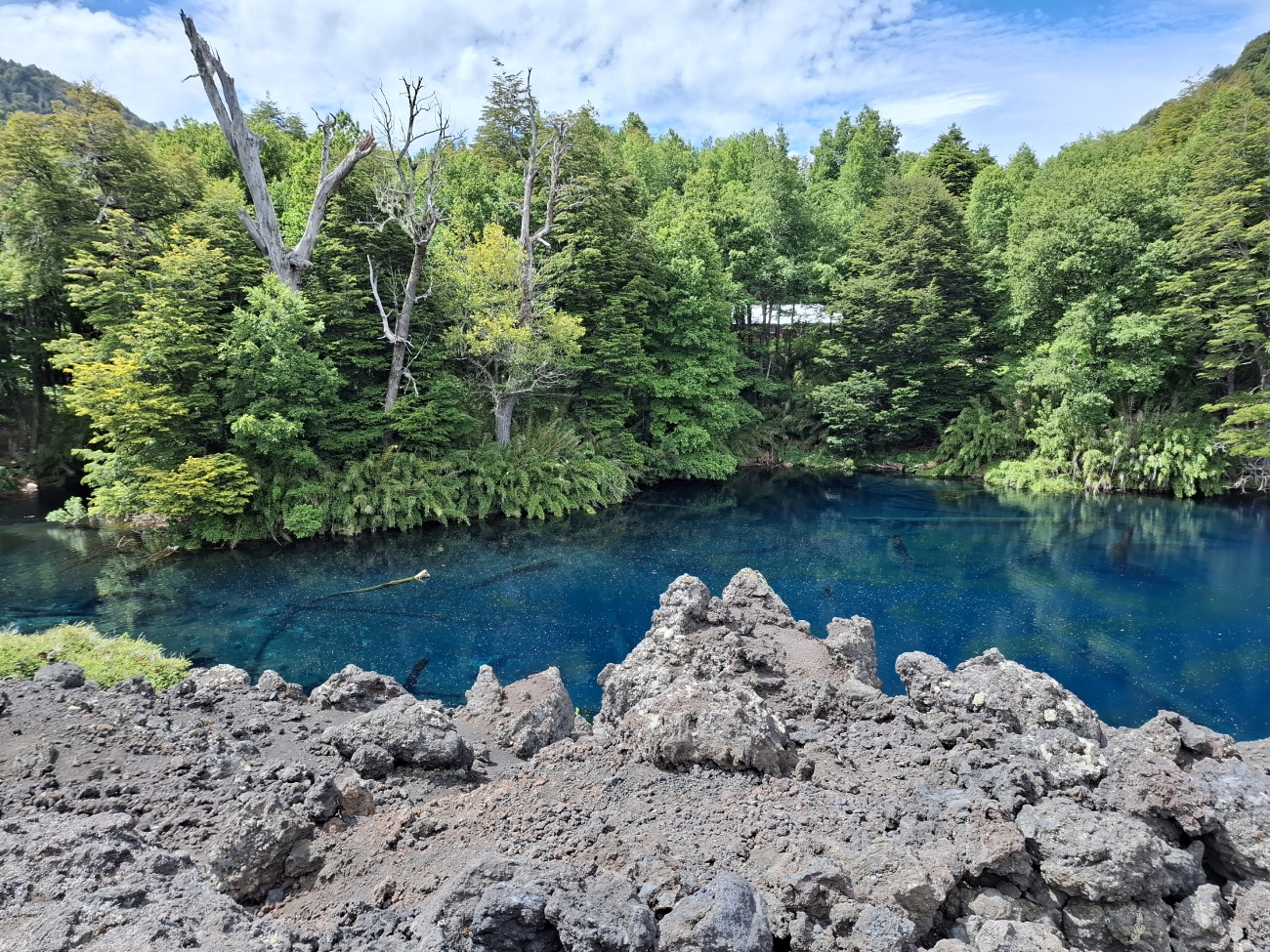







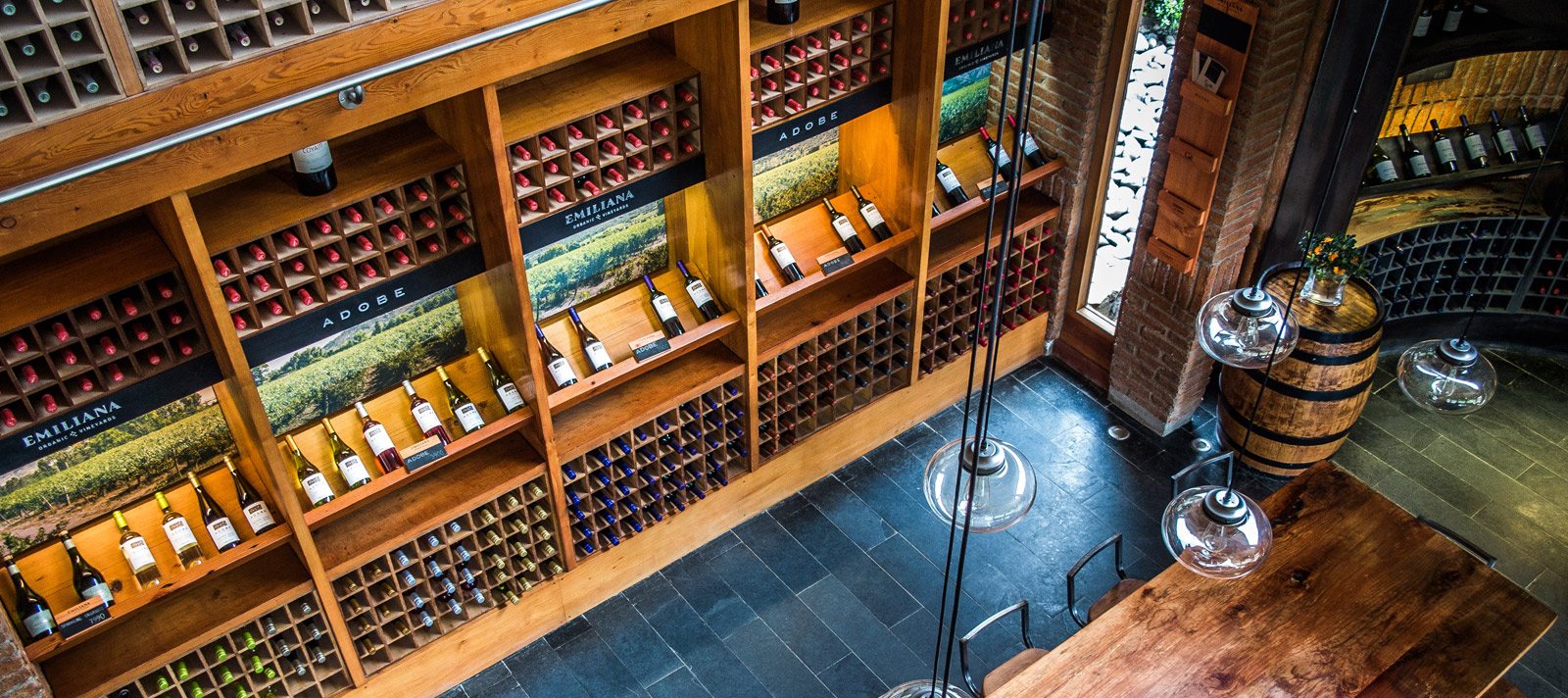

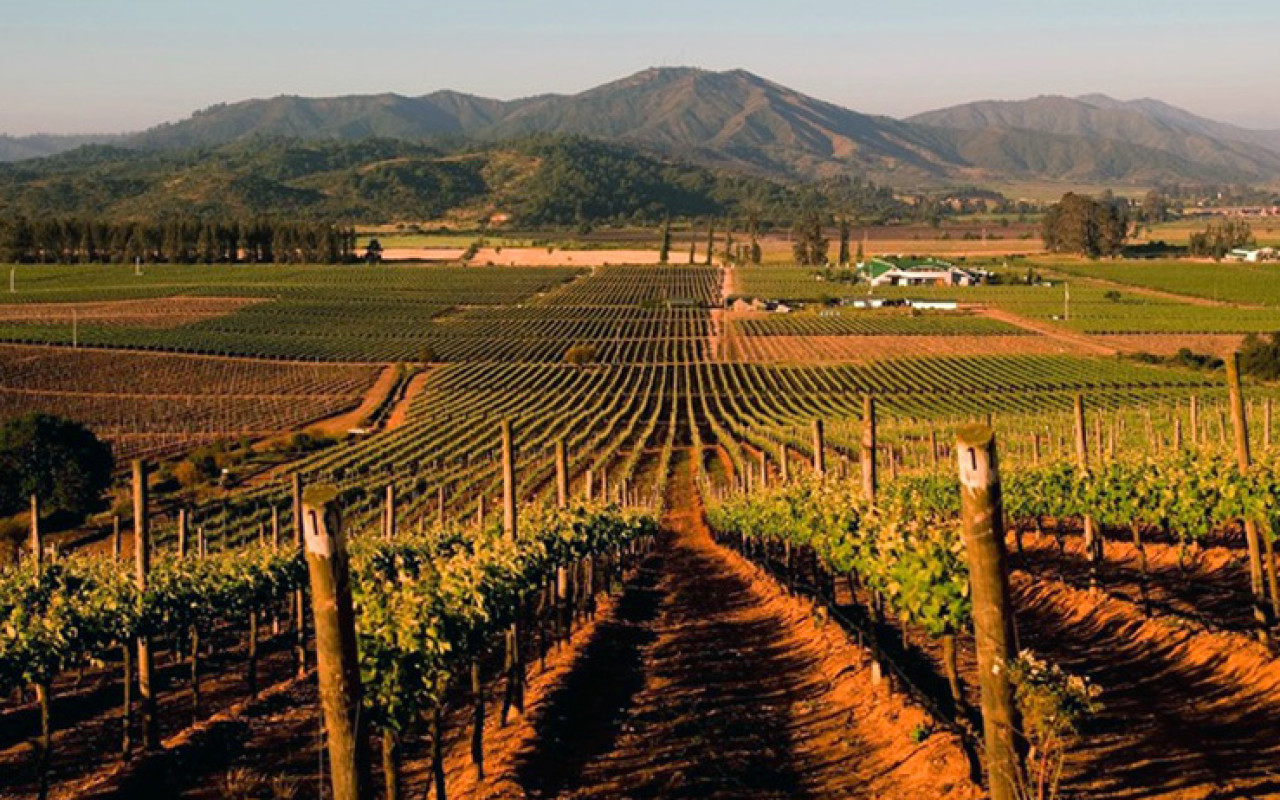

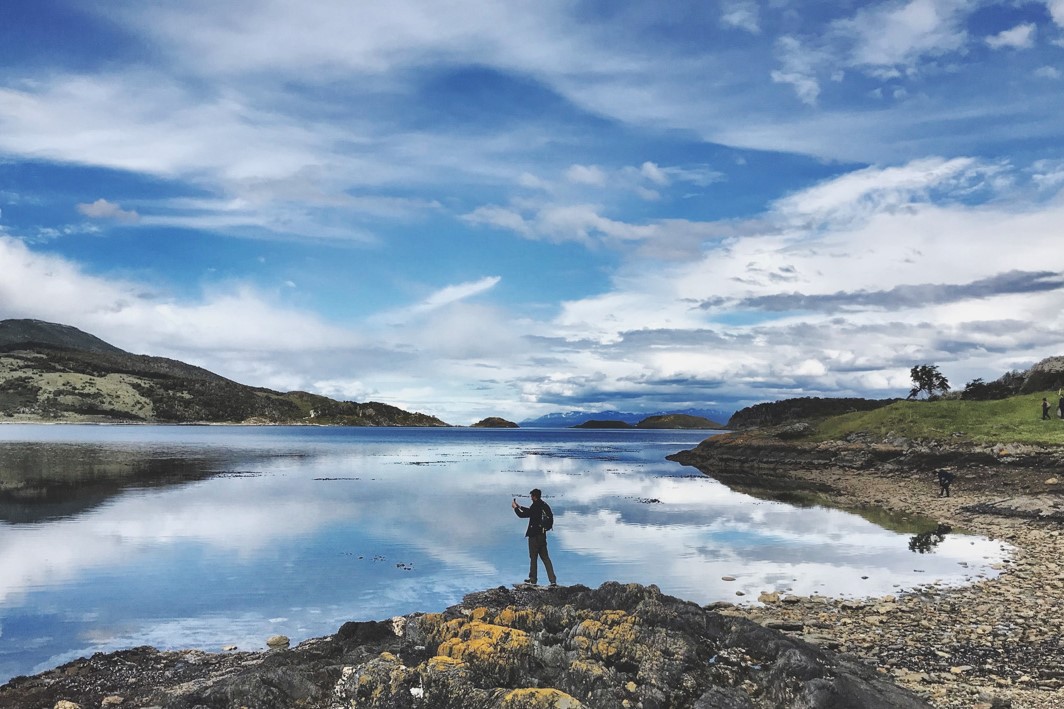
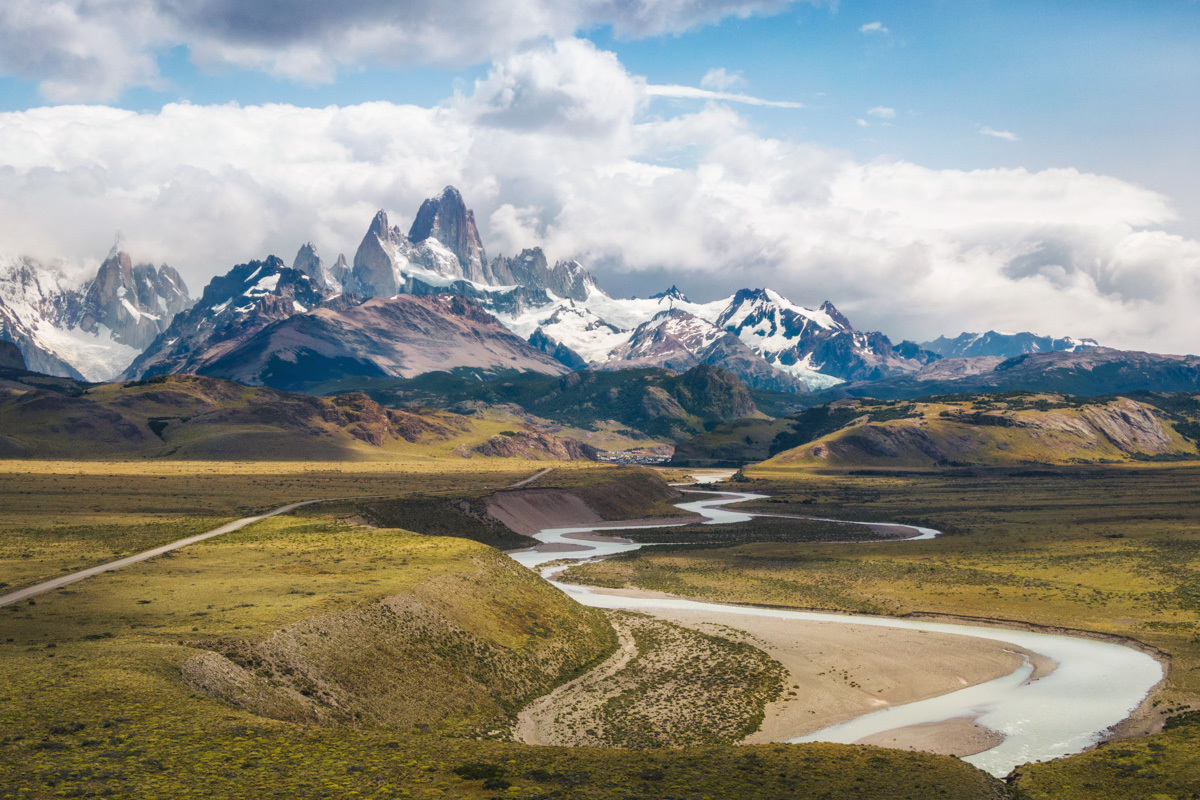
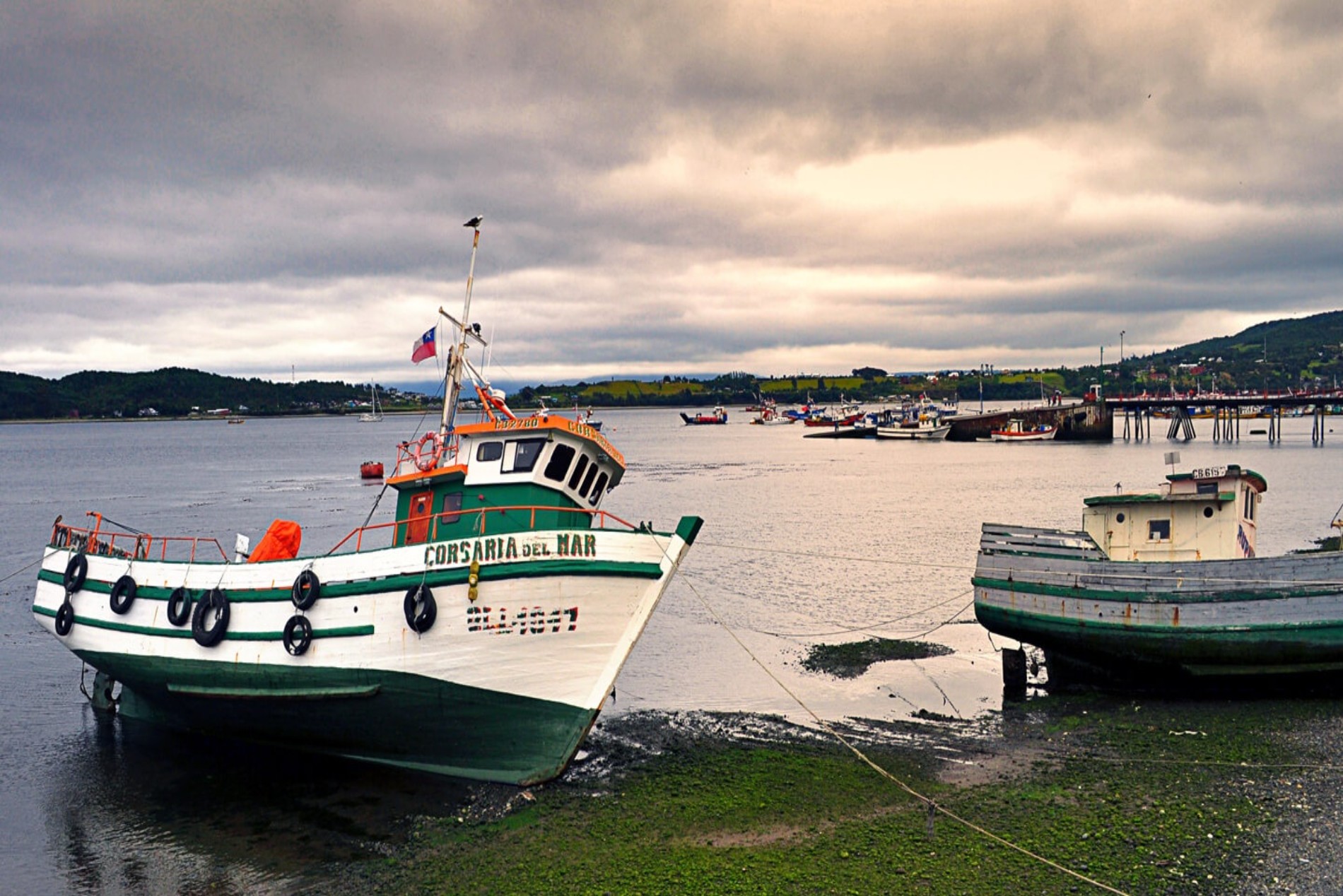
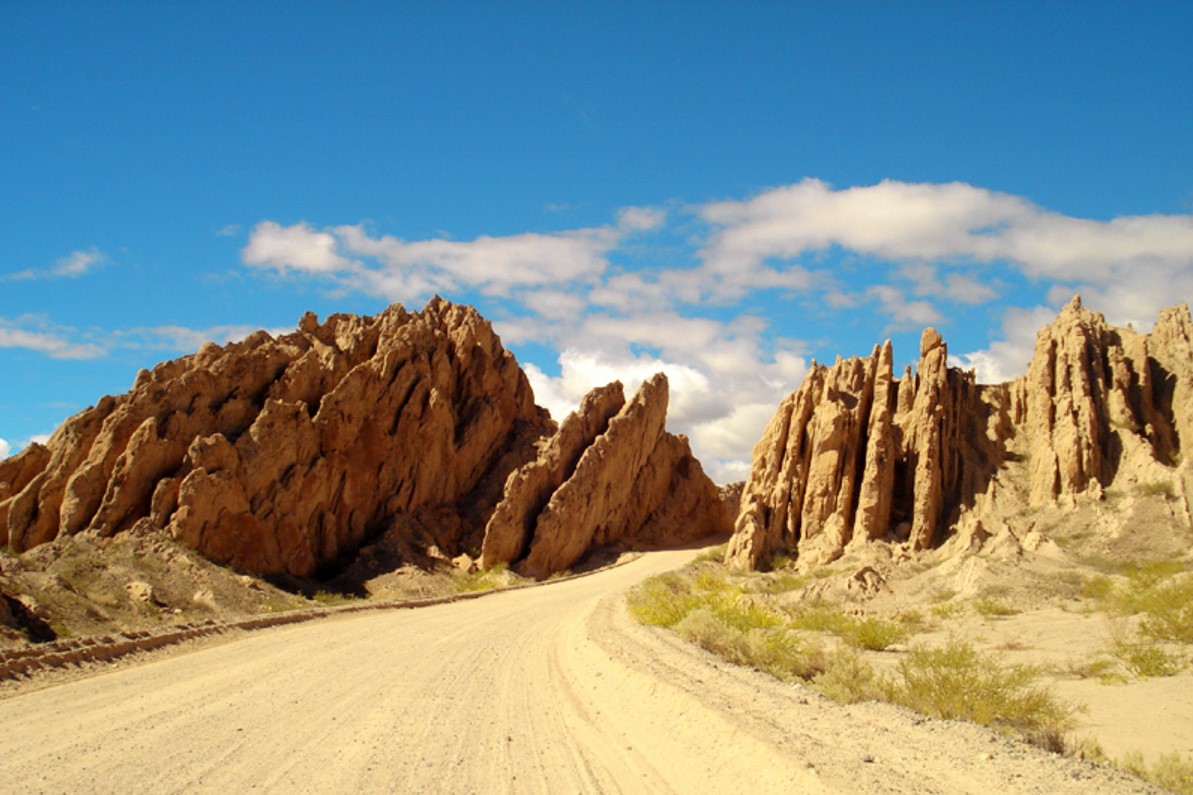
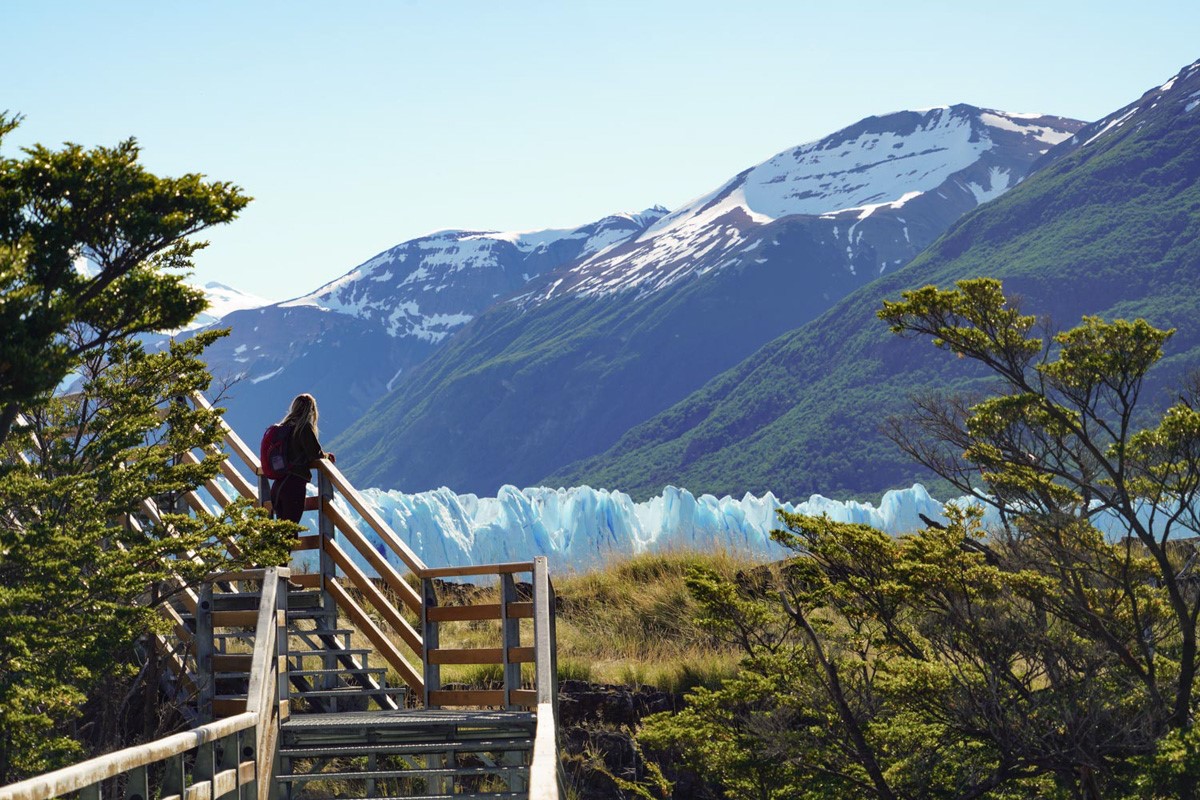
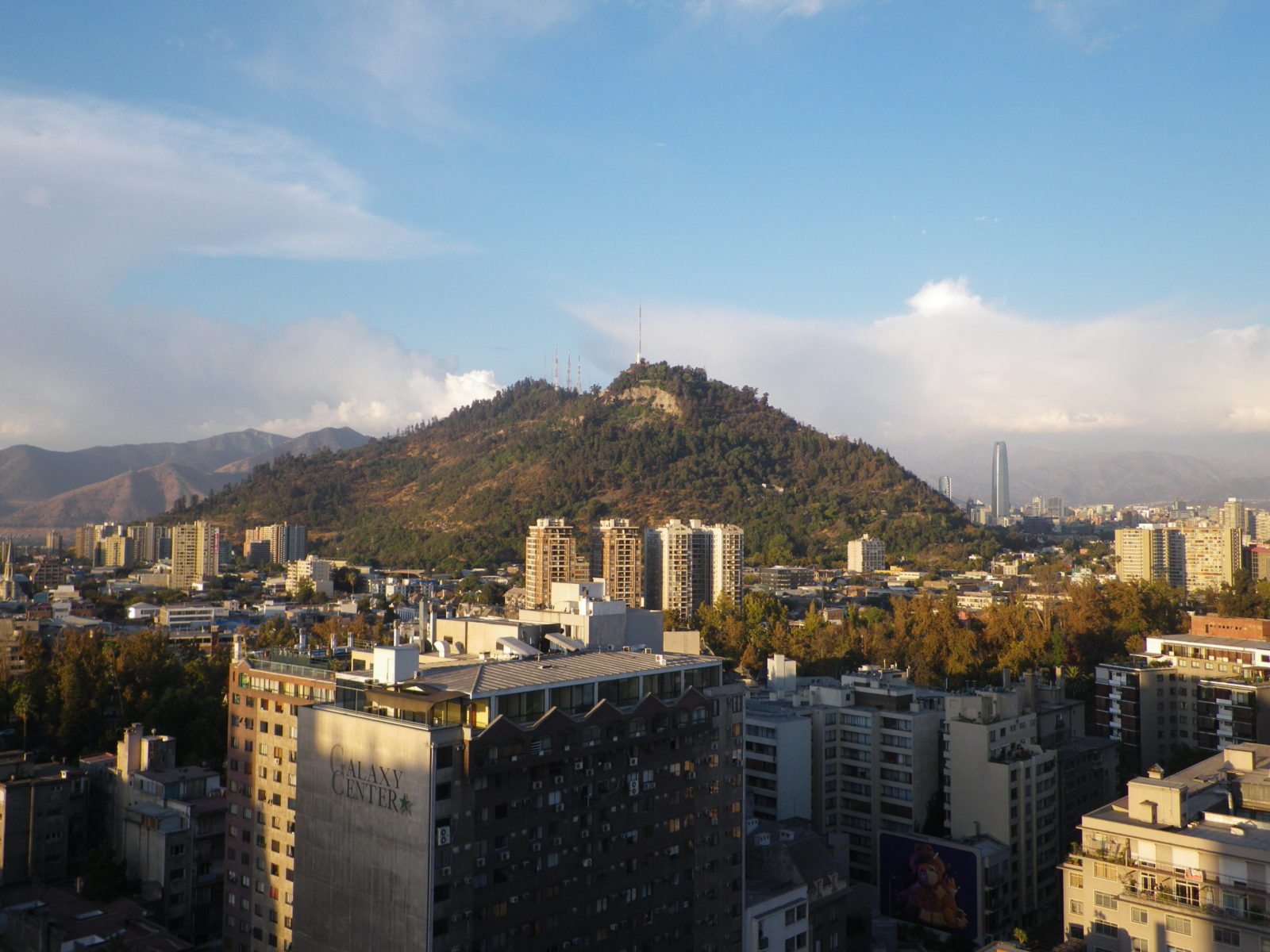
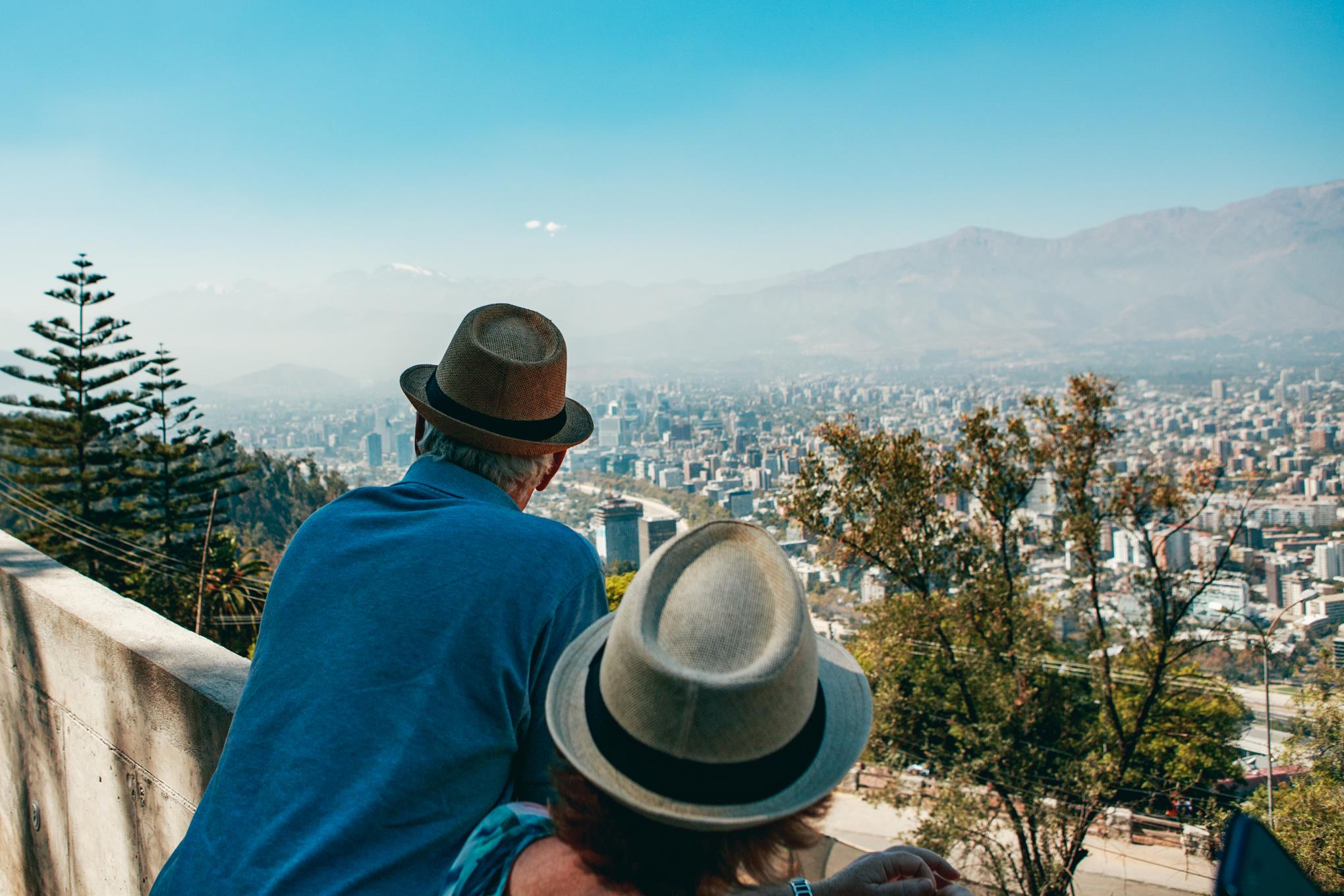

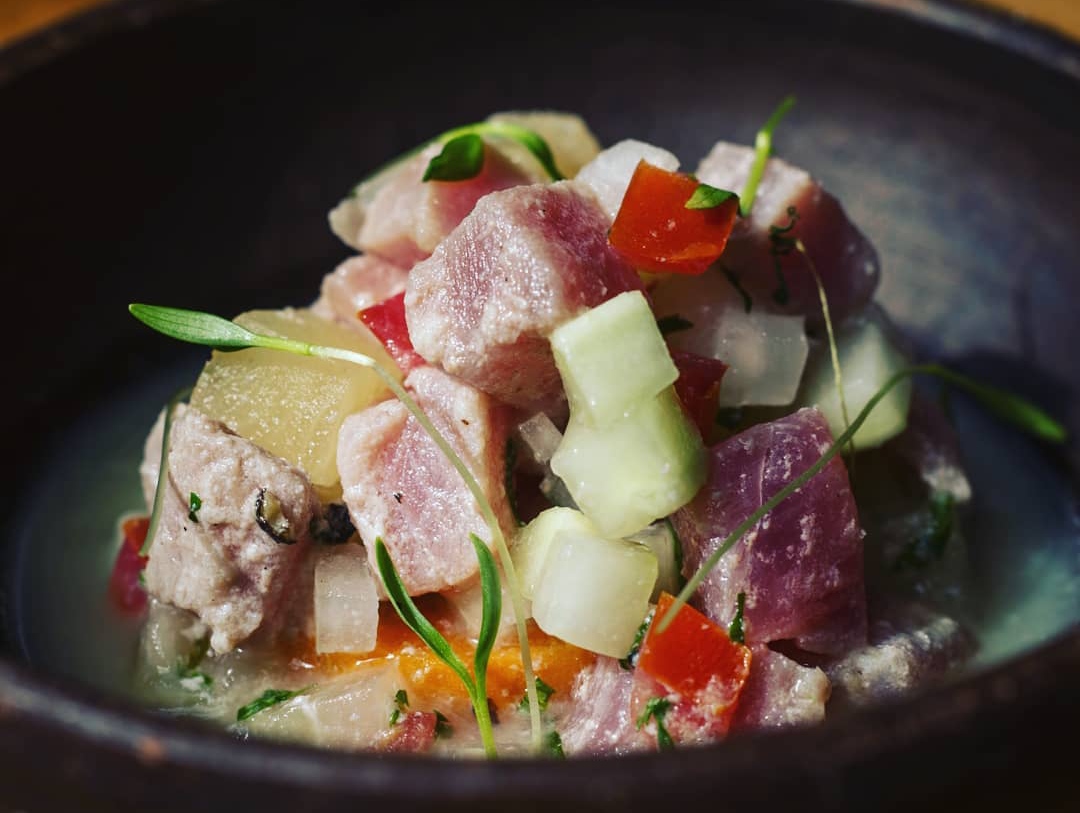

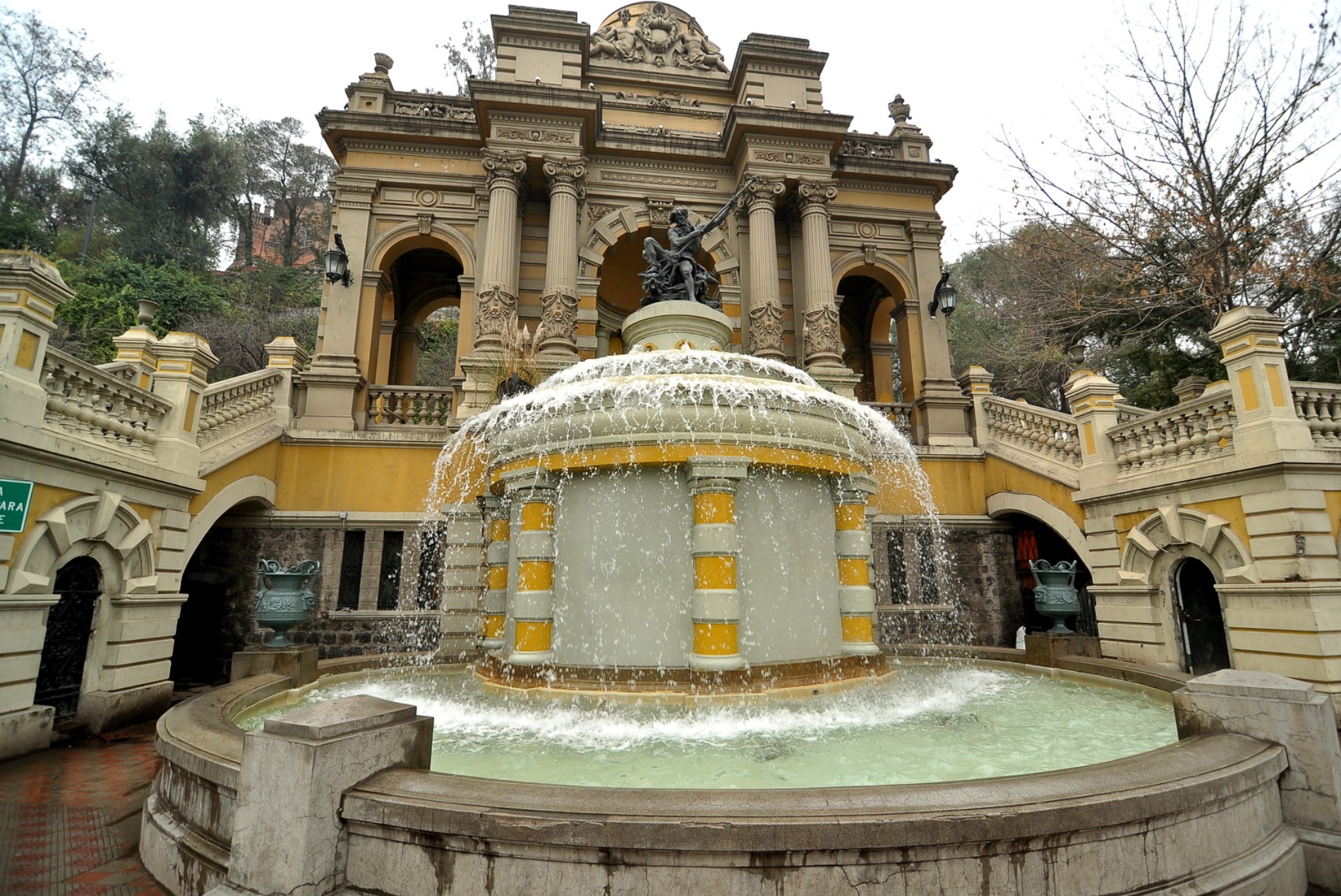
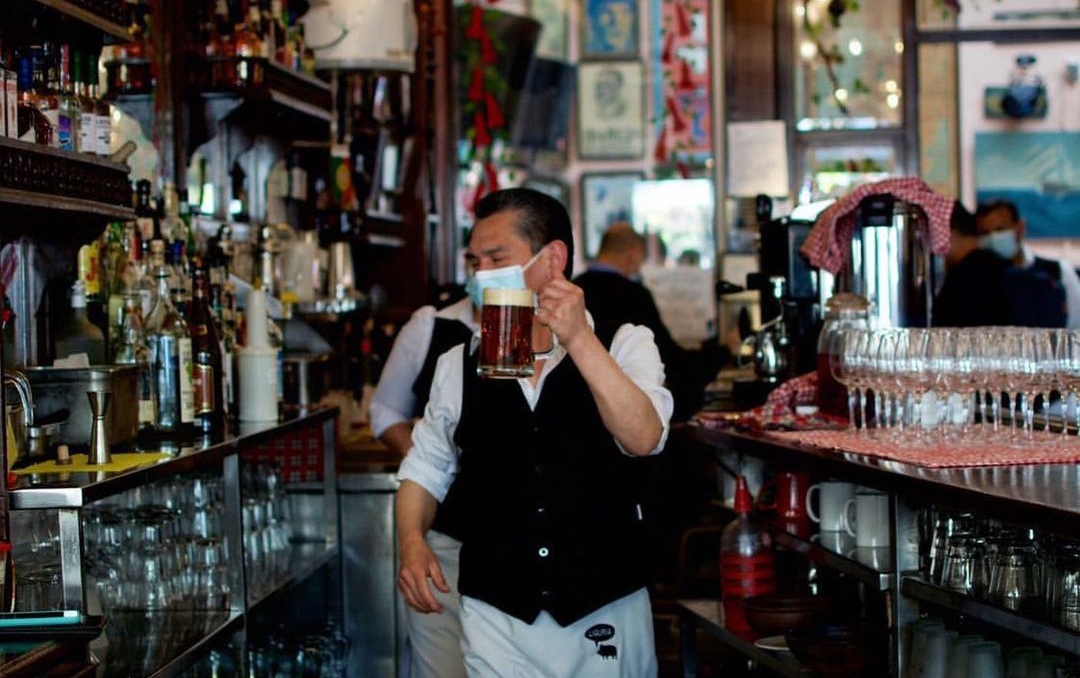
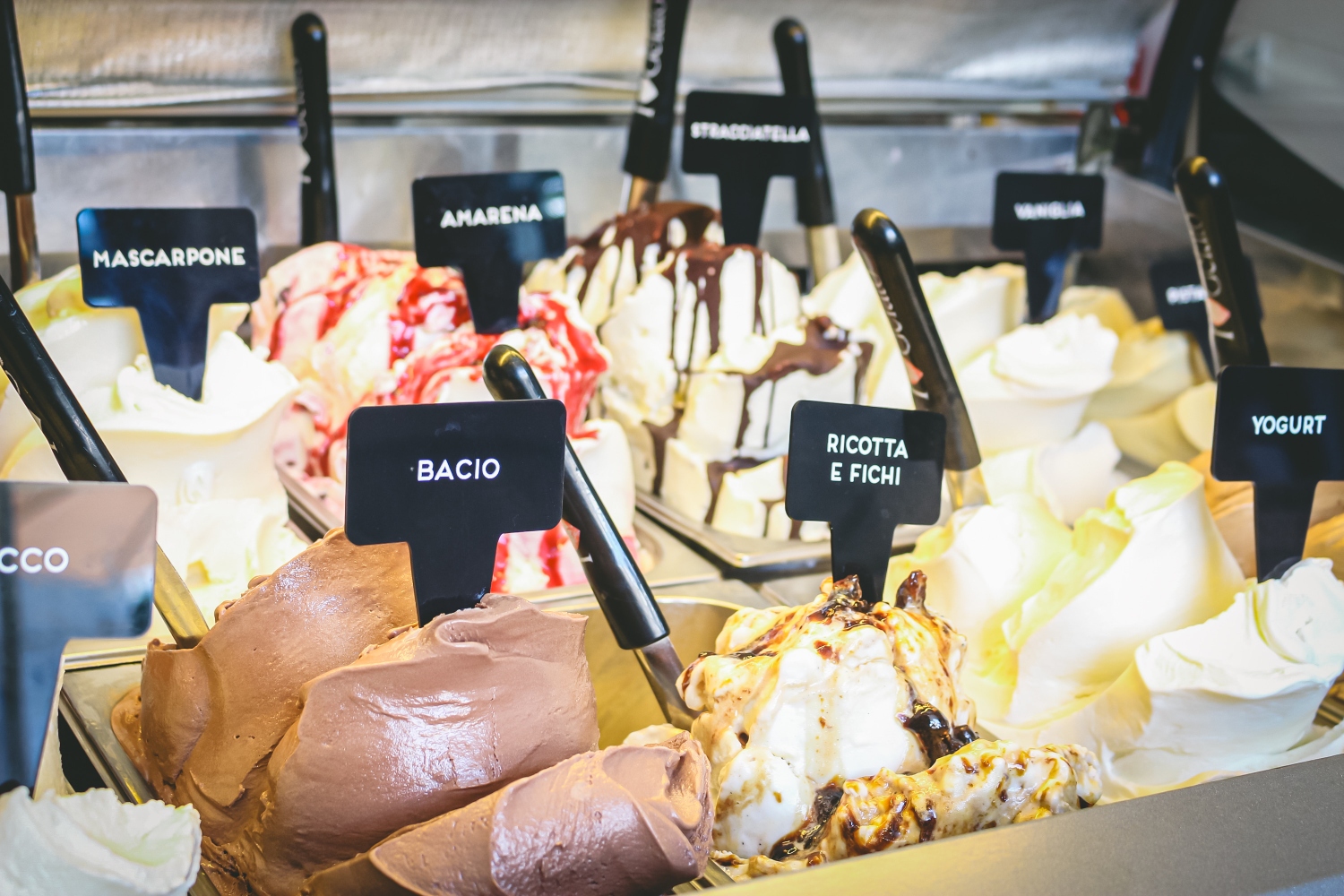
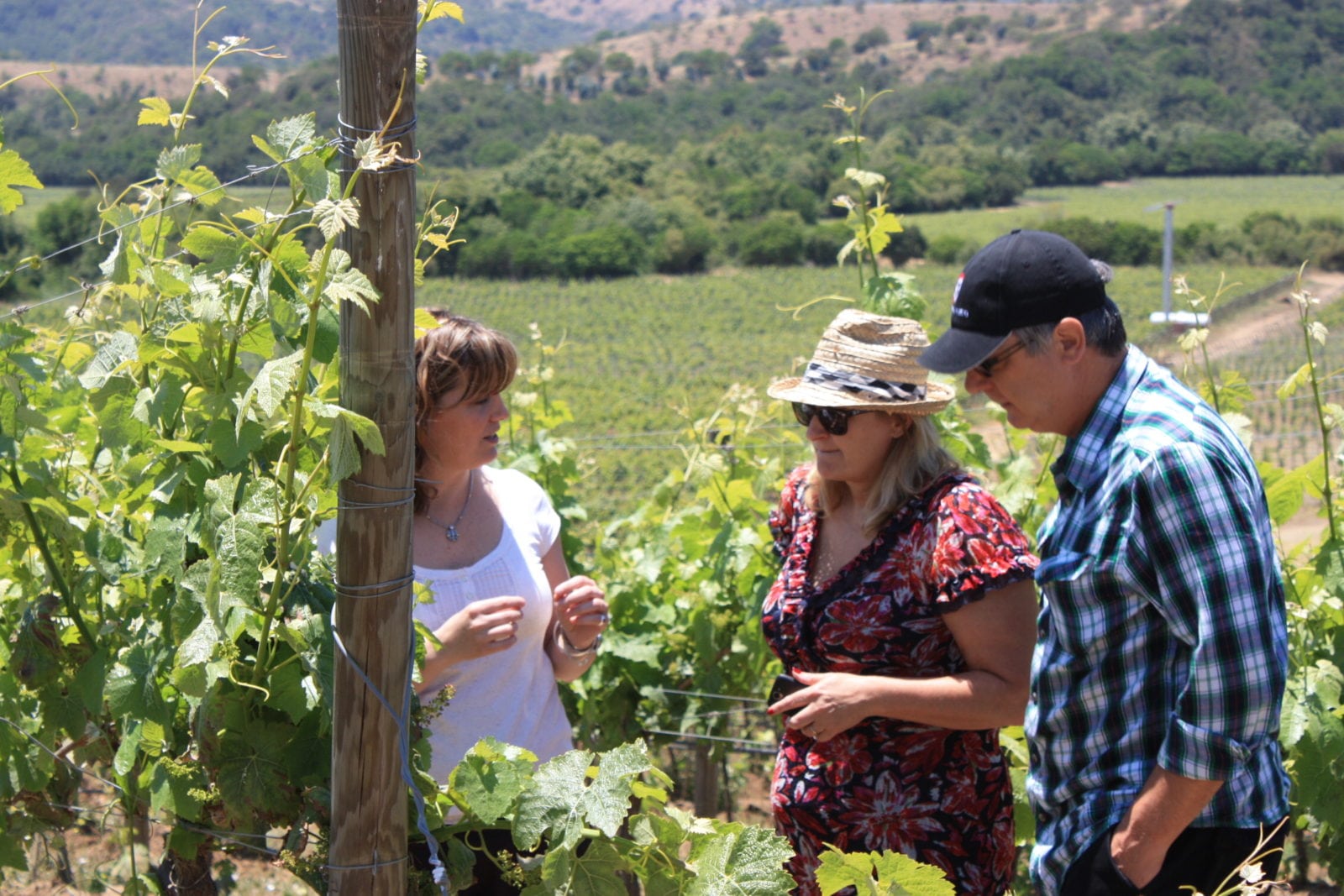

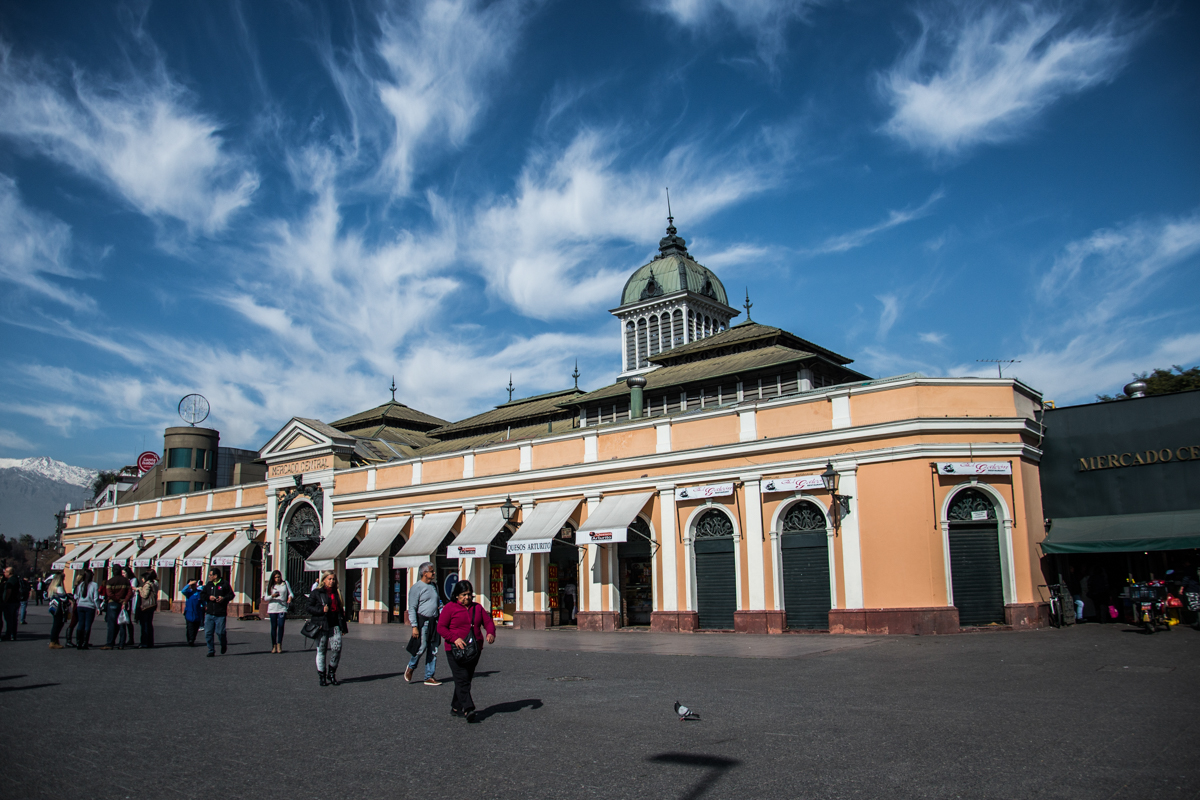
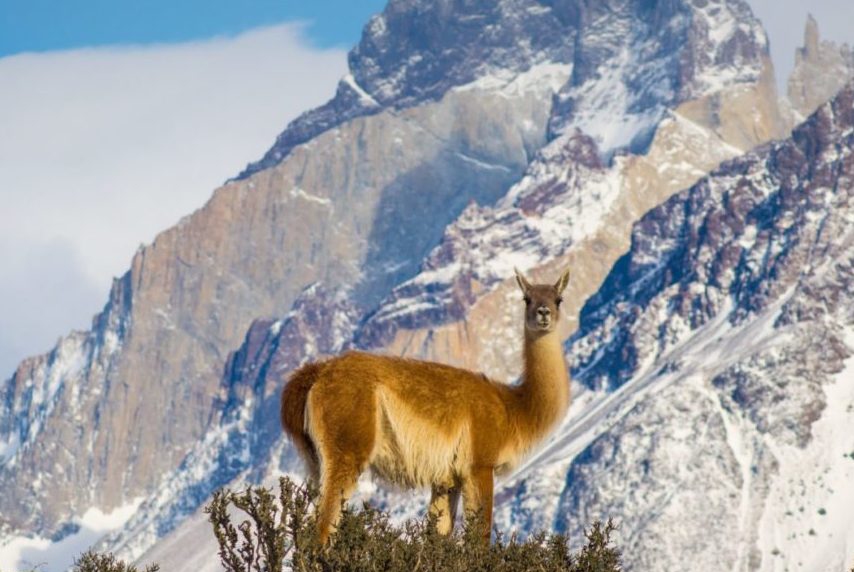
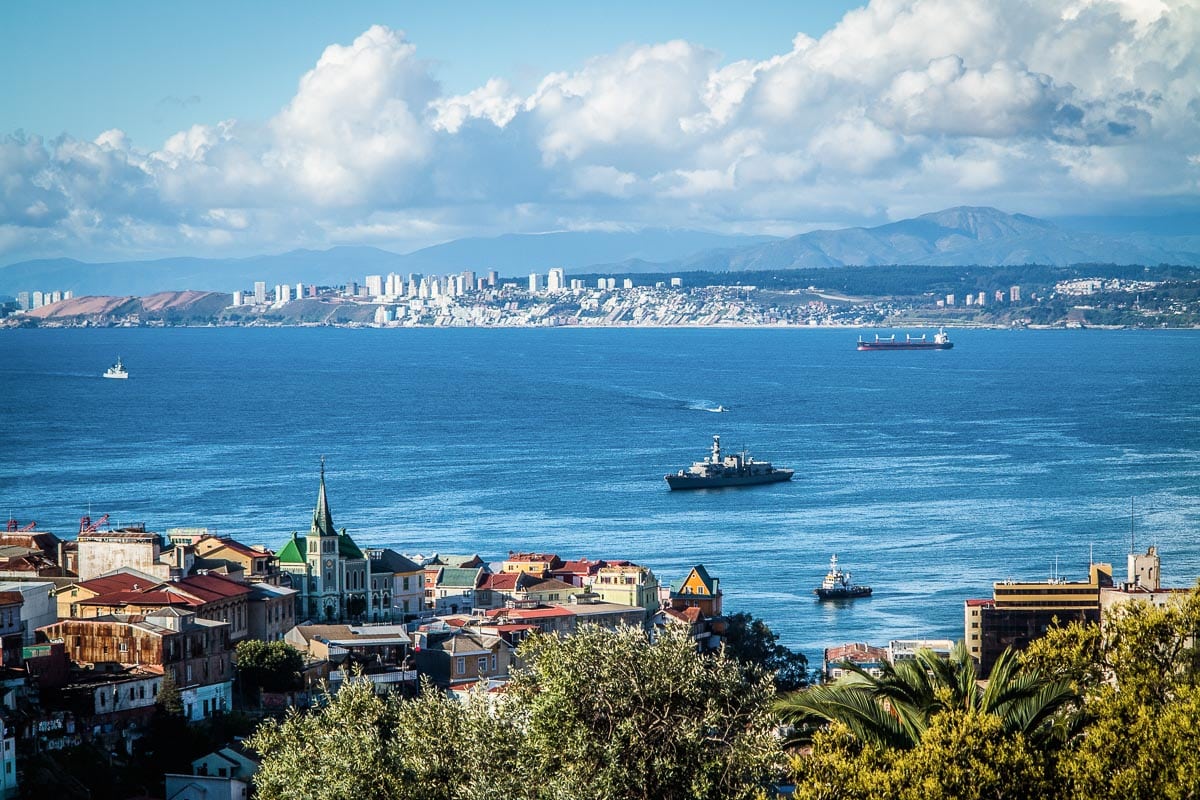

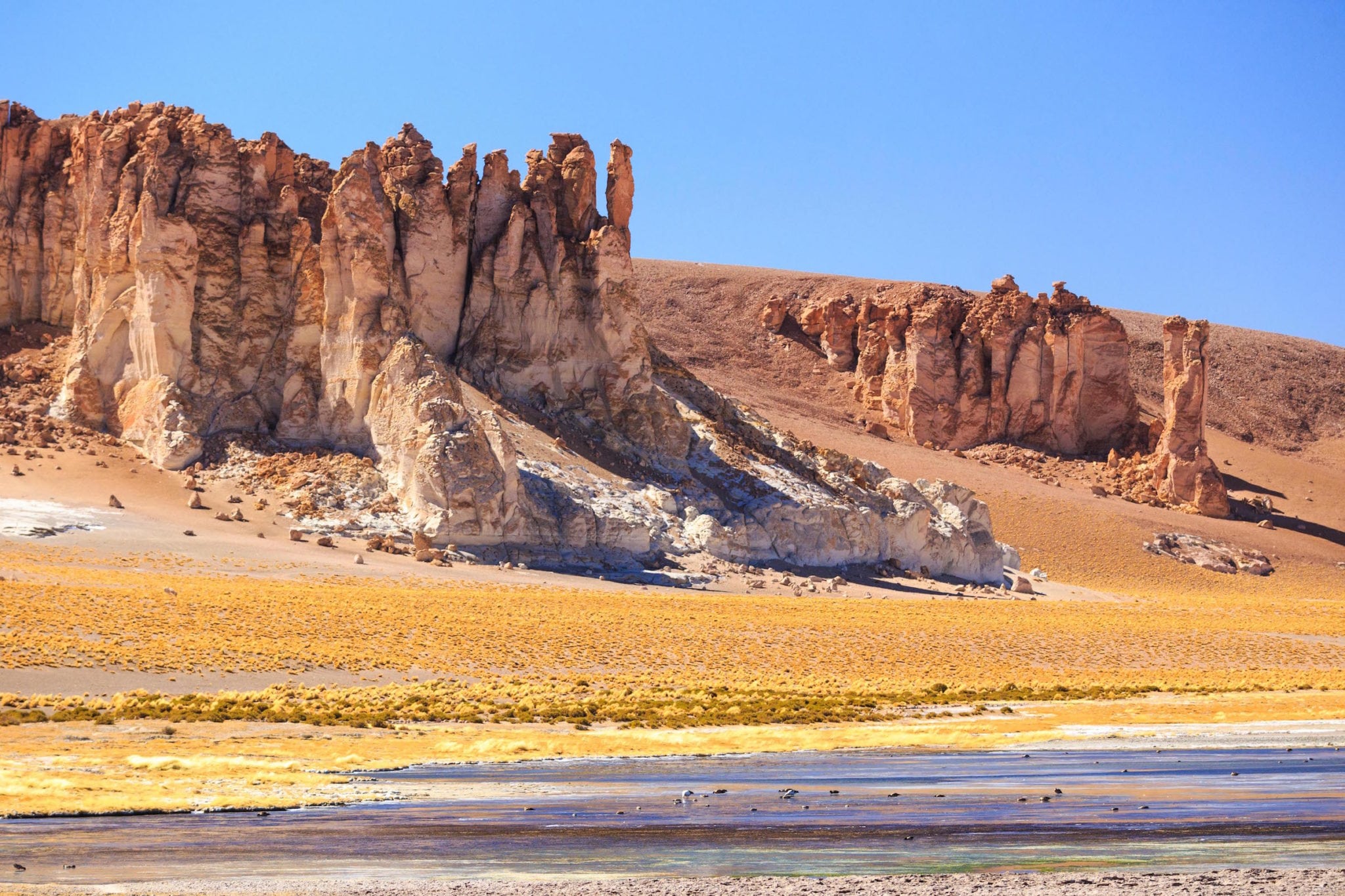
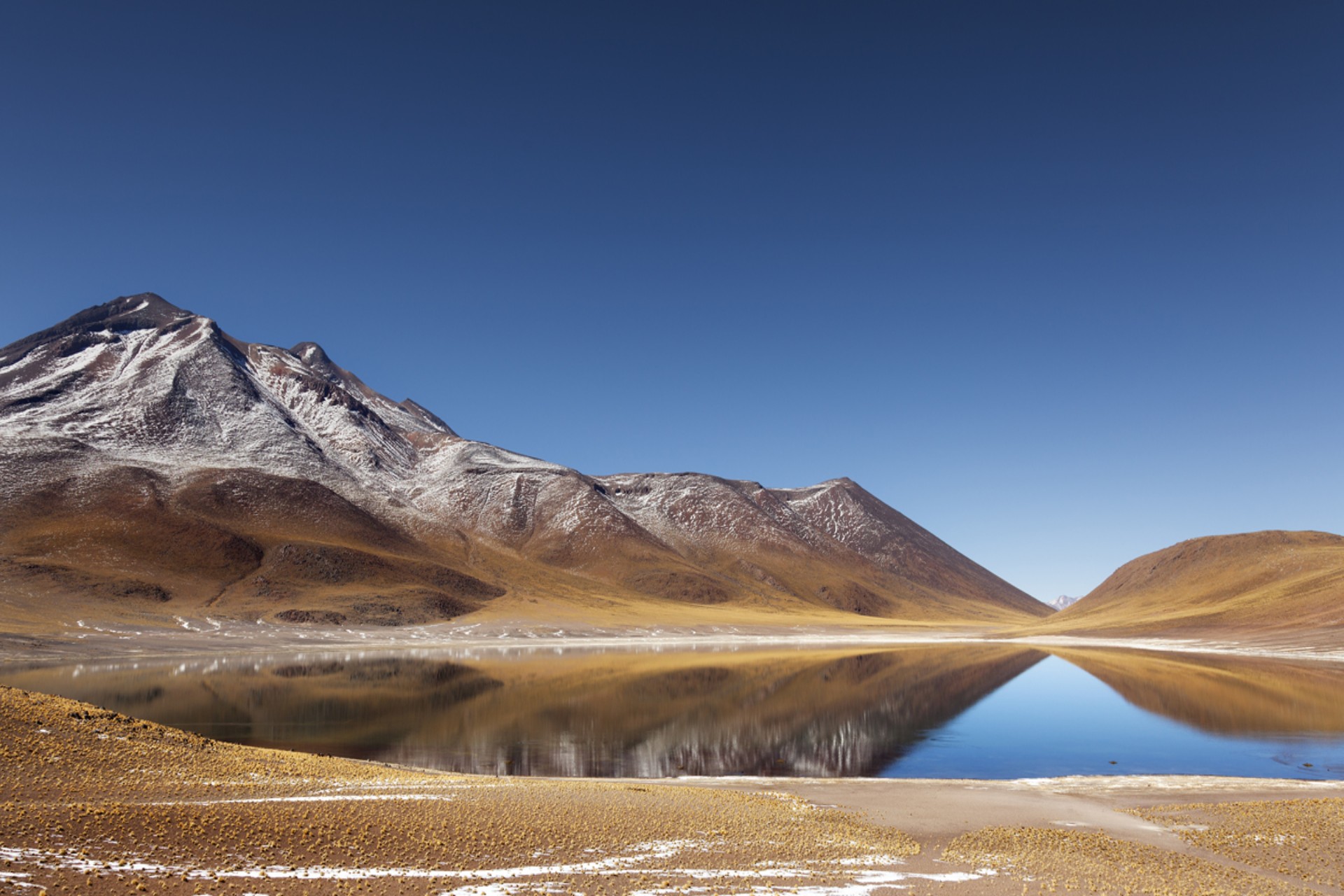
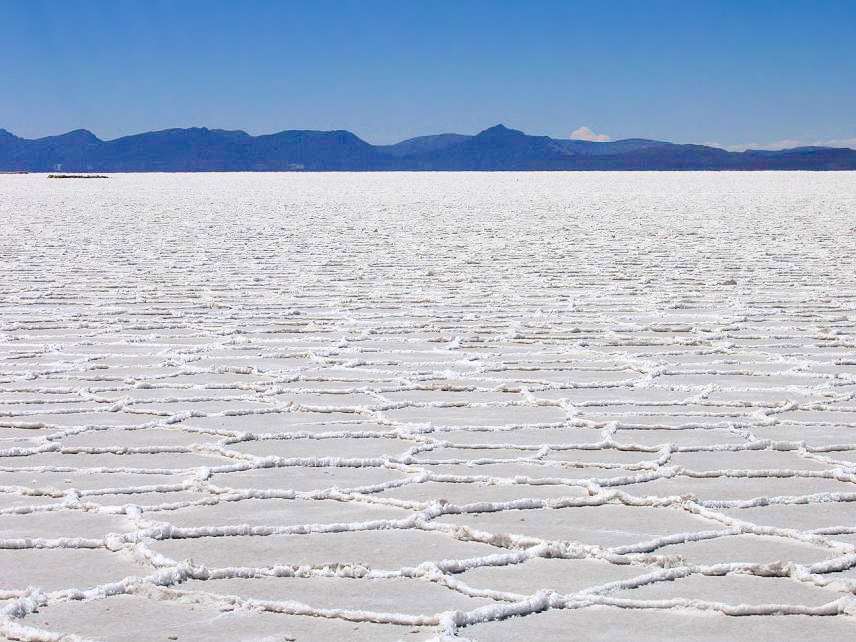
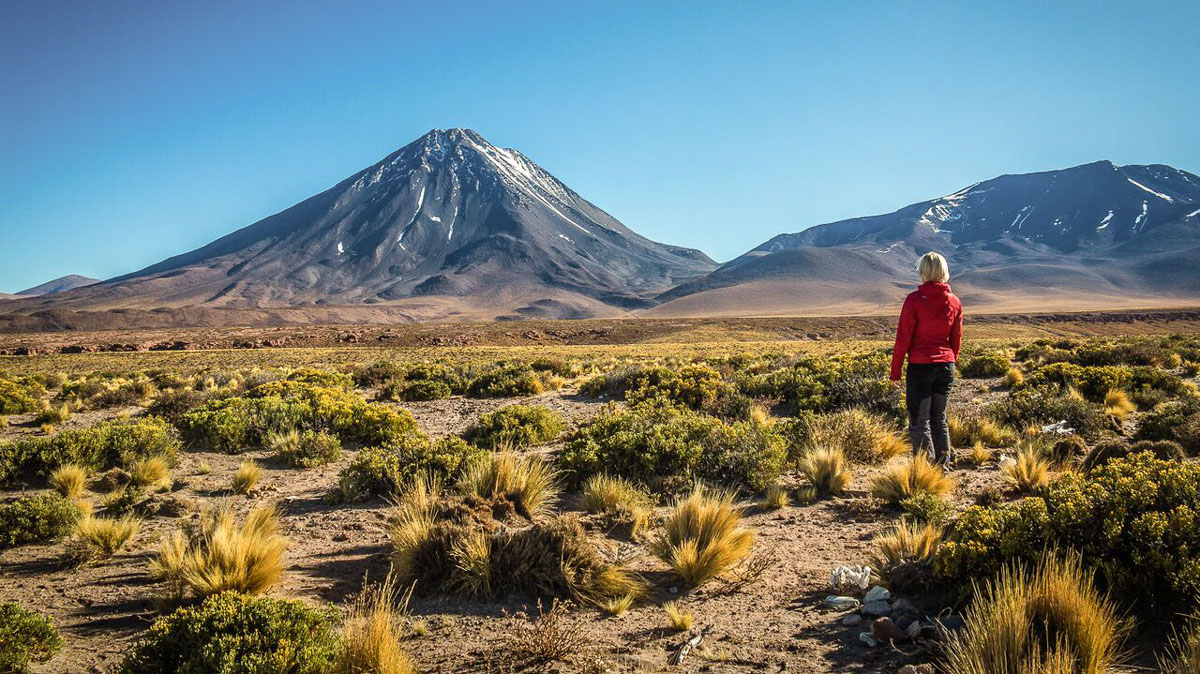
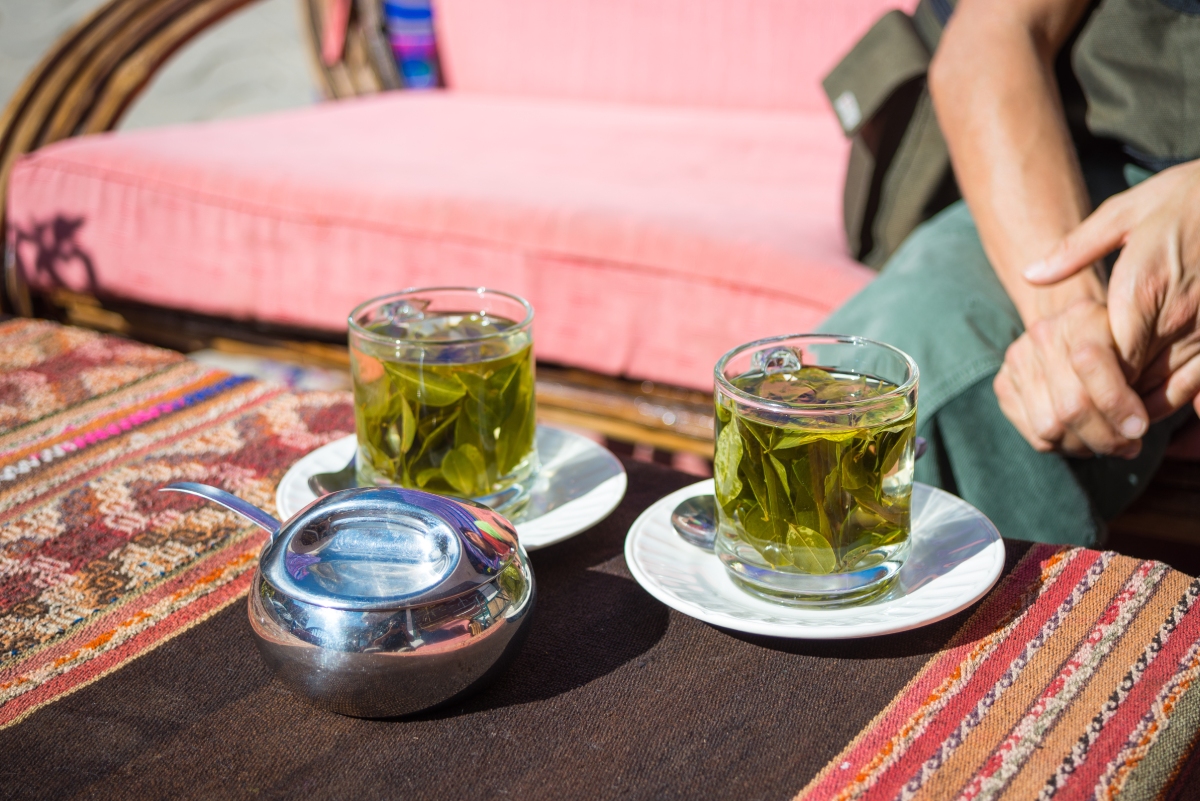
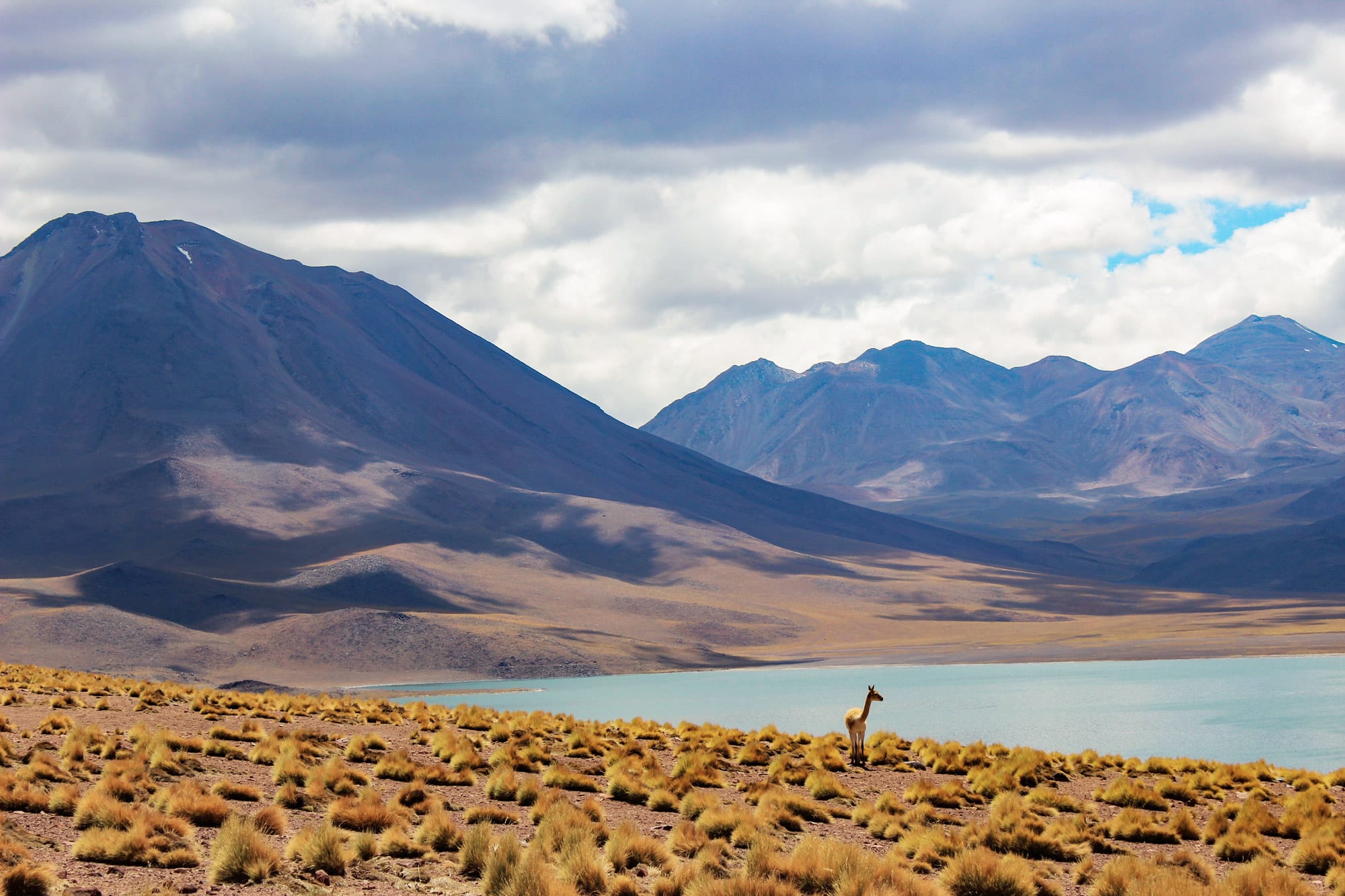
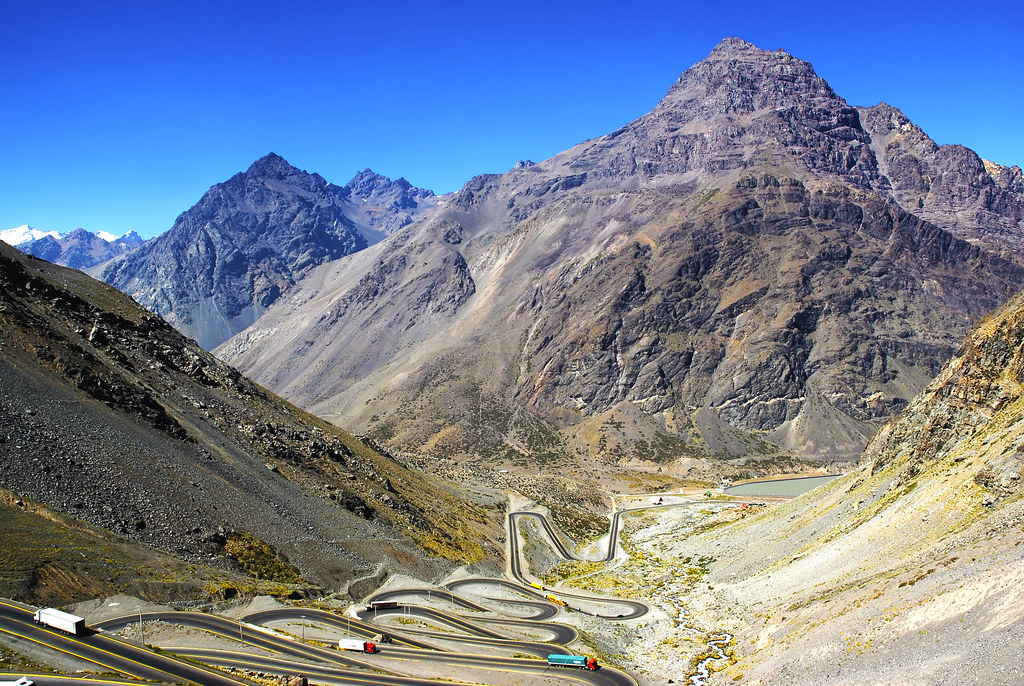
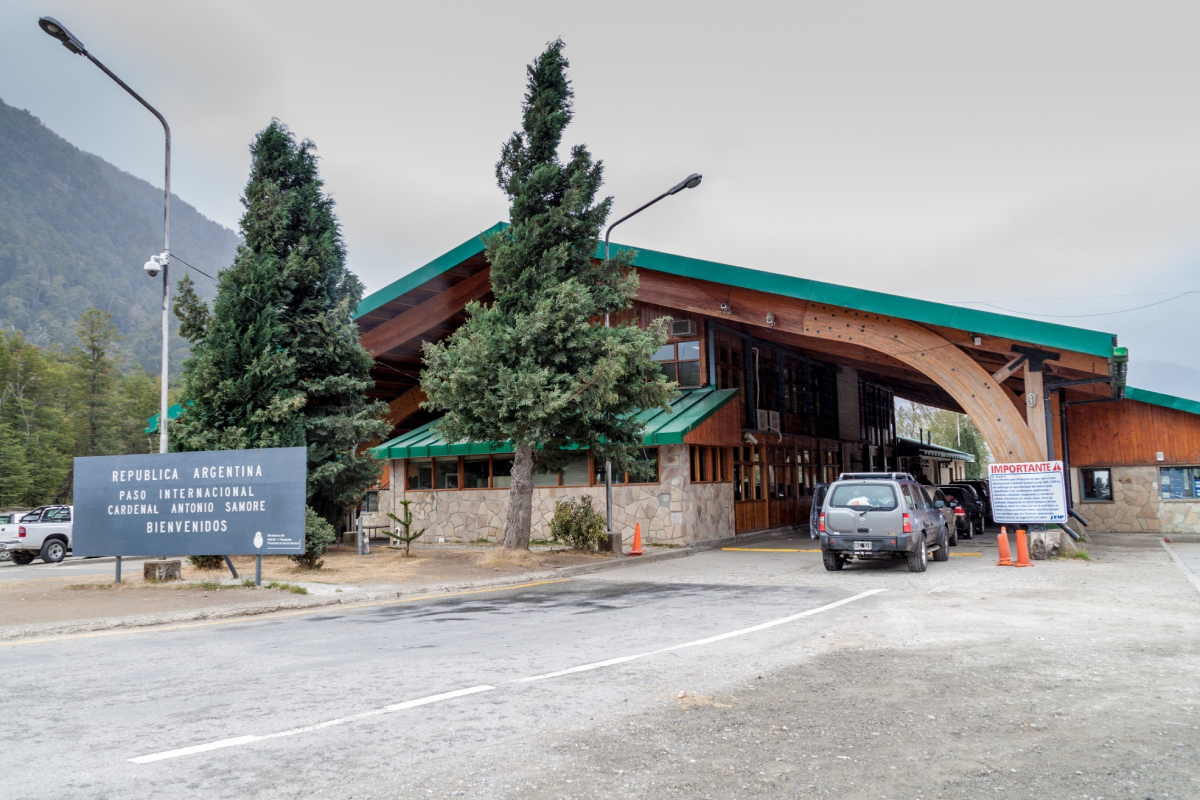
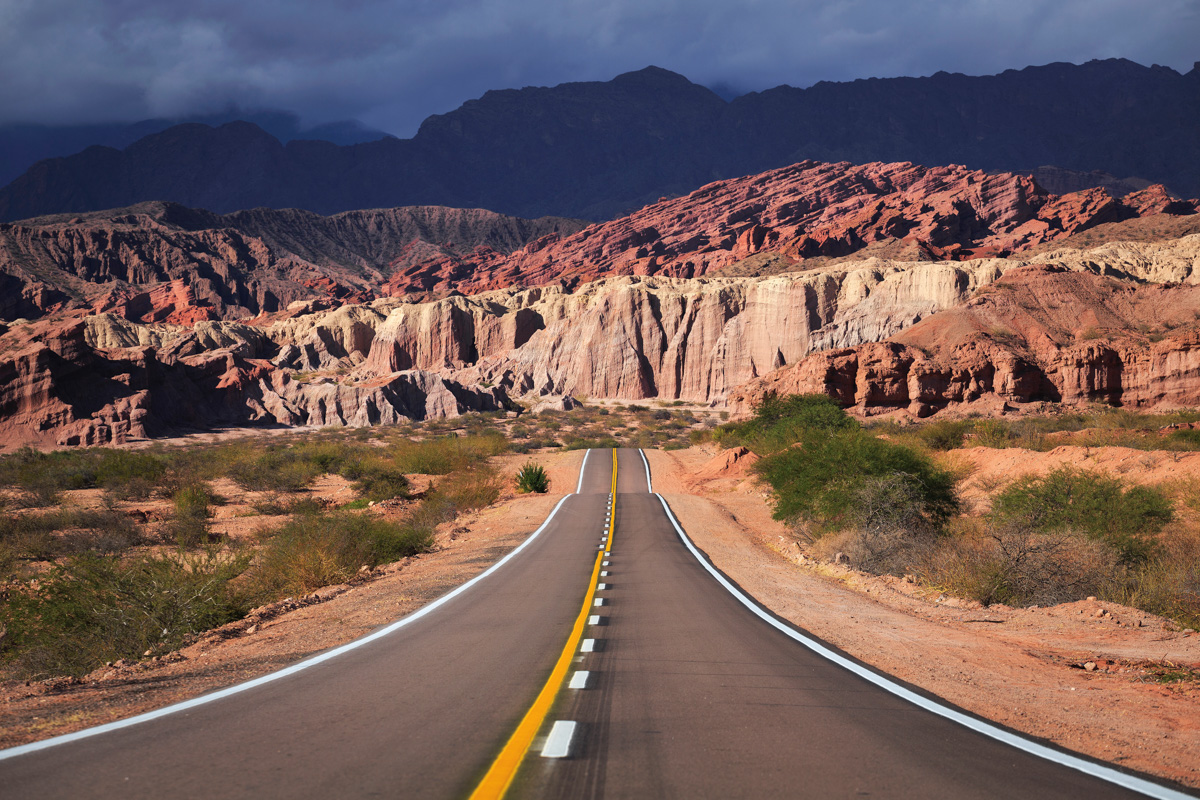
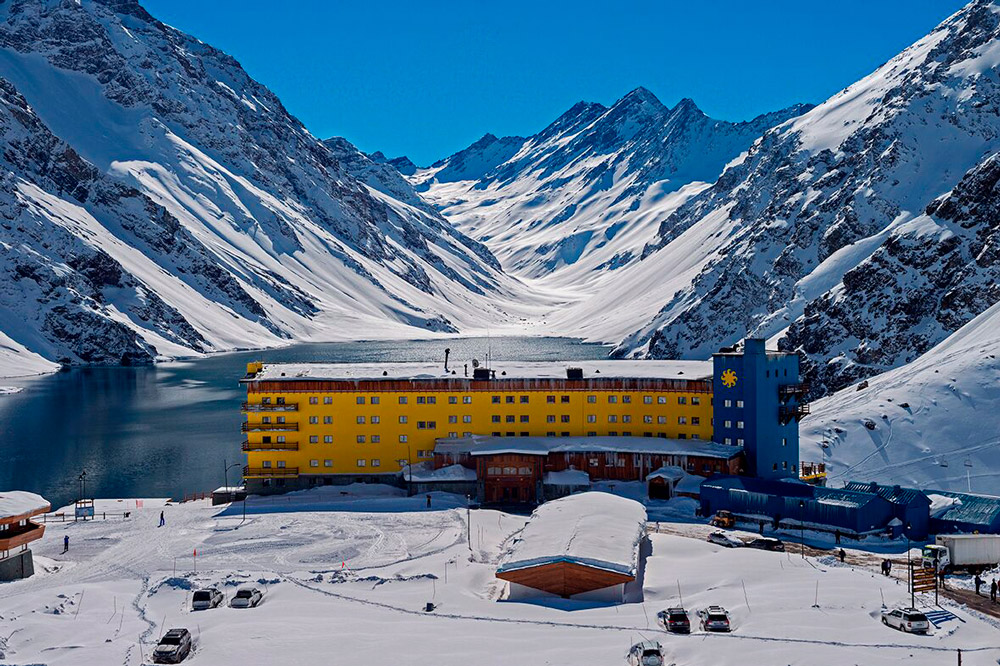
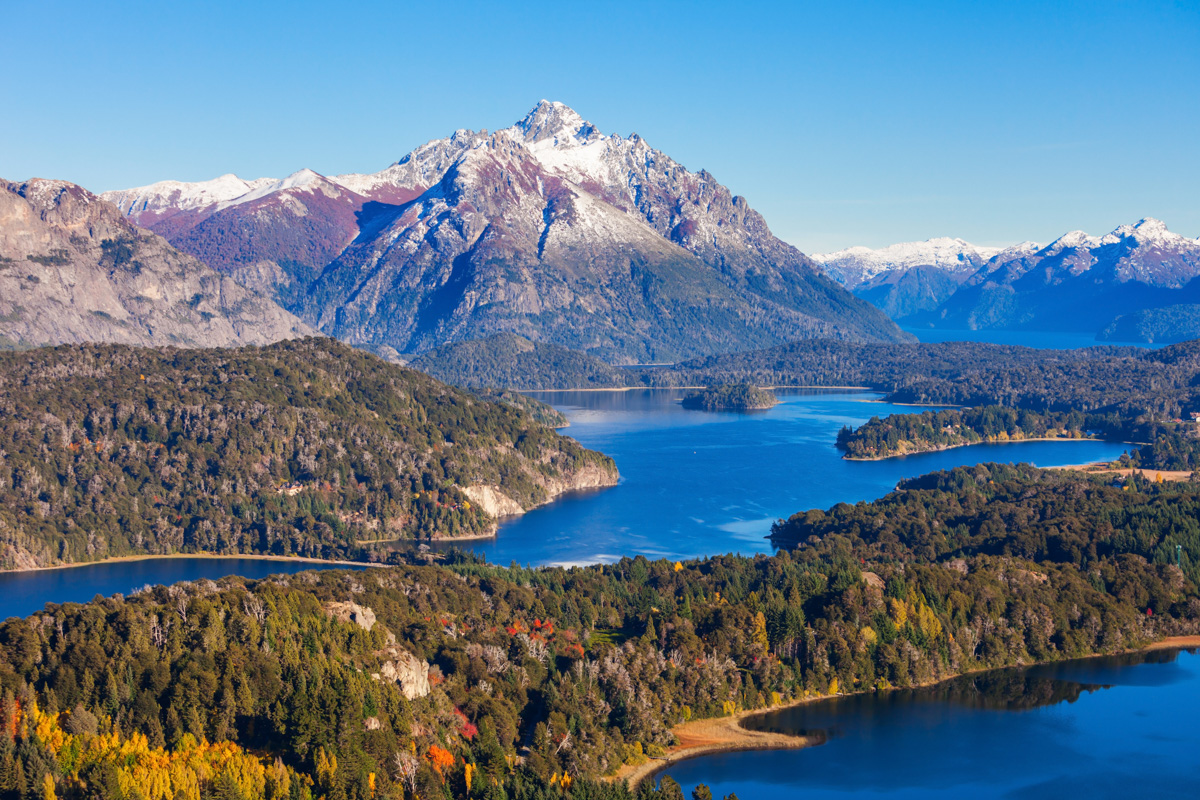
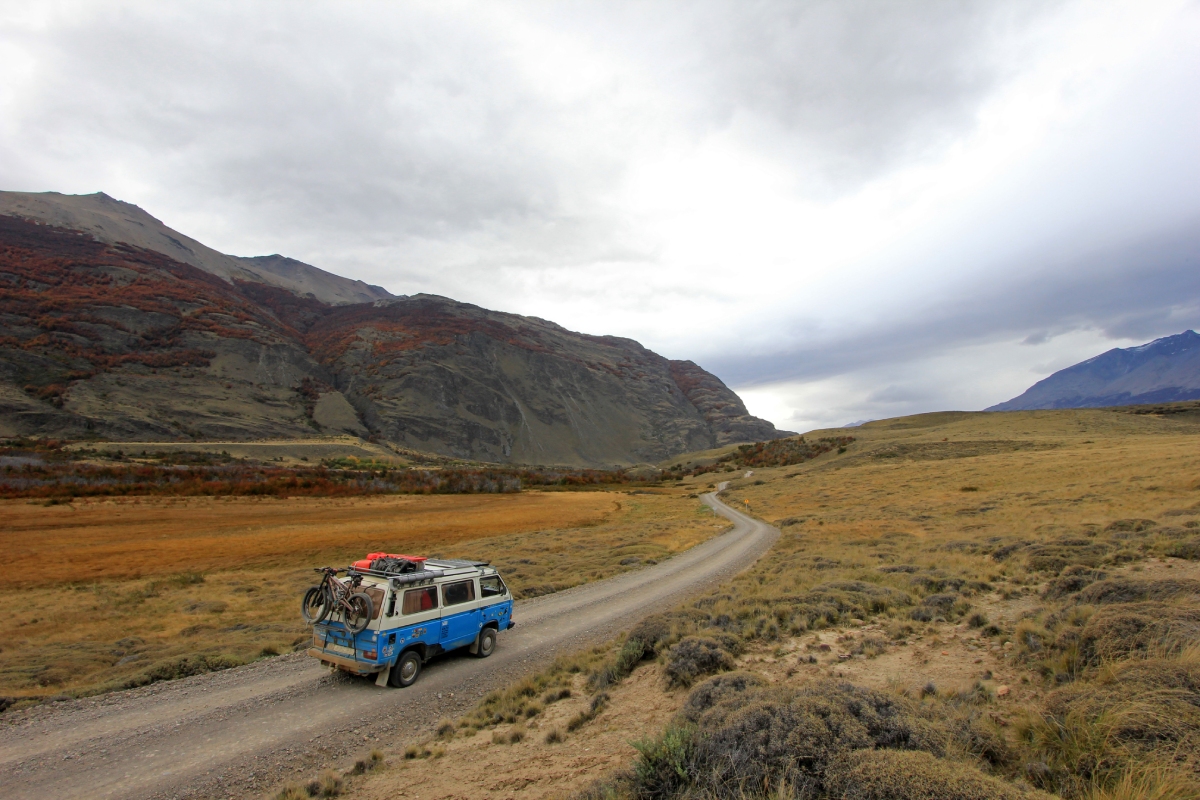


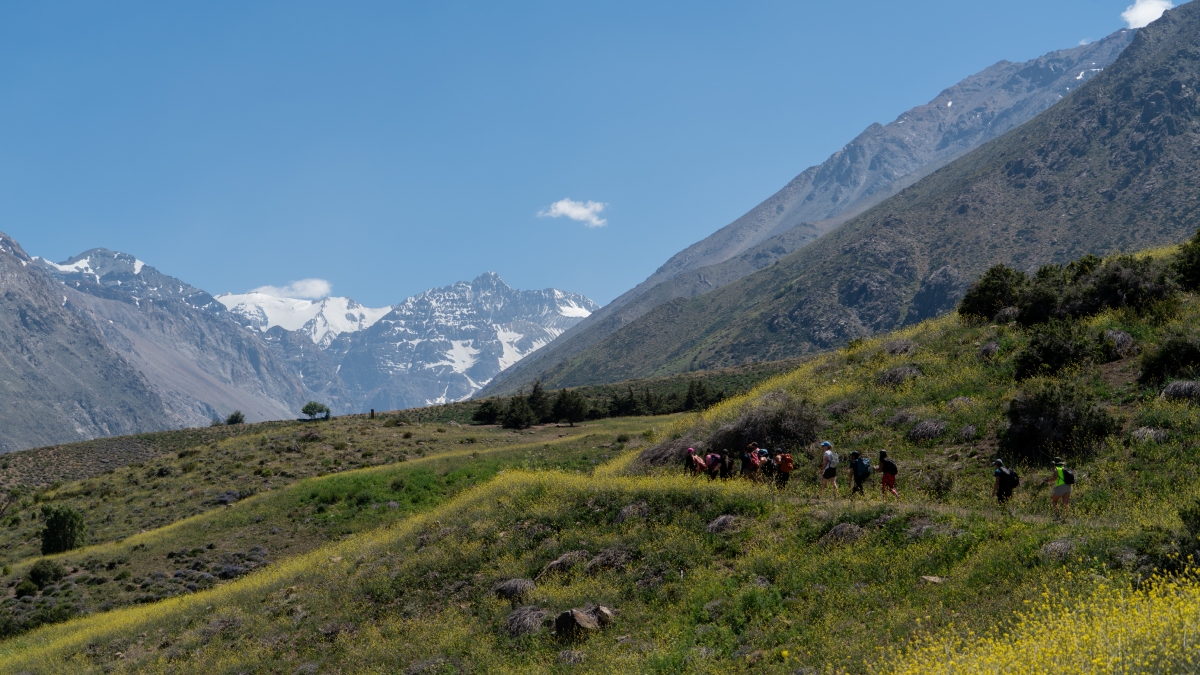

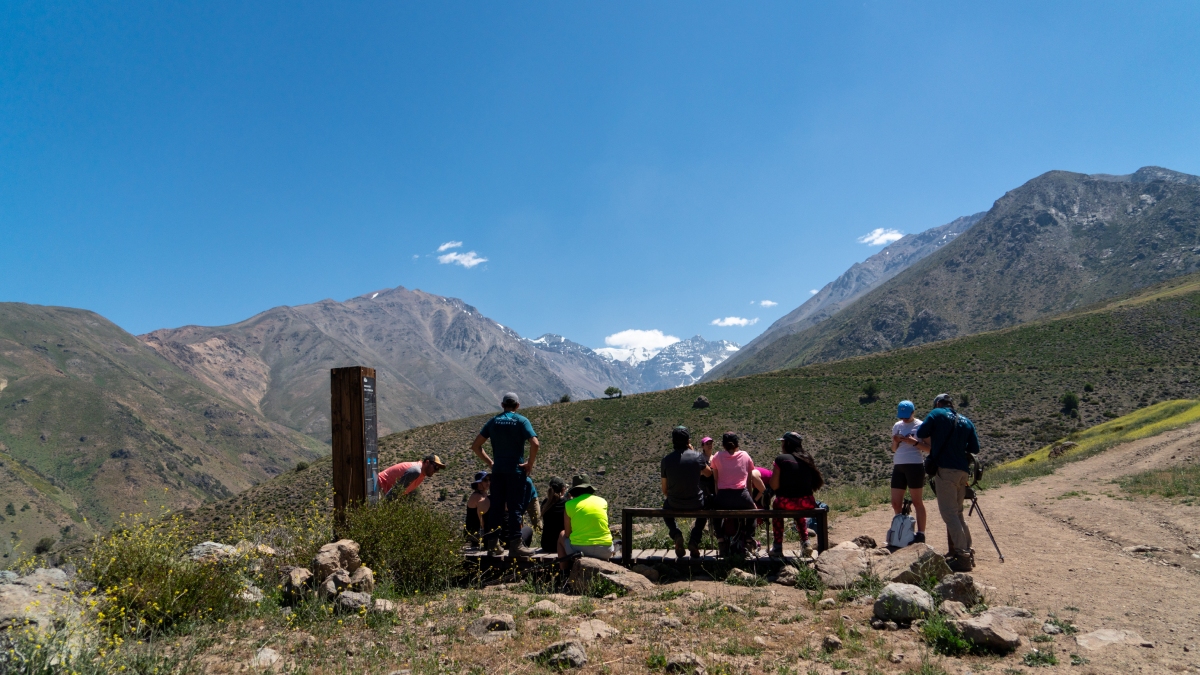
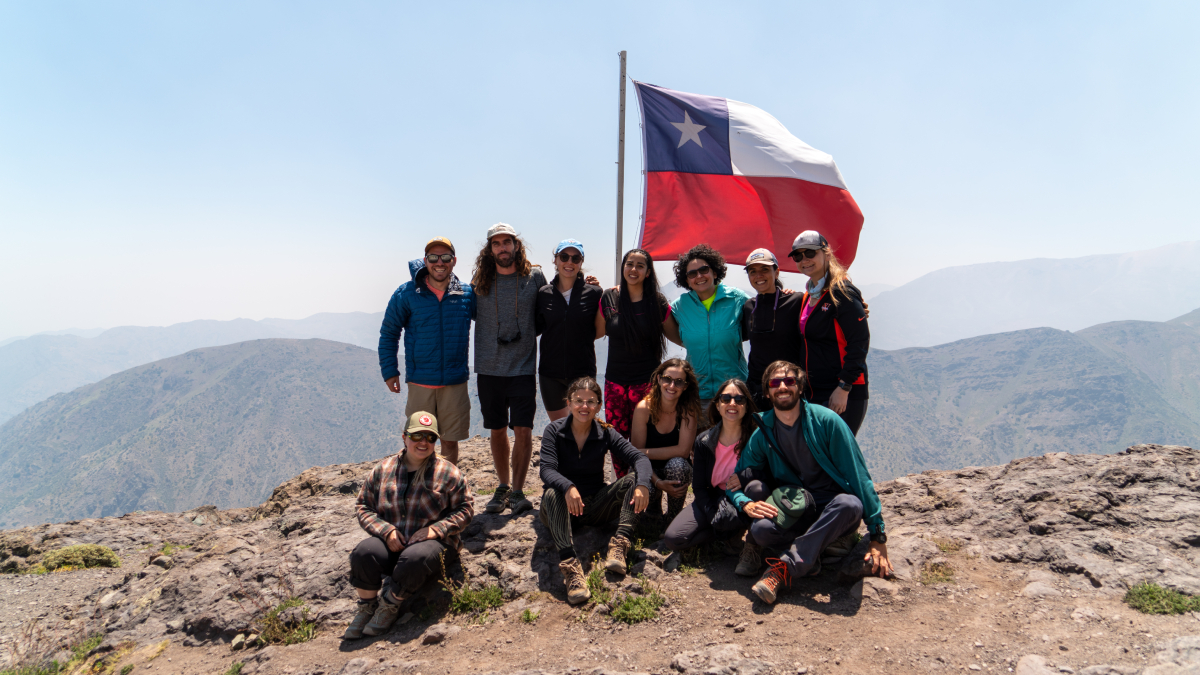
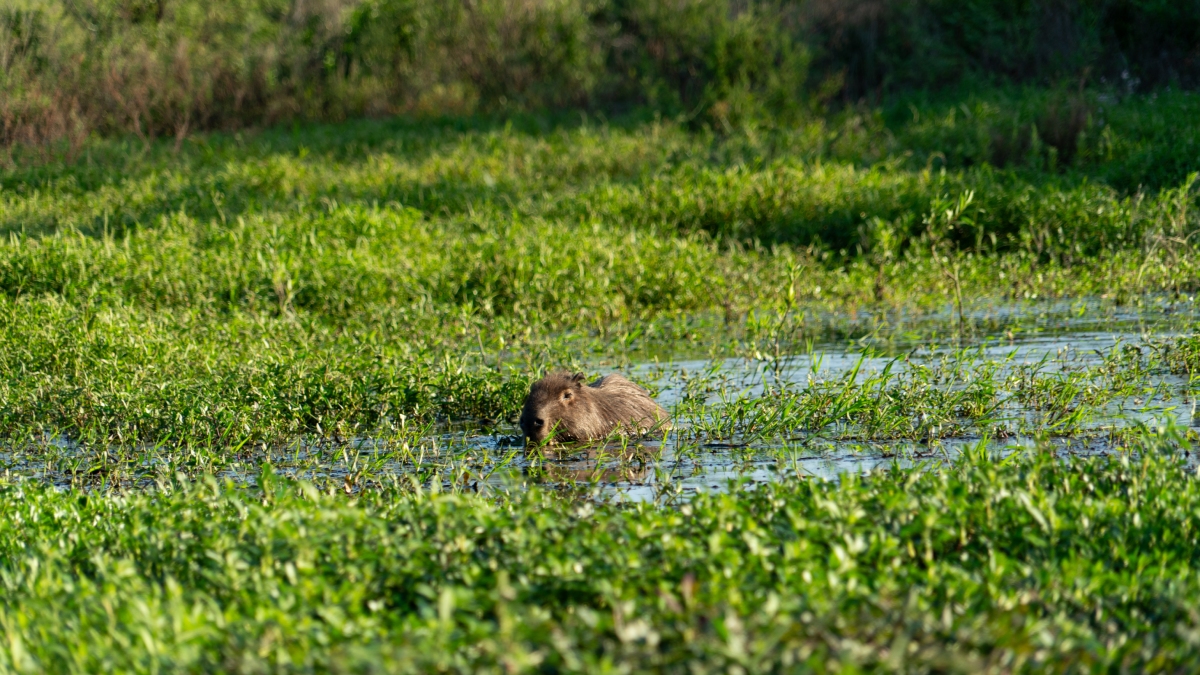
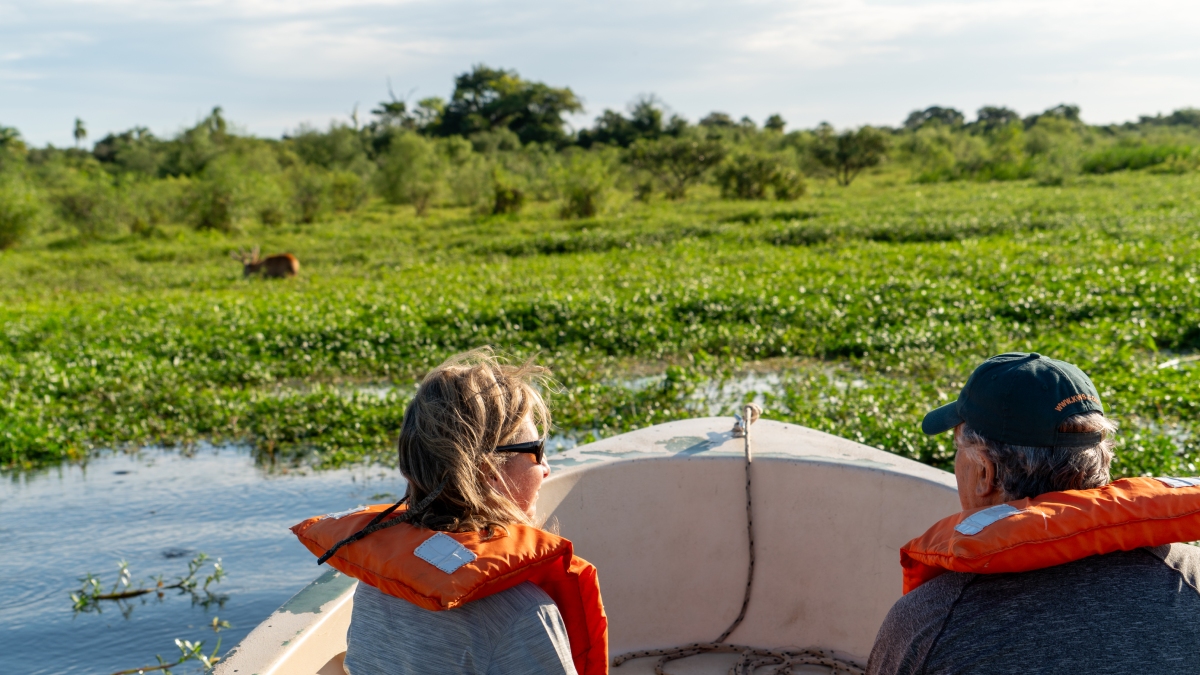
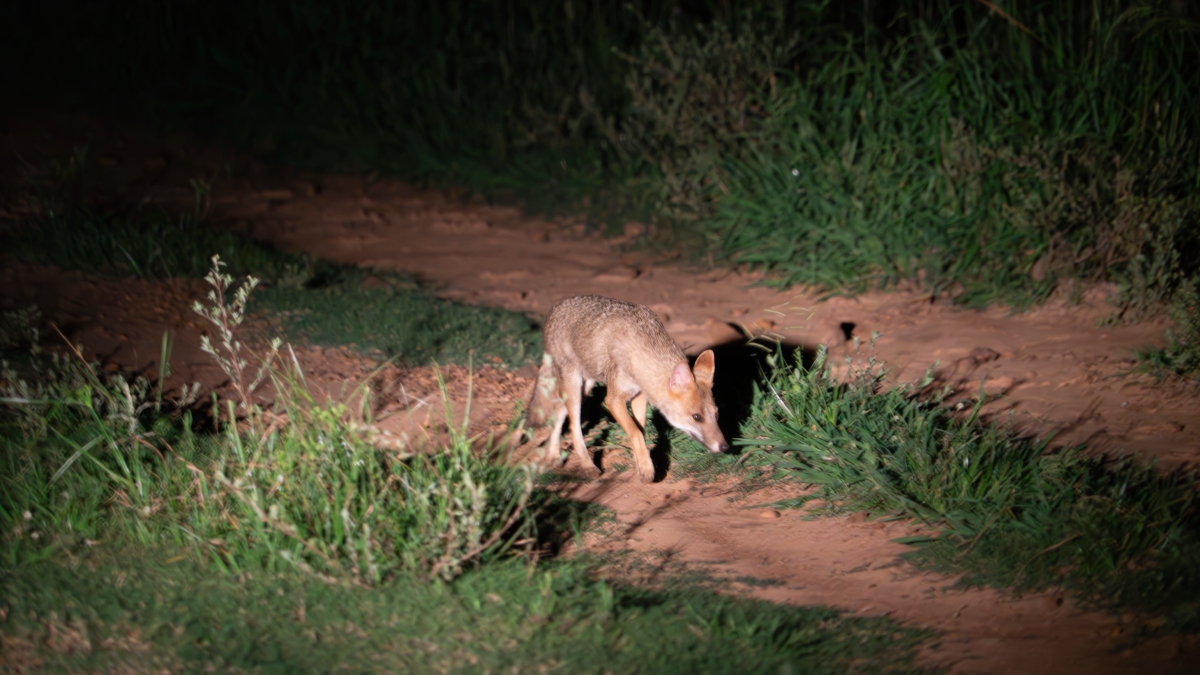 On the banks of Laguna Iberá, Casa de Esteros has an elegant rusticity with spectacular views from its many terraces. From here, the nighttime safari will show you the secrets of nocturnal life: boars, foxes, vizcachas, and nocturnal birds all come out to play, carefully (and respectfully) located and spotted by the expert guide.
On the banks of Laguna Iberá, Casa de Esteros has an elegant rusticity with spectacular views from its many terraces. From here, the nighttime safari will show you the secrets of nocturnal life: boars, foxes, vizcachas, and nocturnal birds all come out to play, carefully (and respectfully) located and spotted by the expert guide. 







